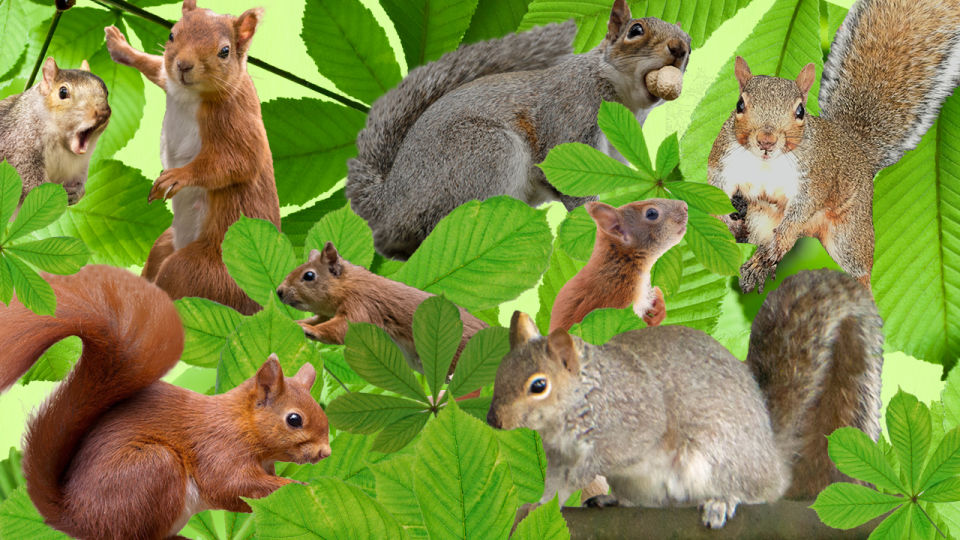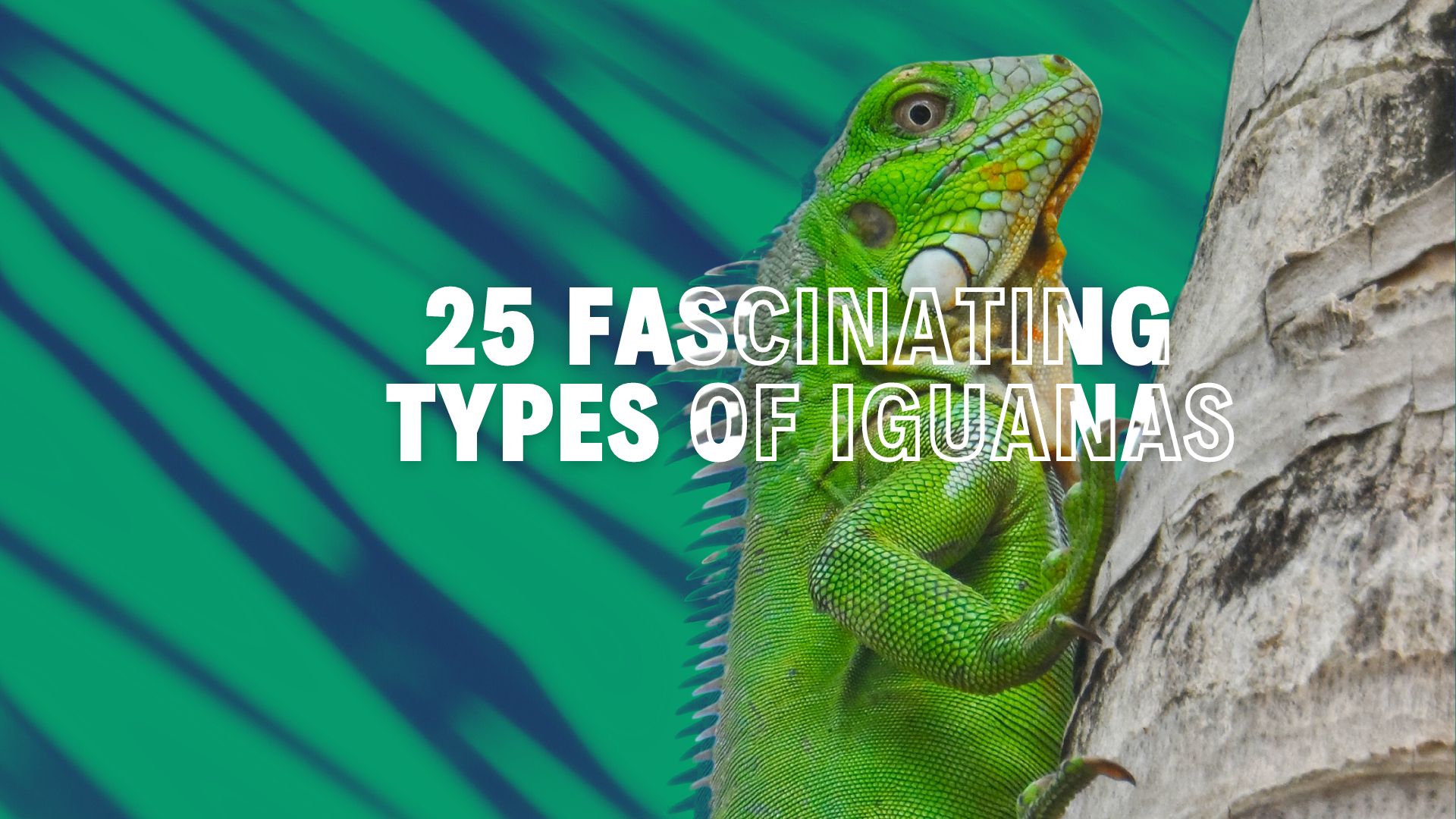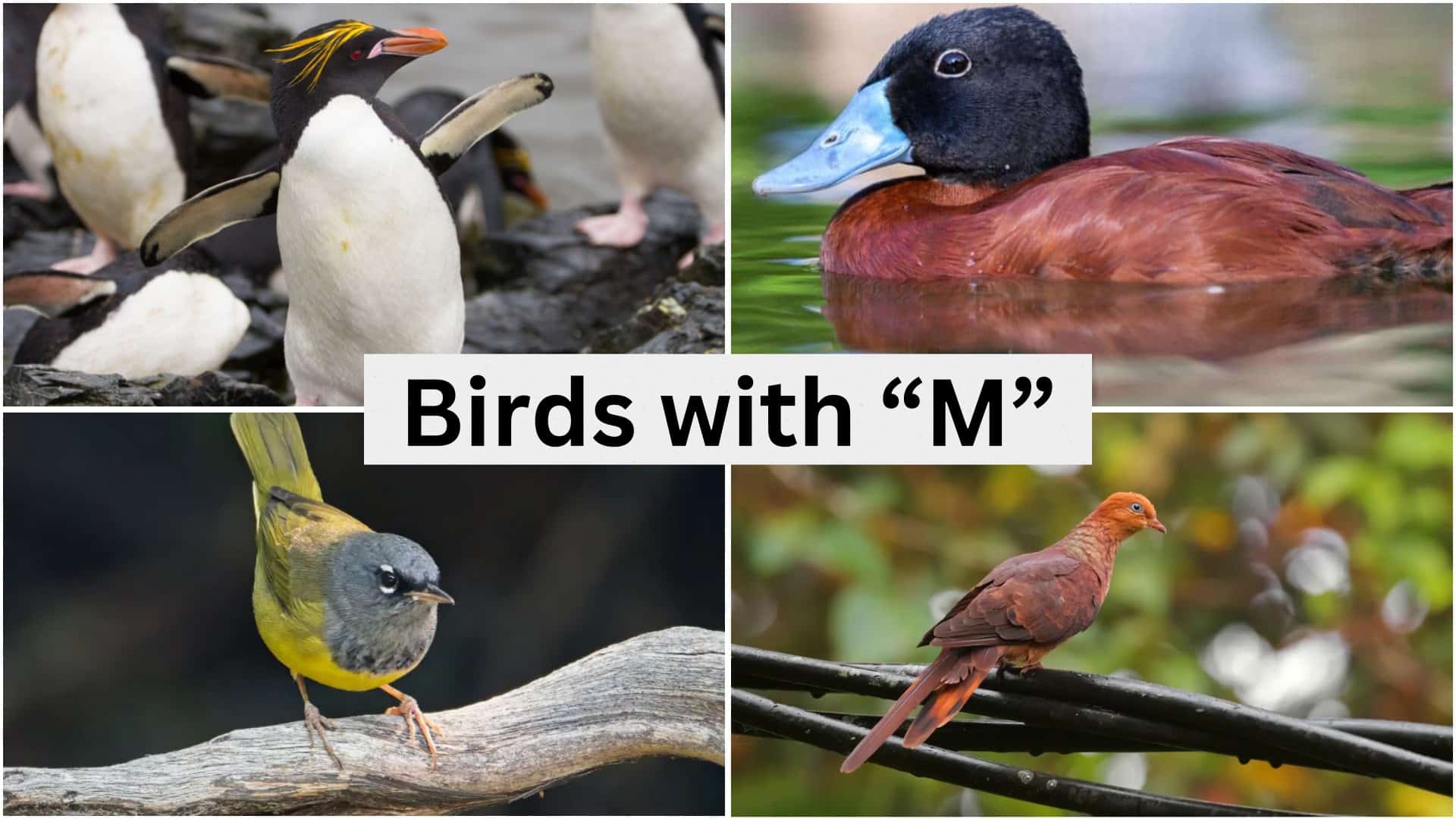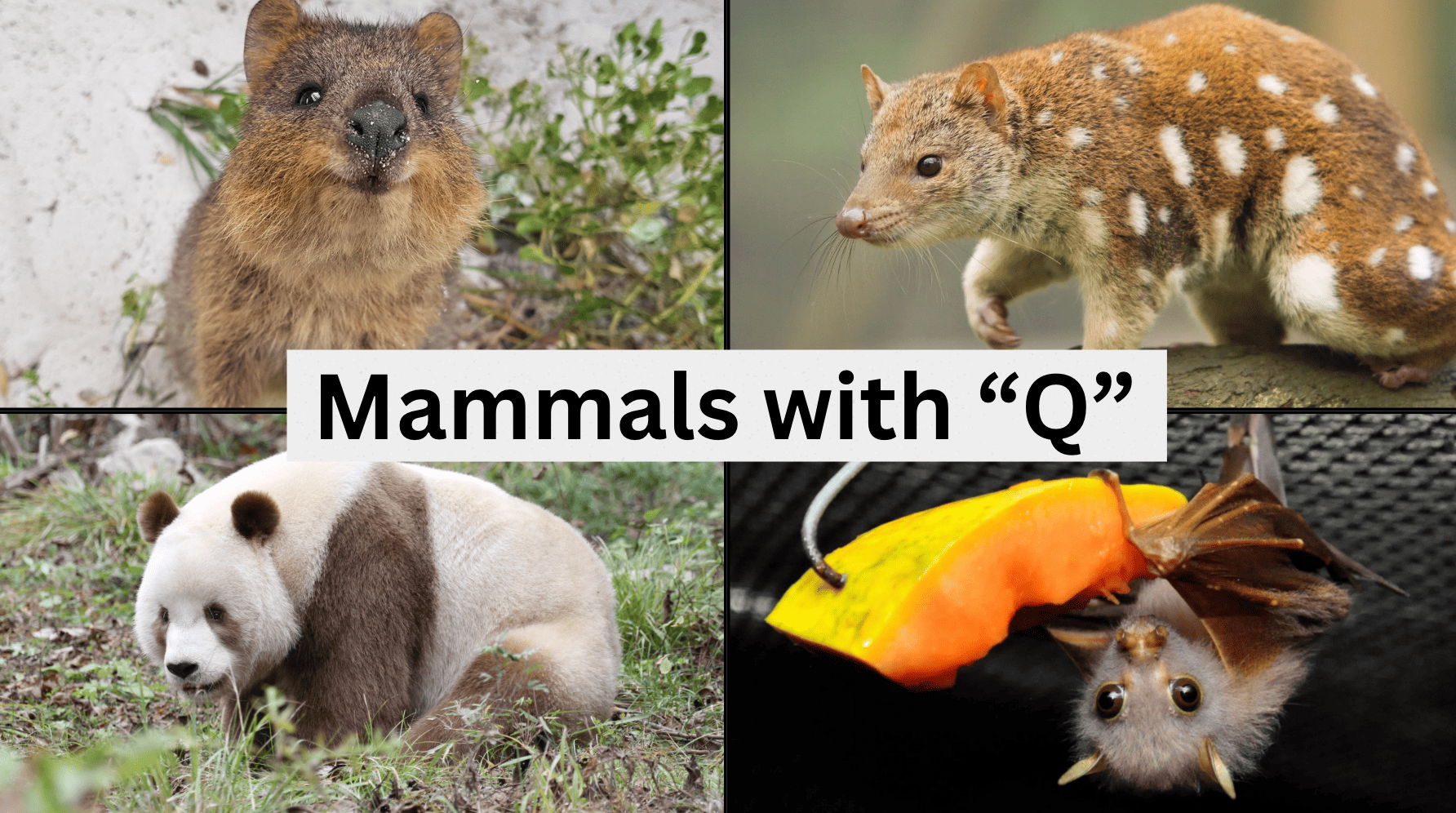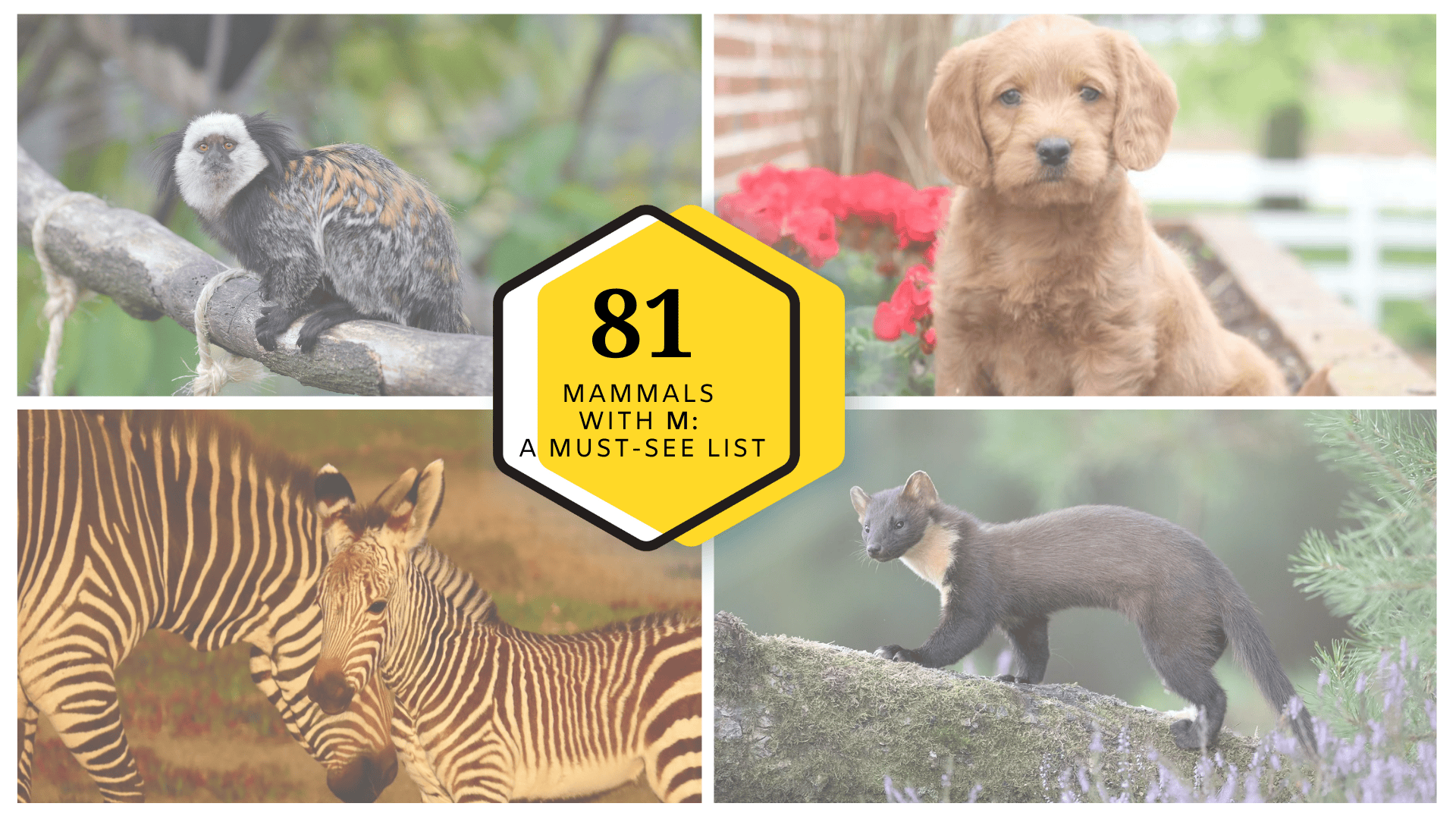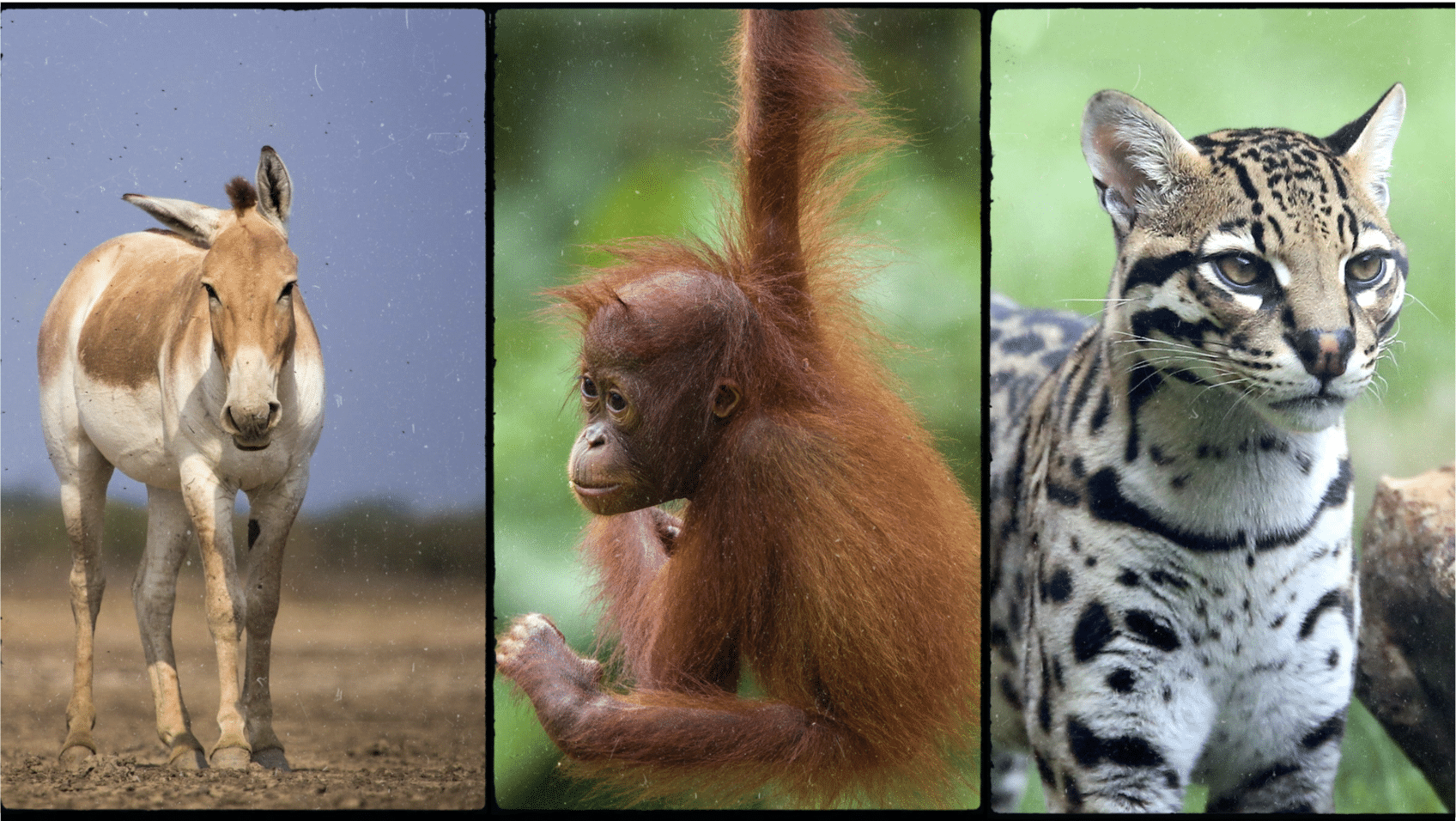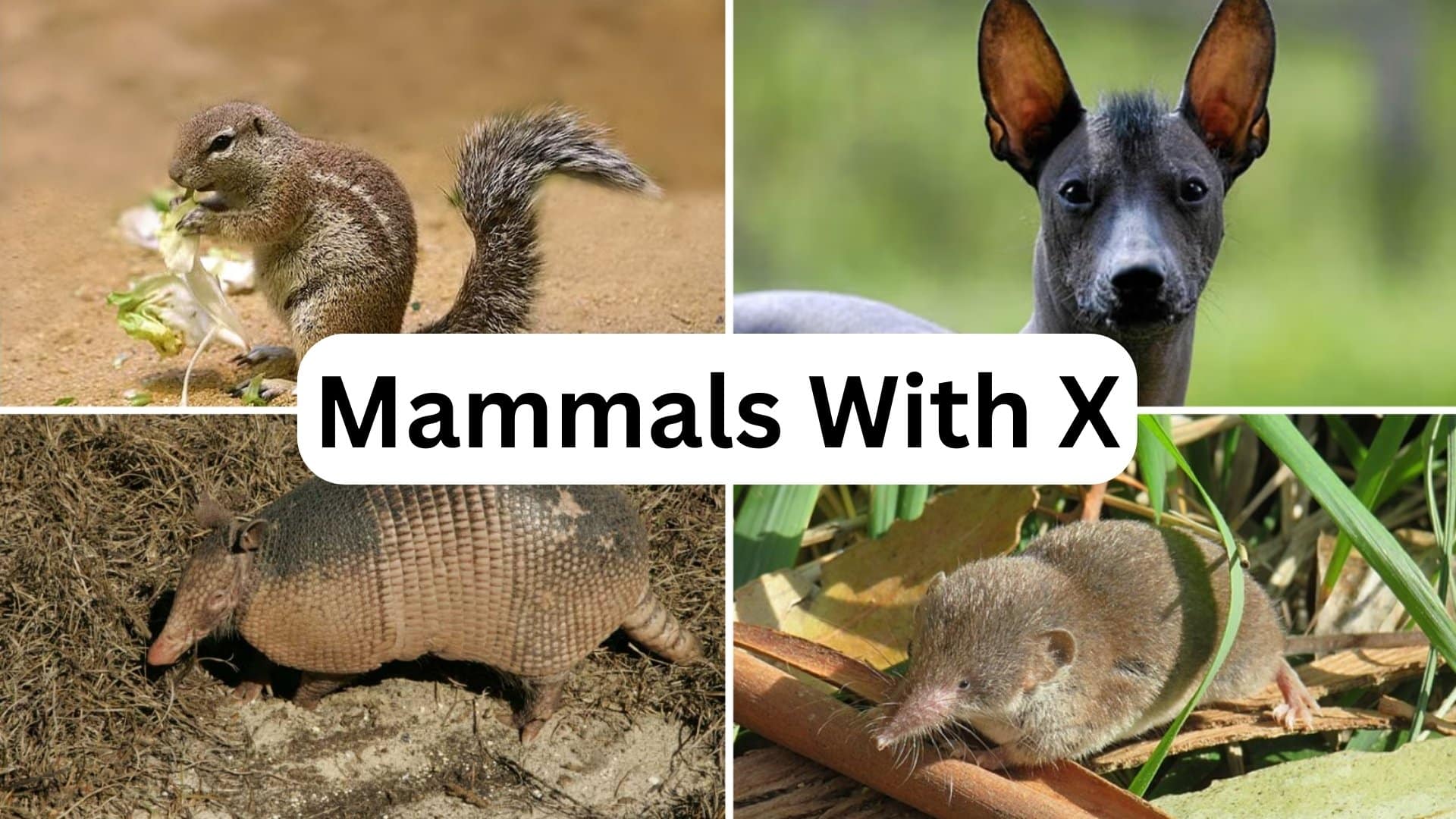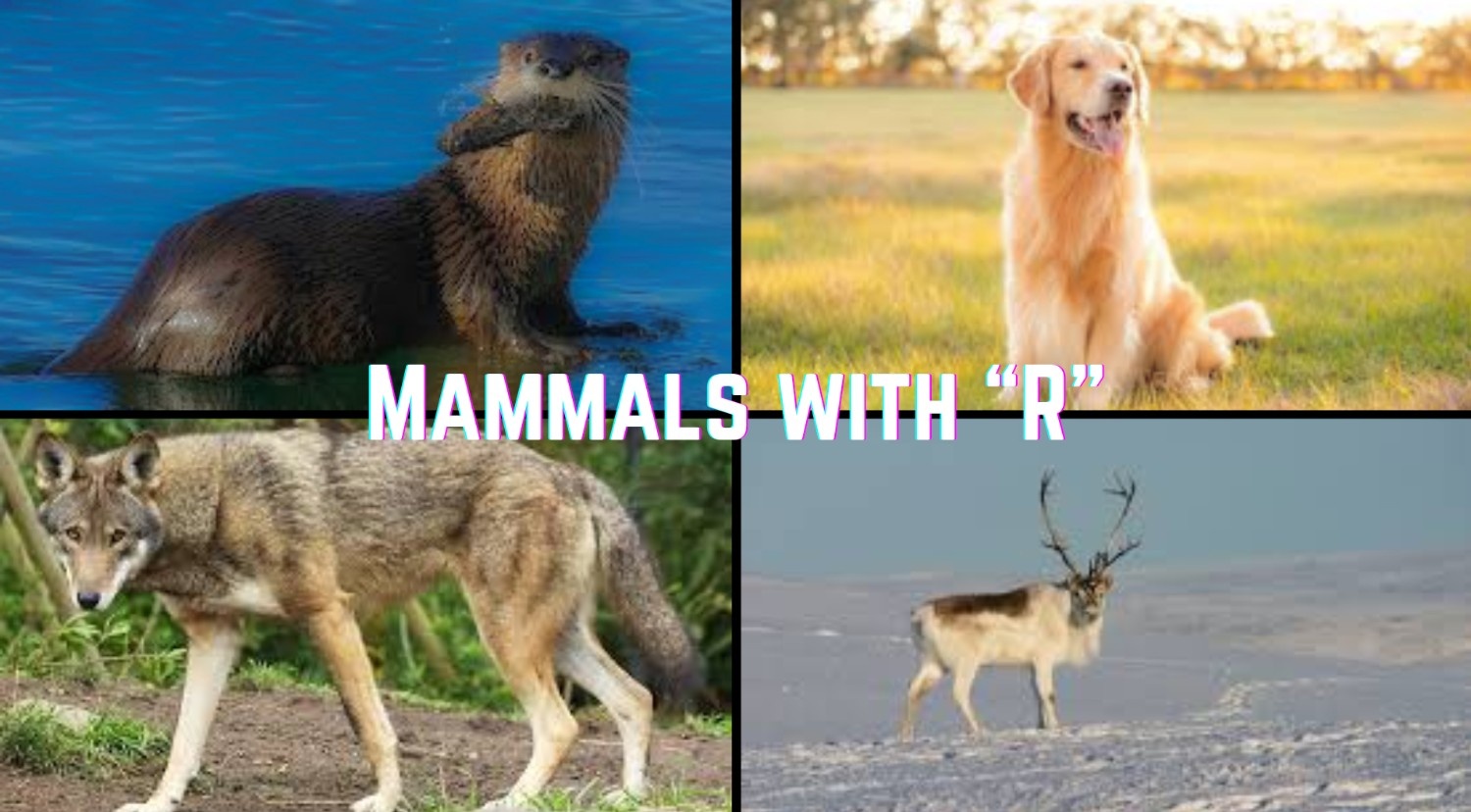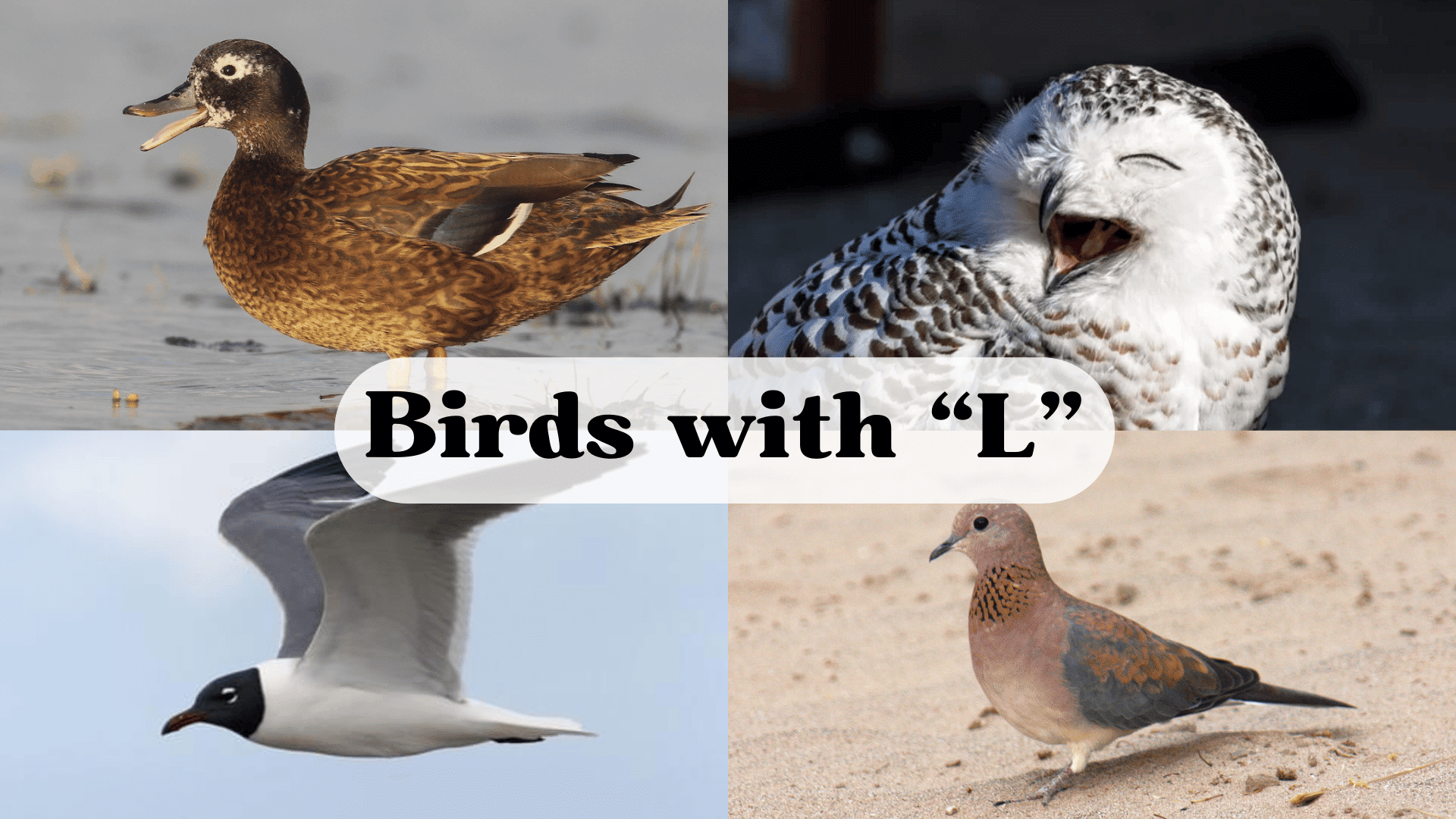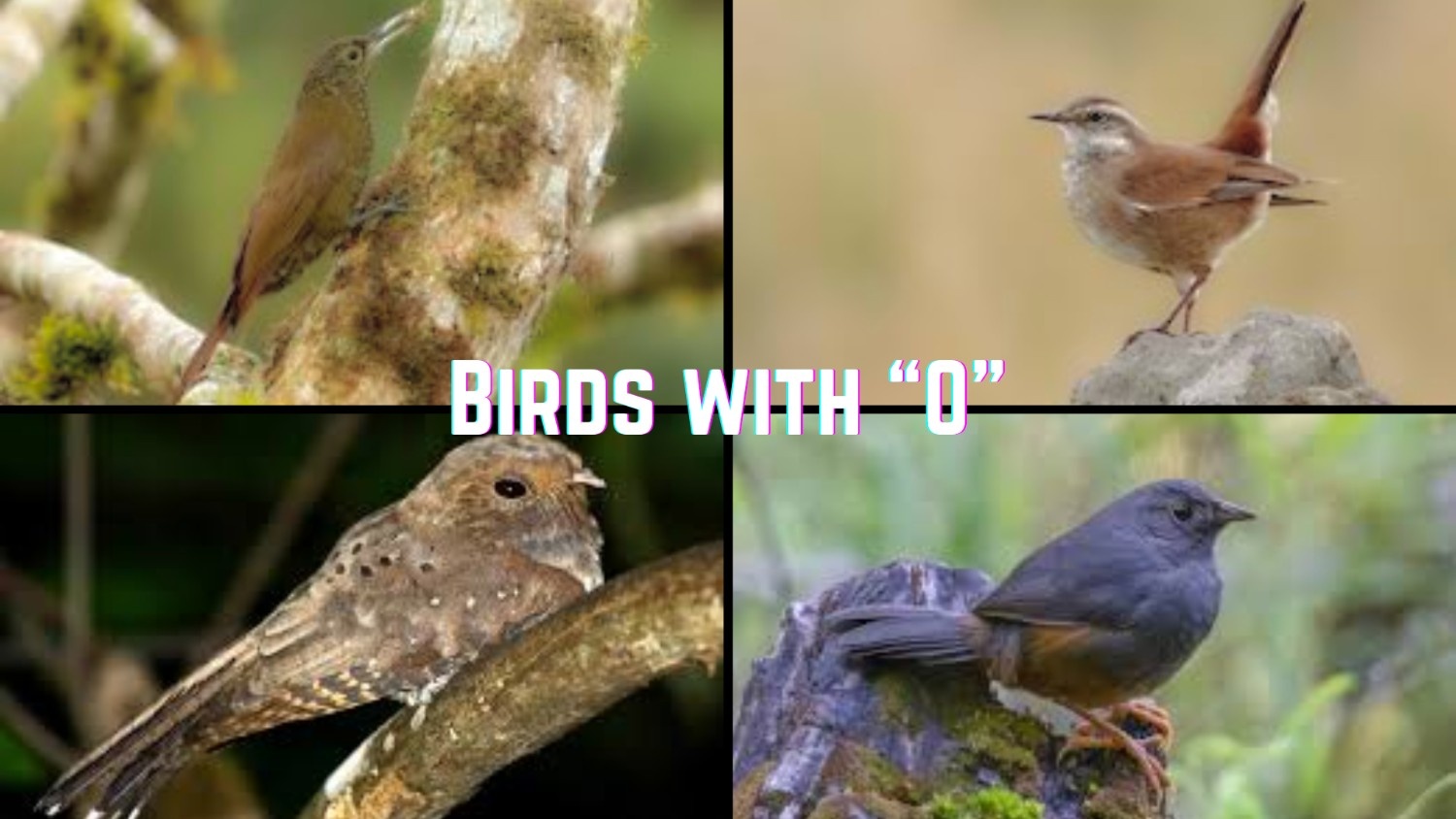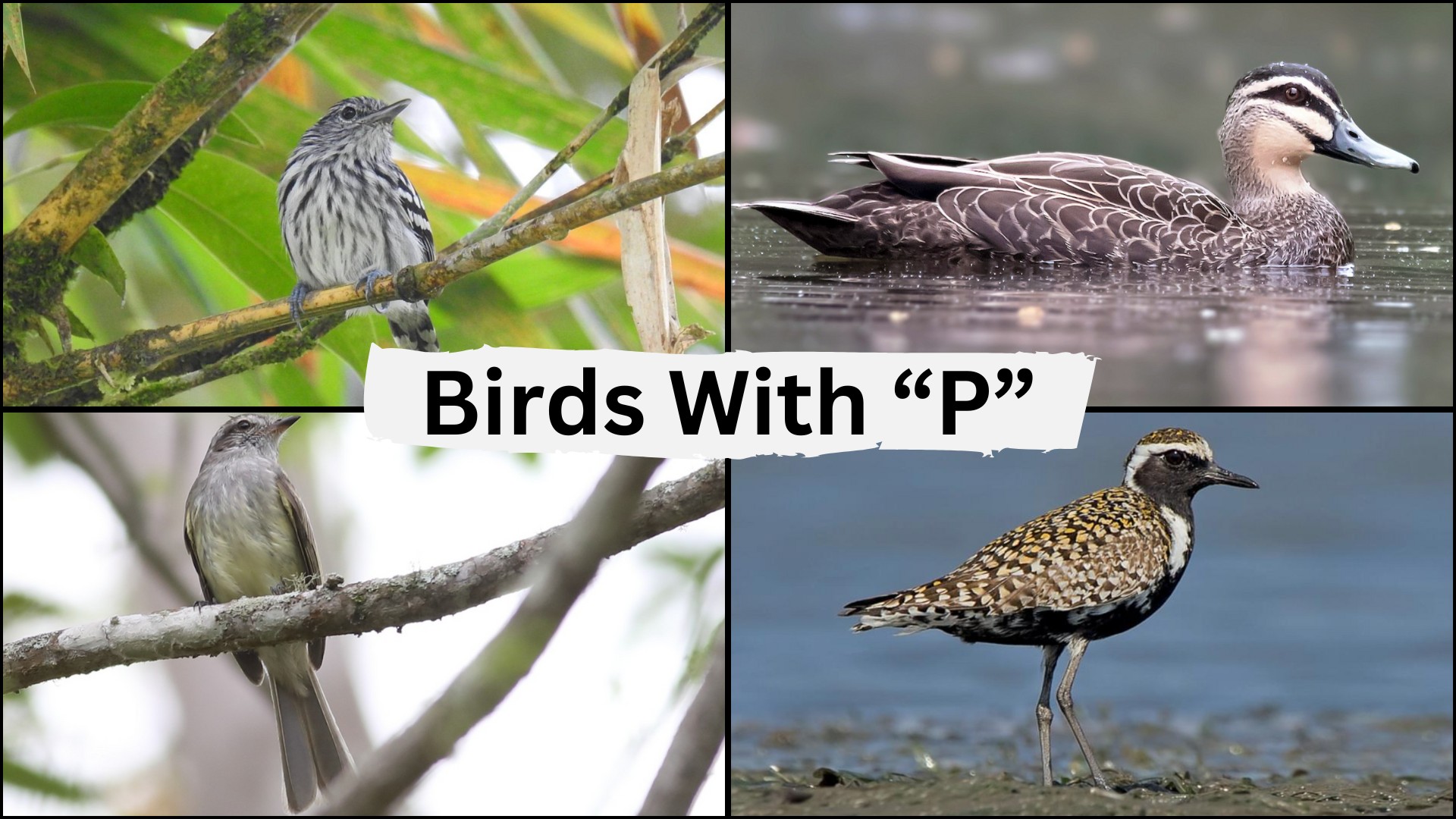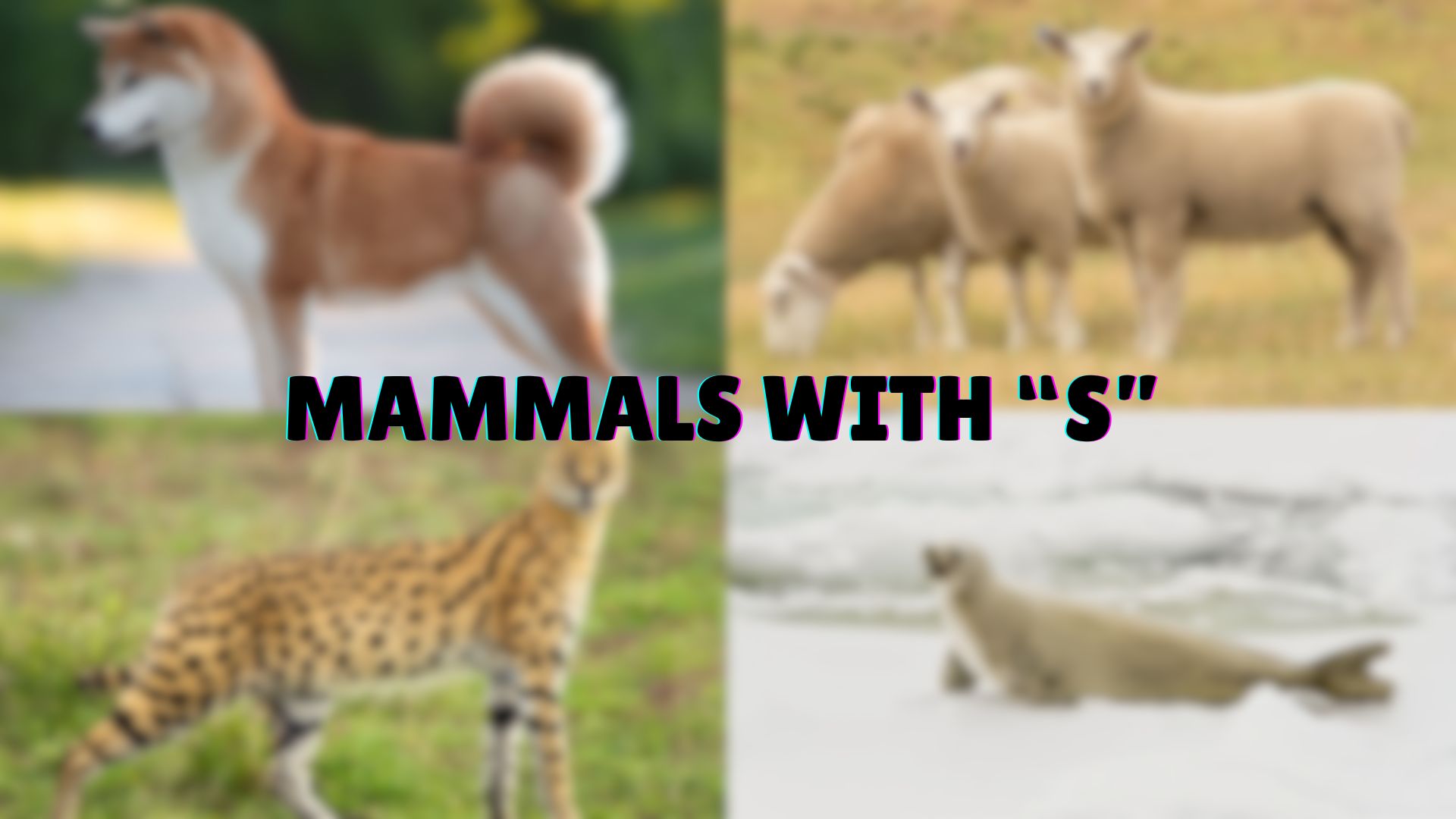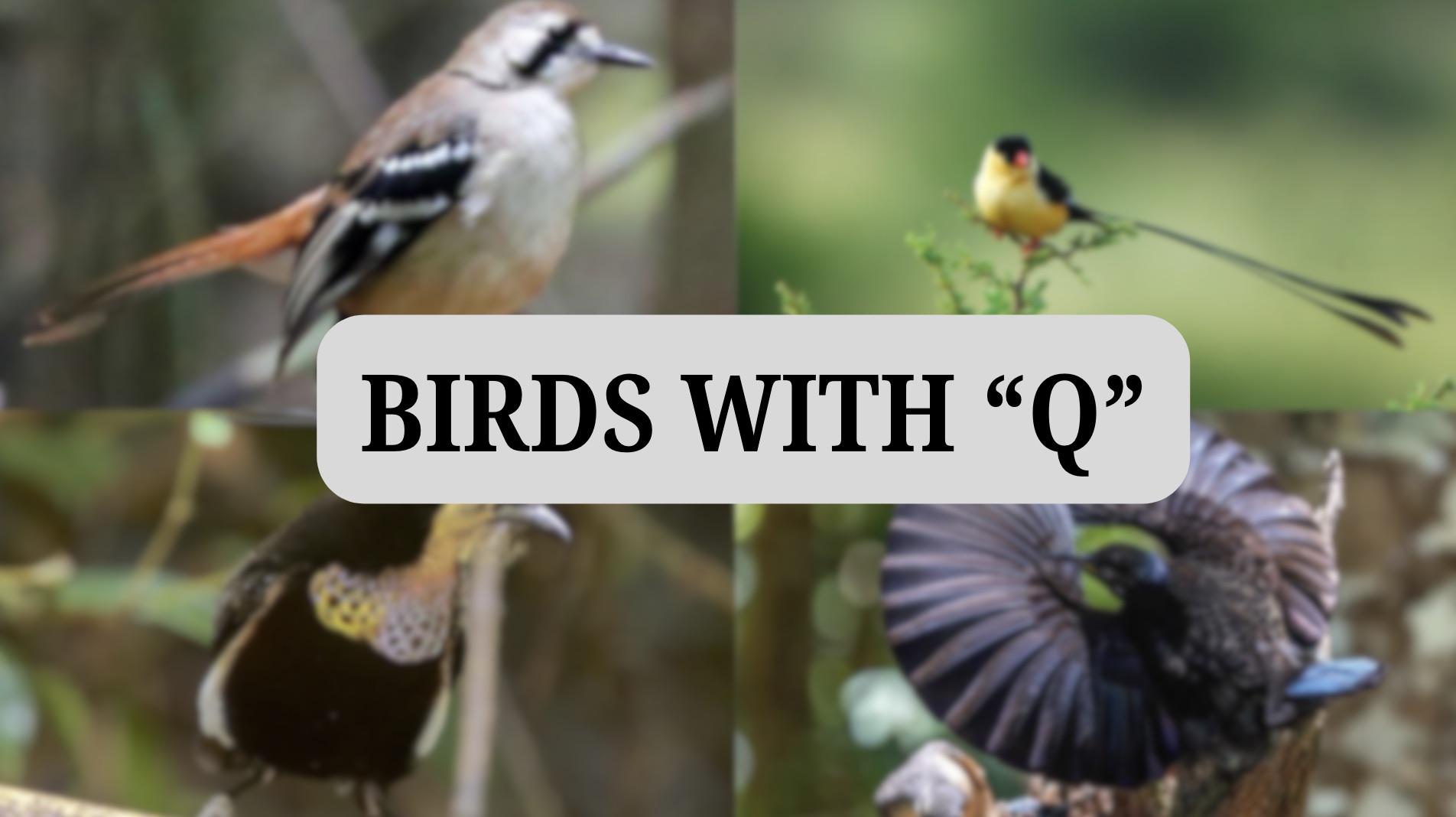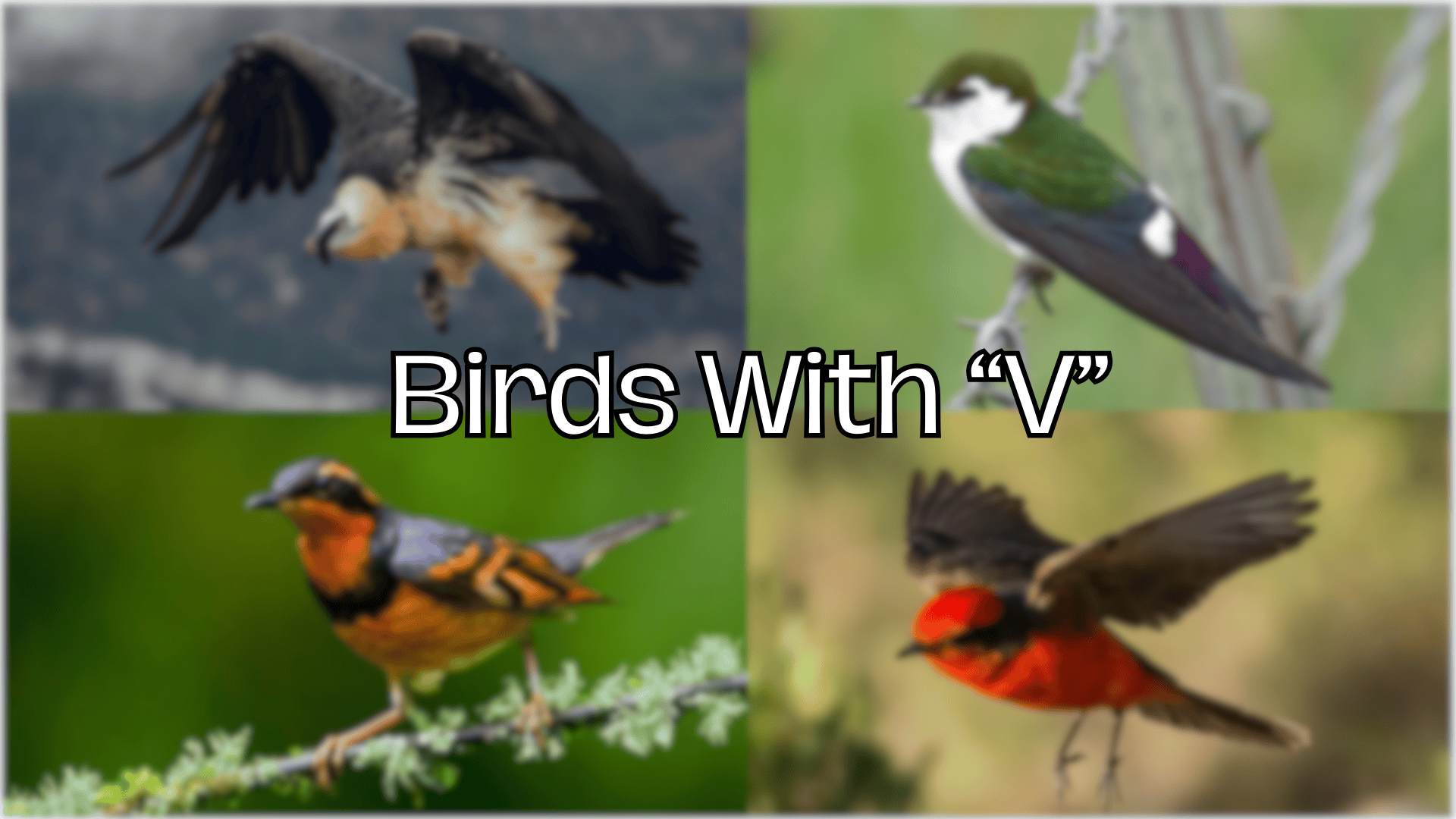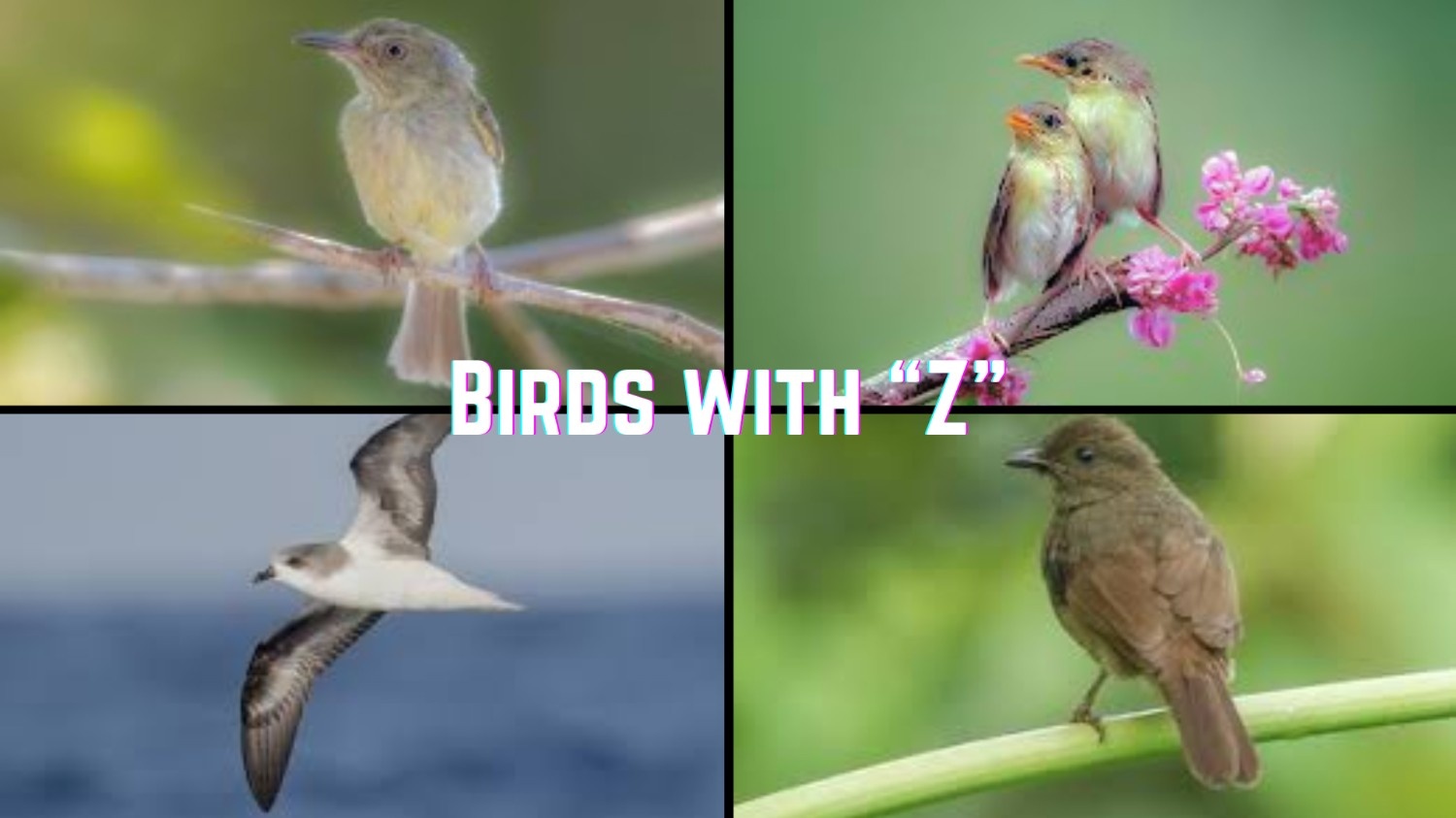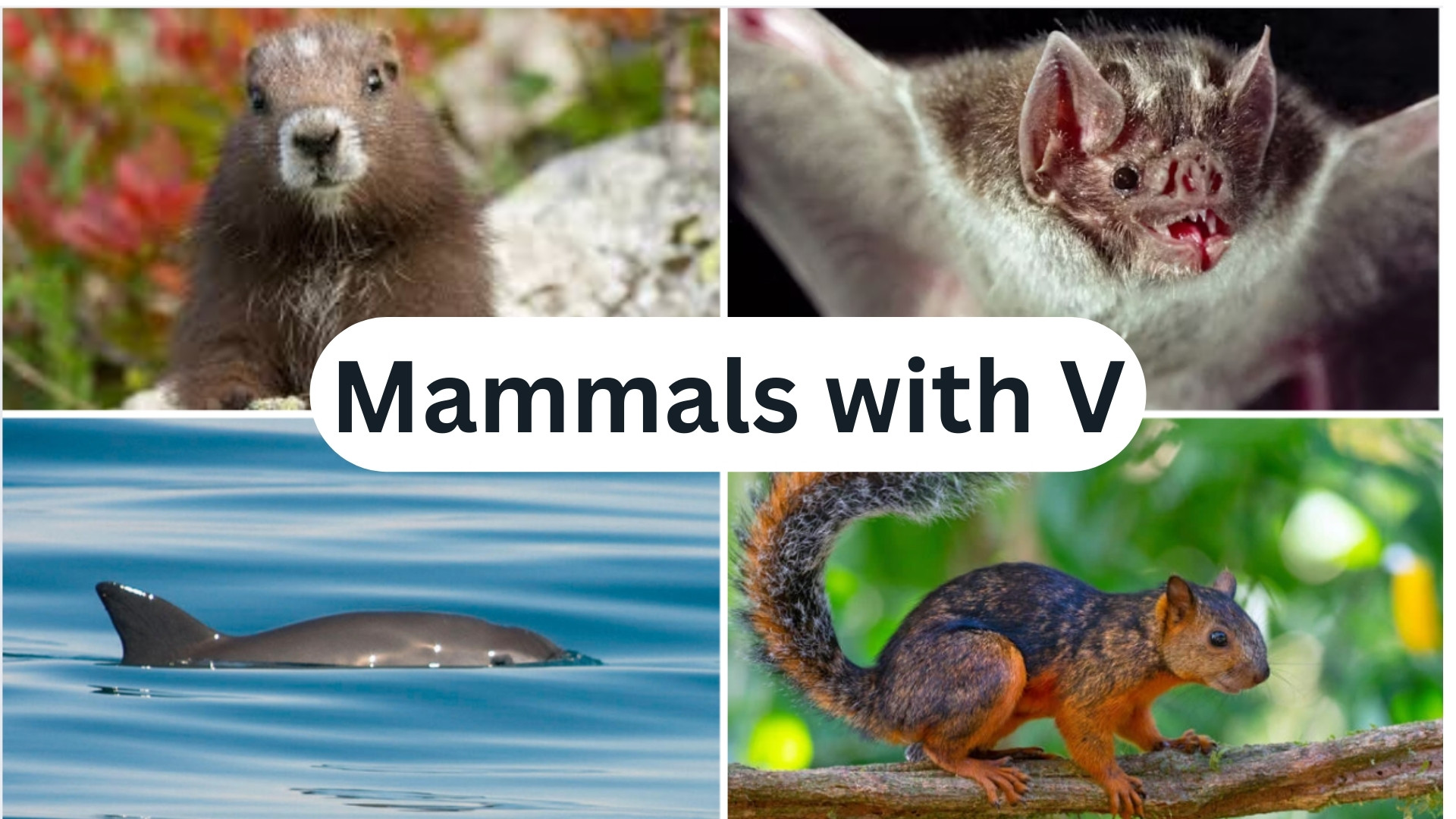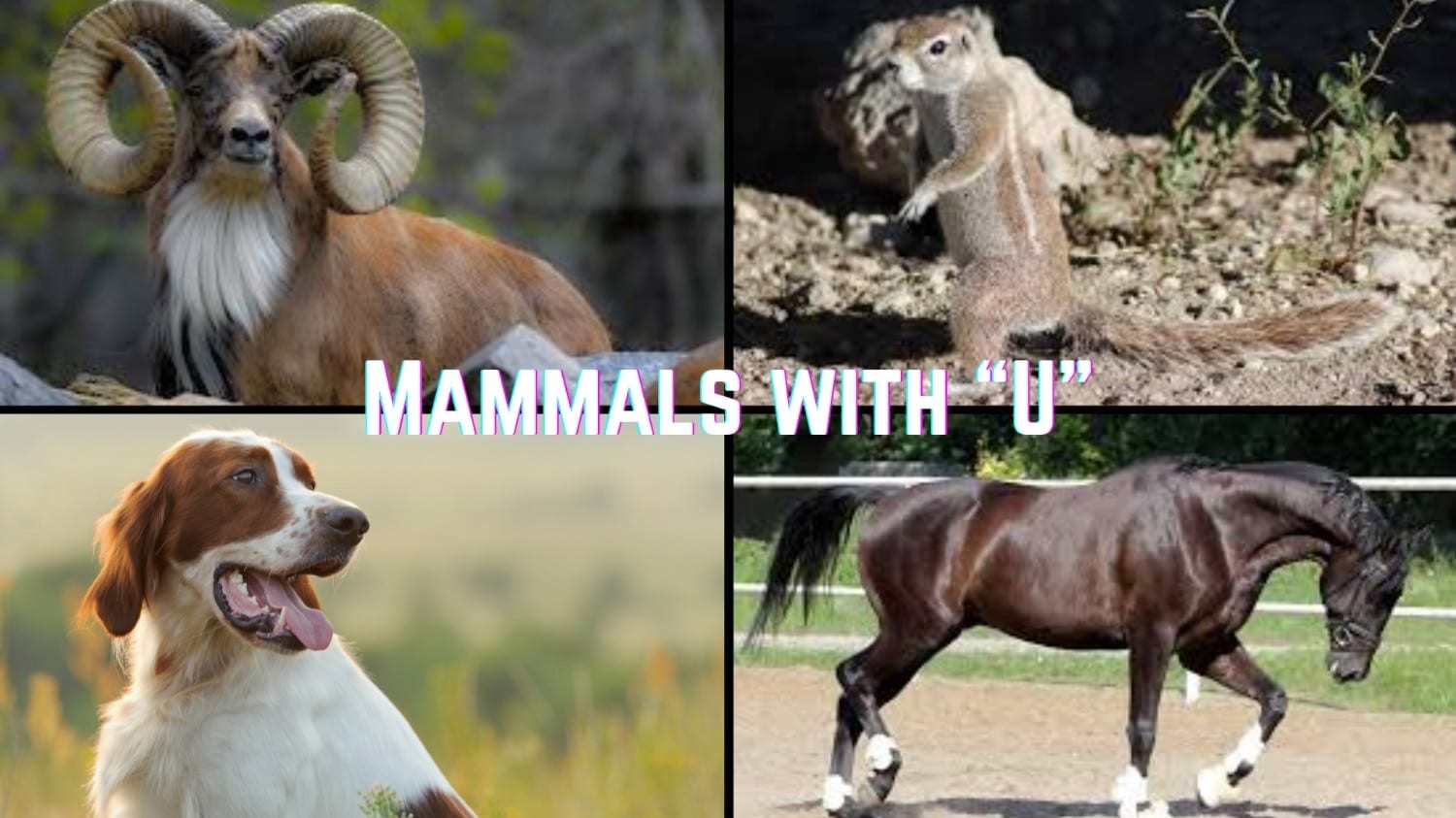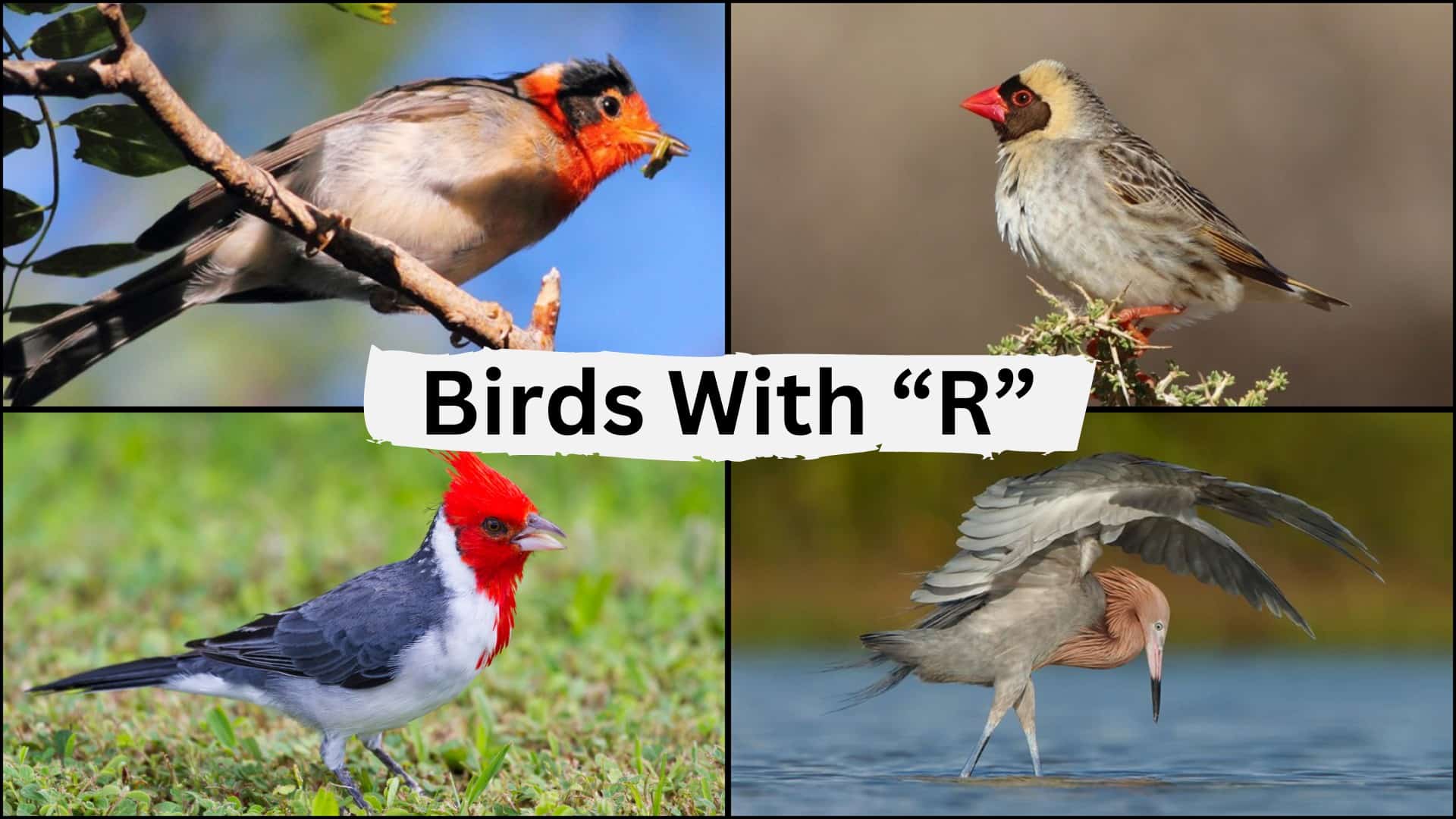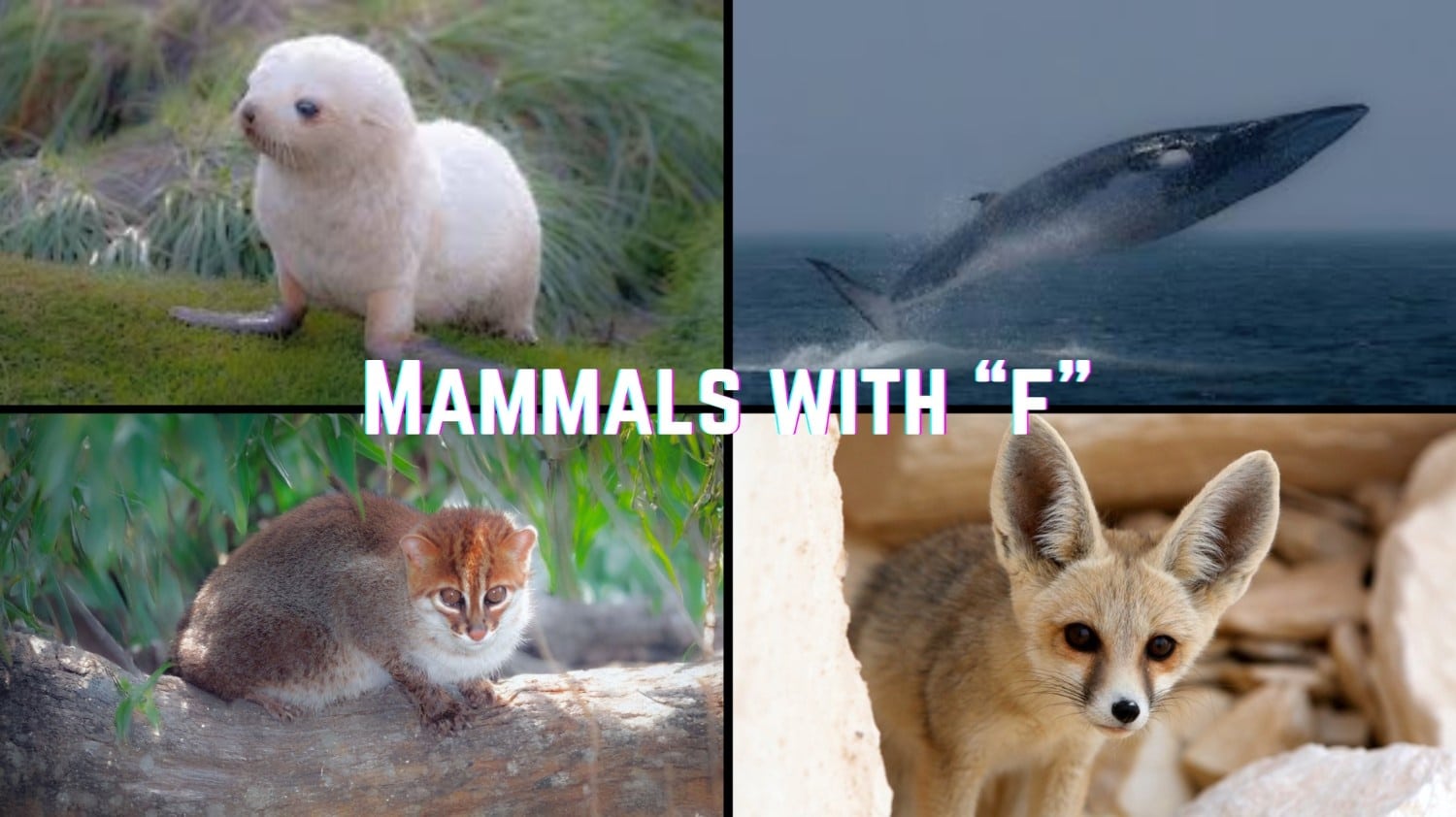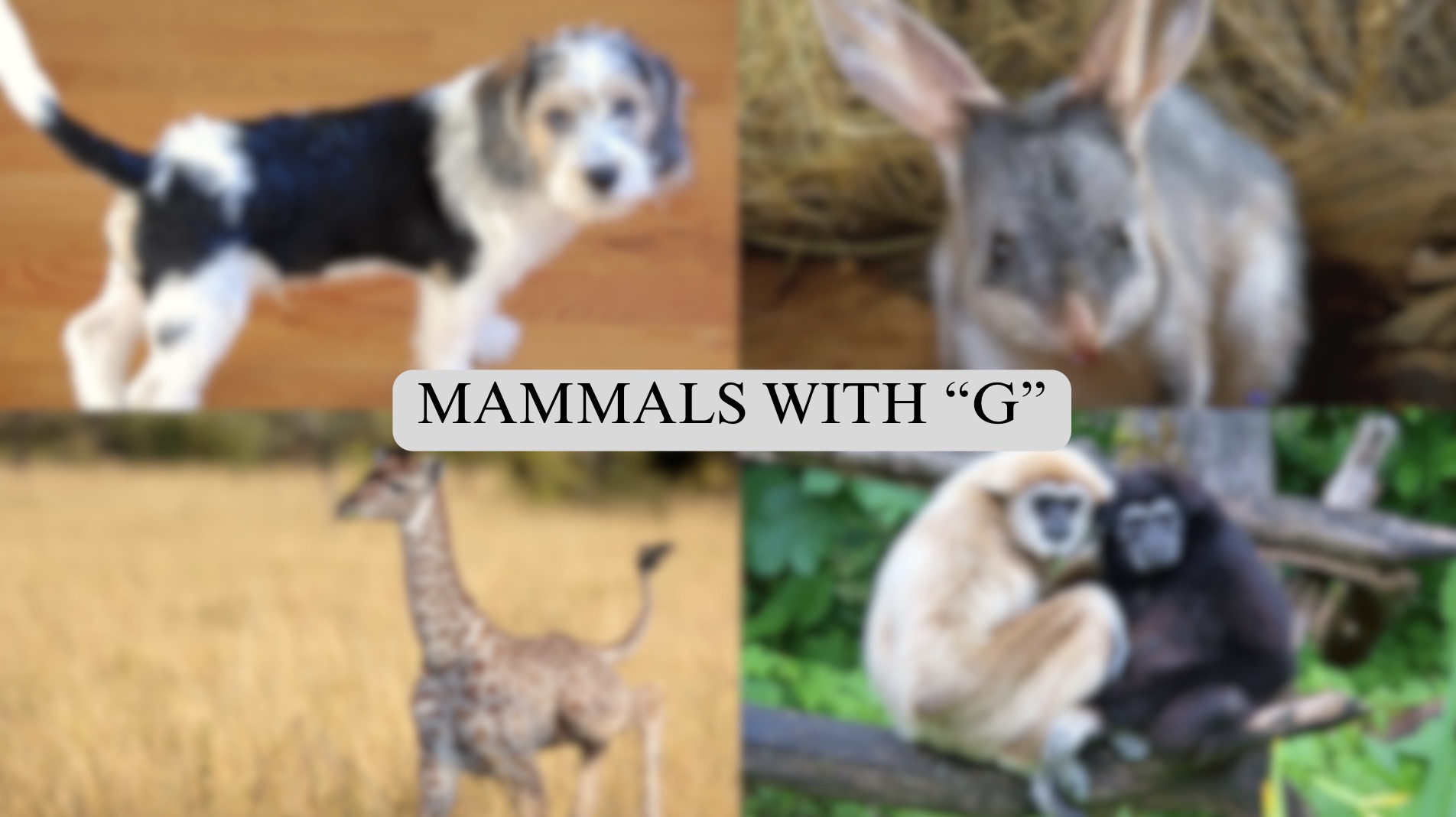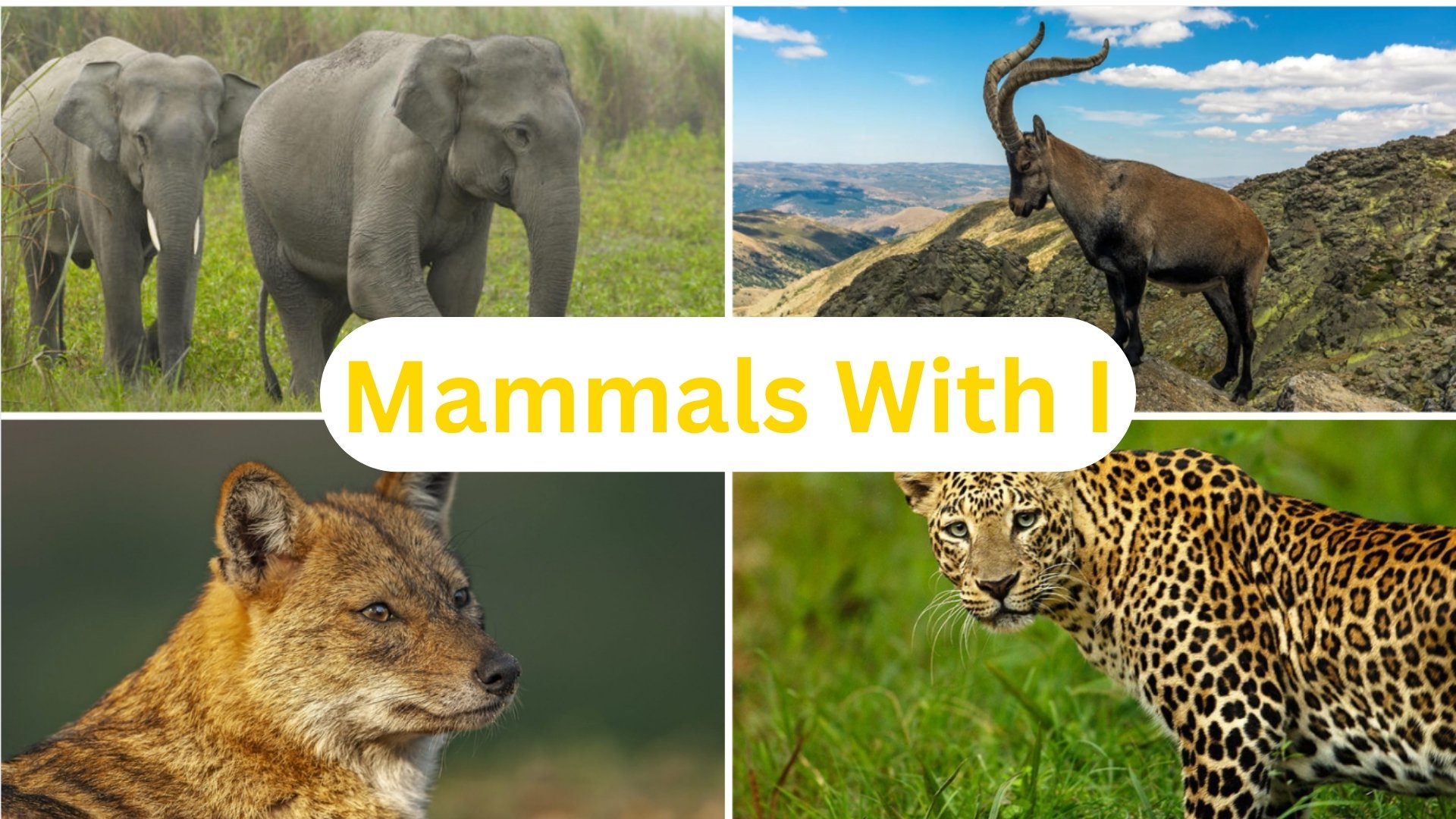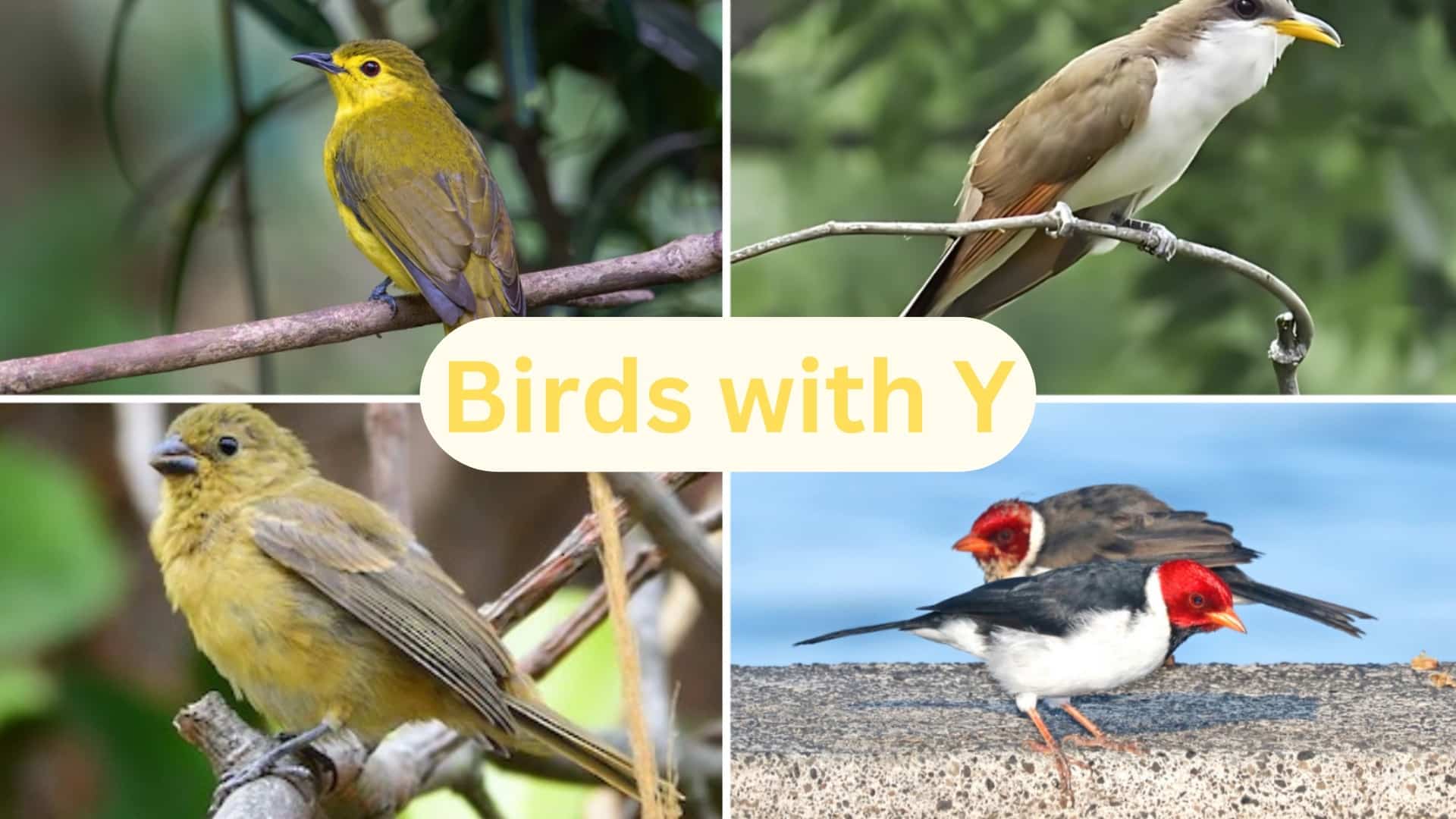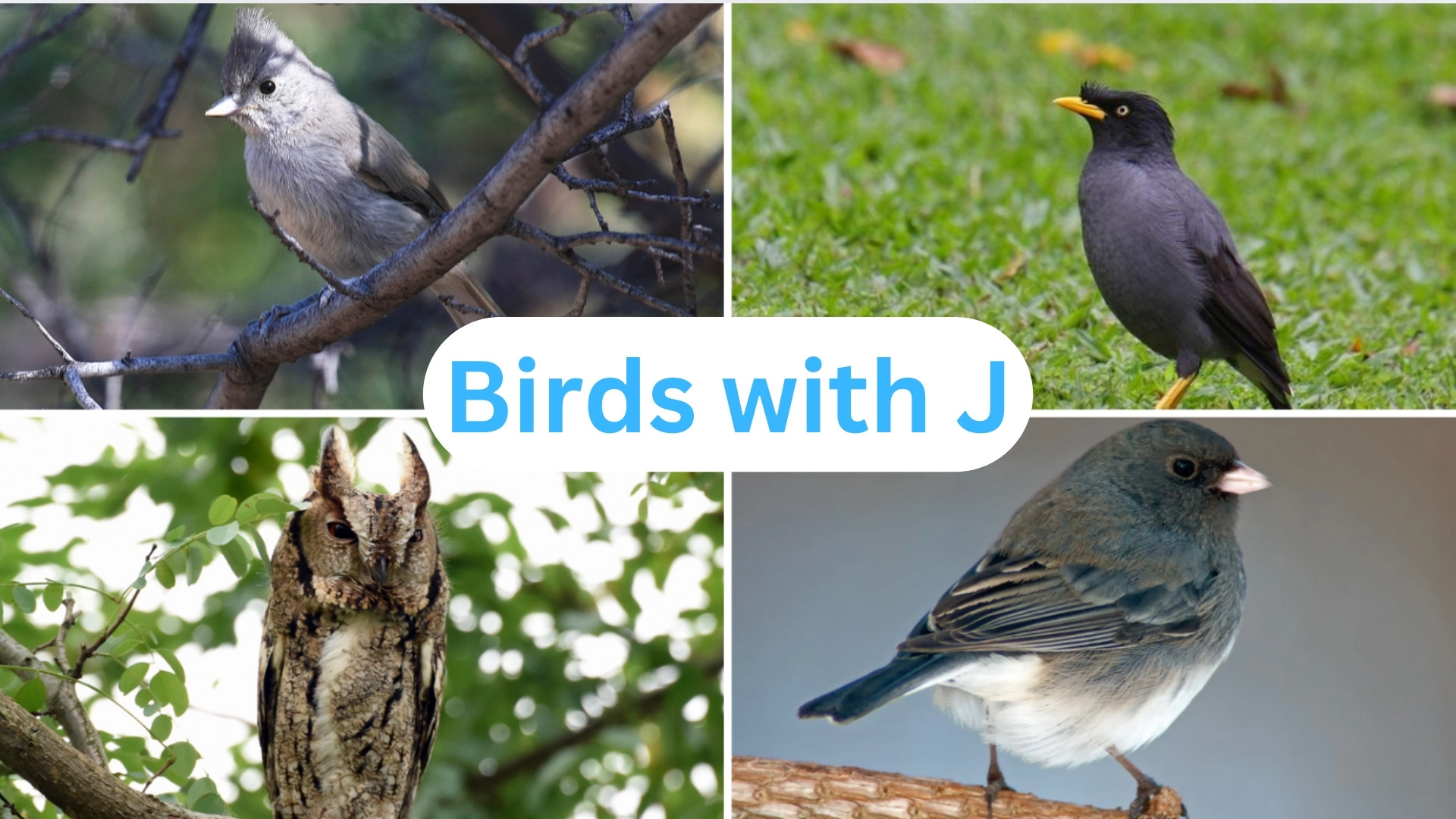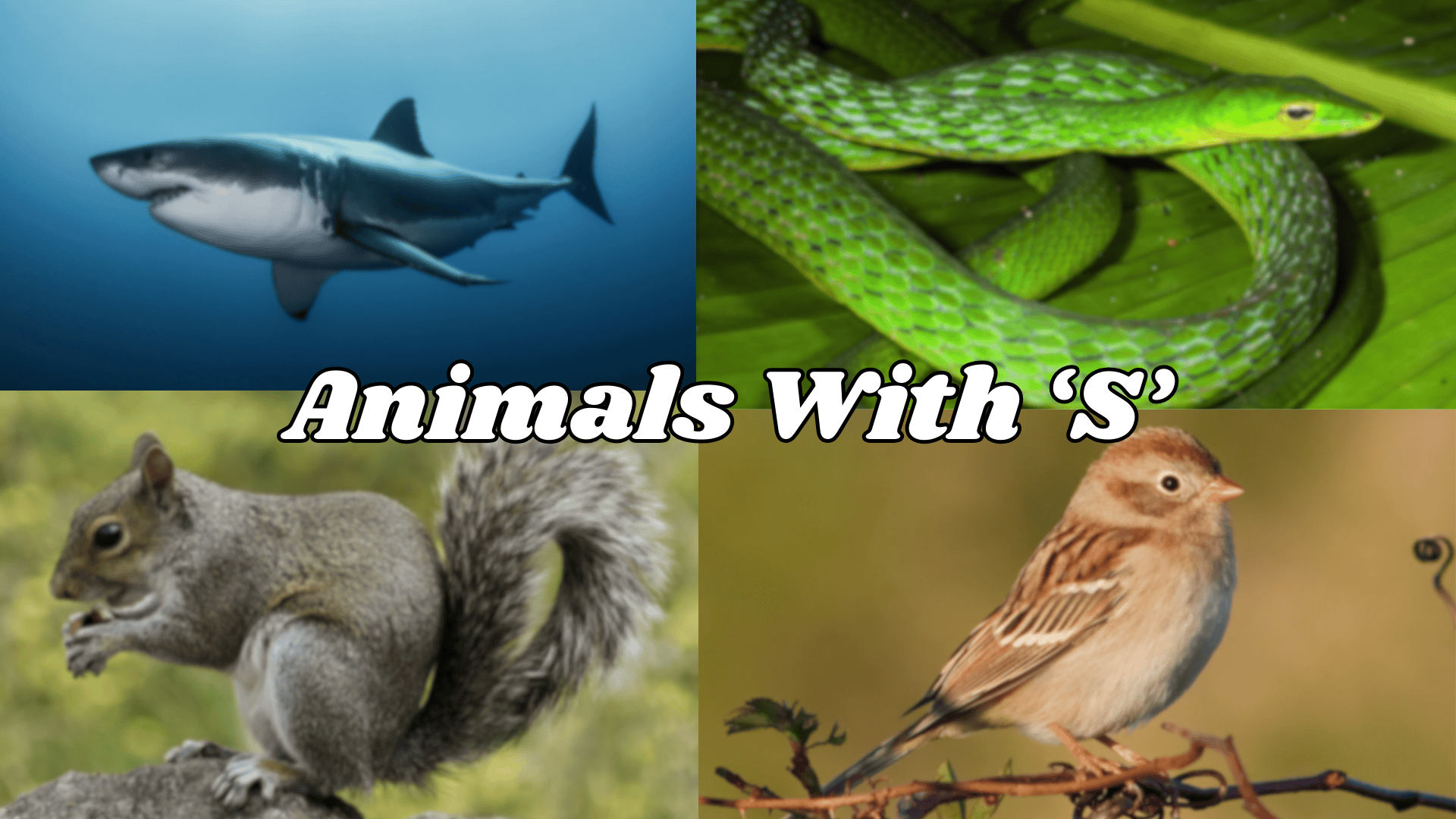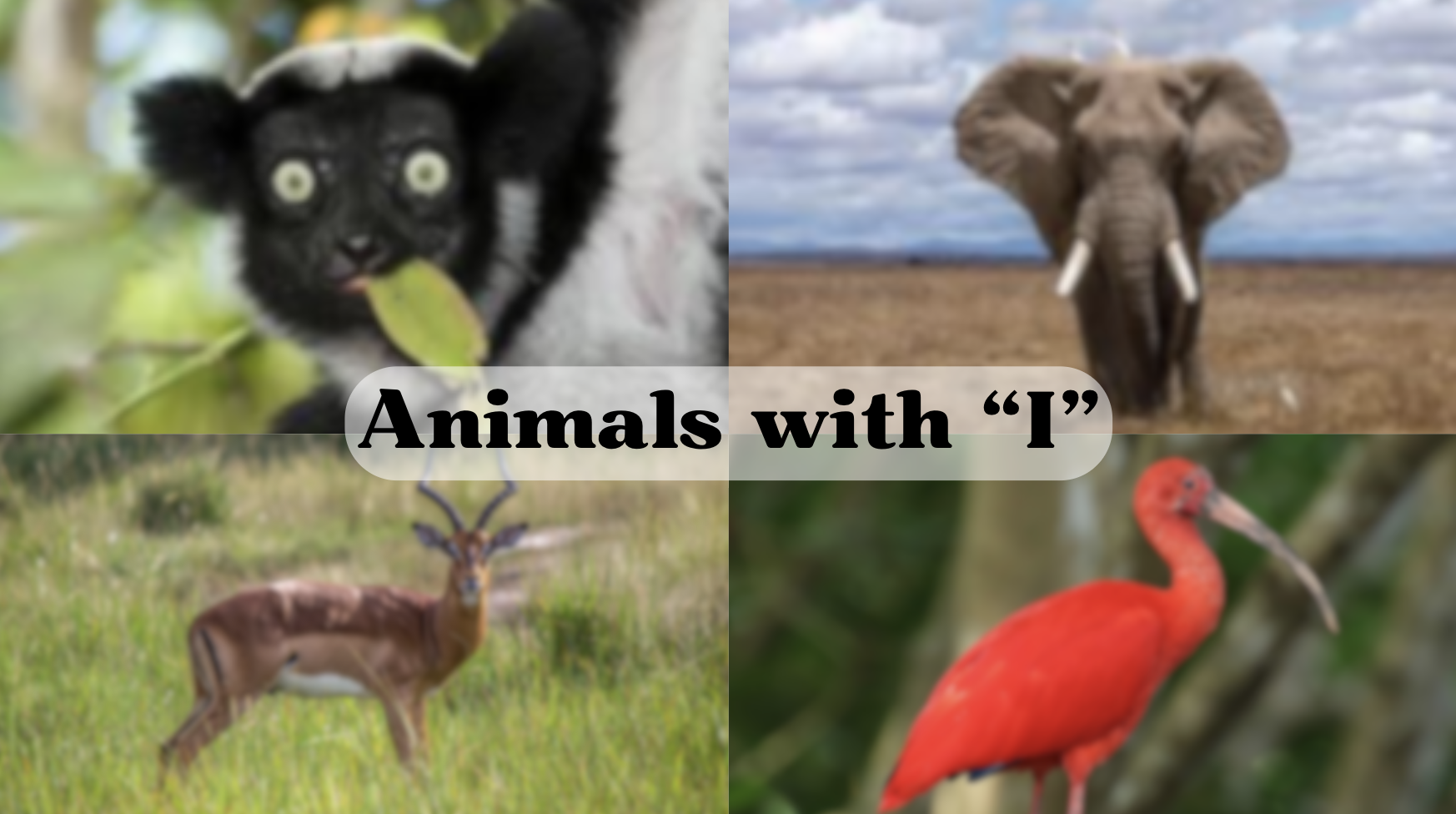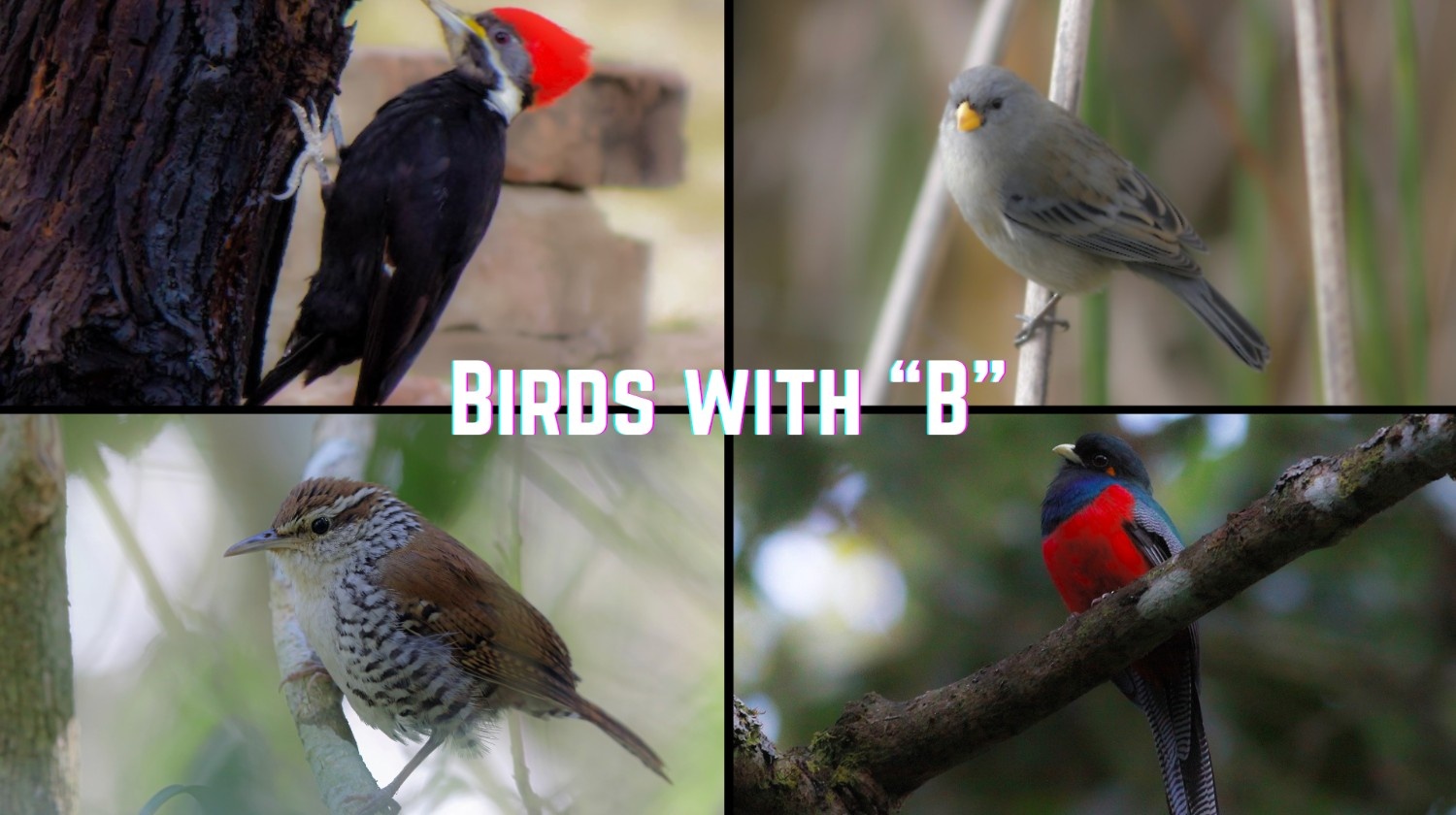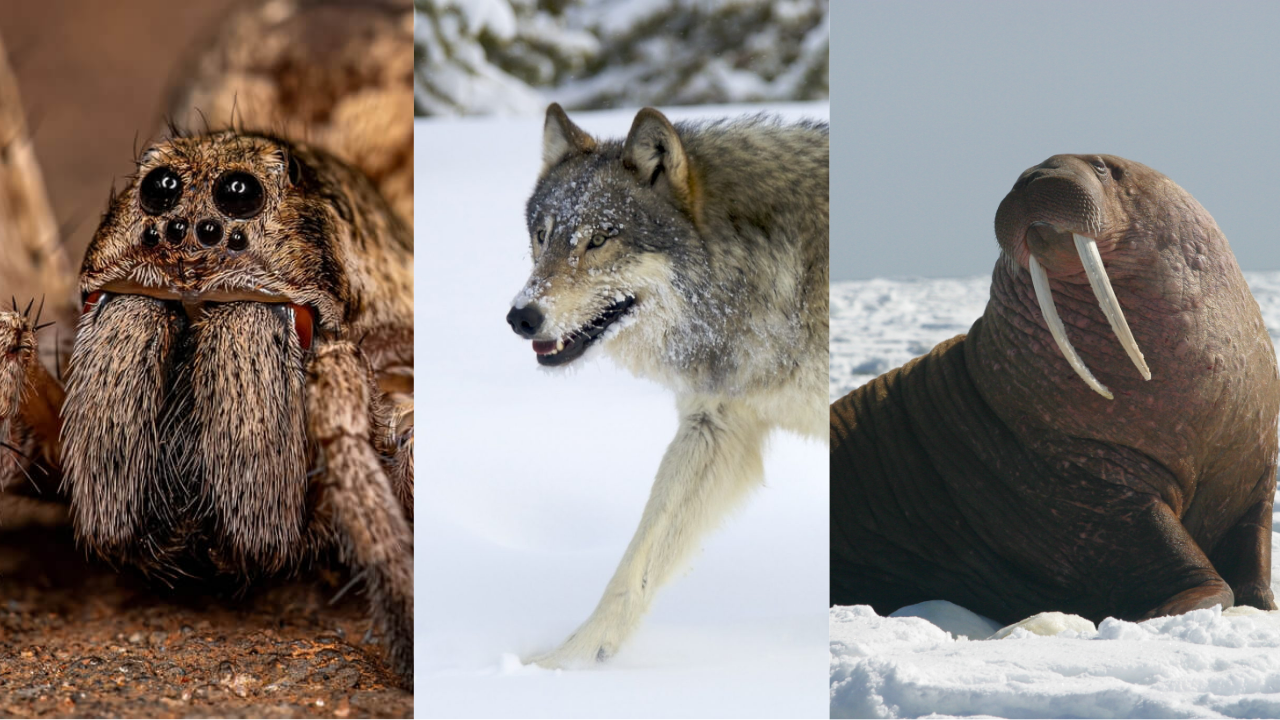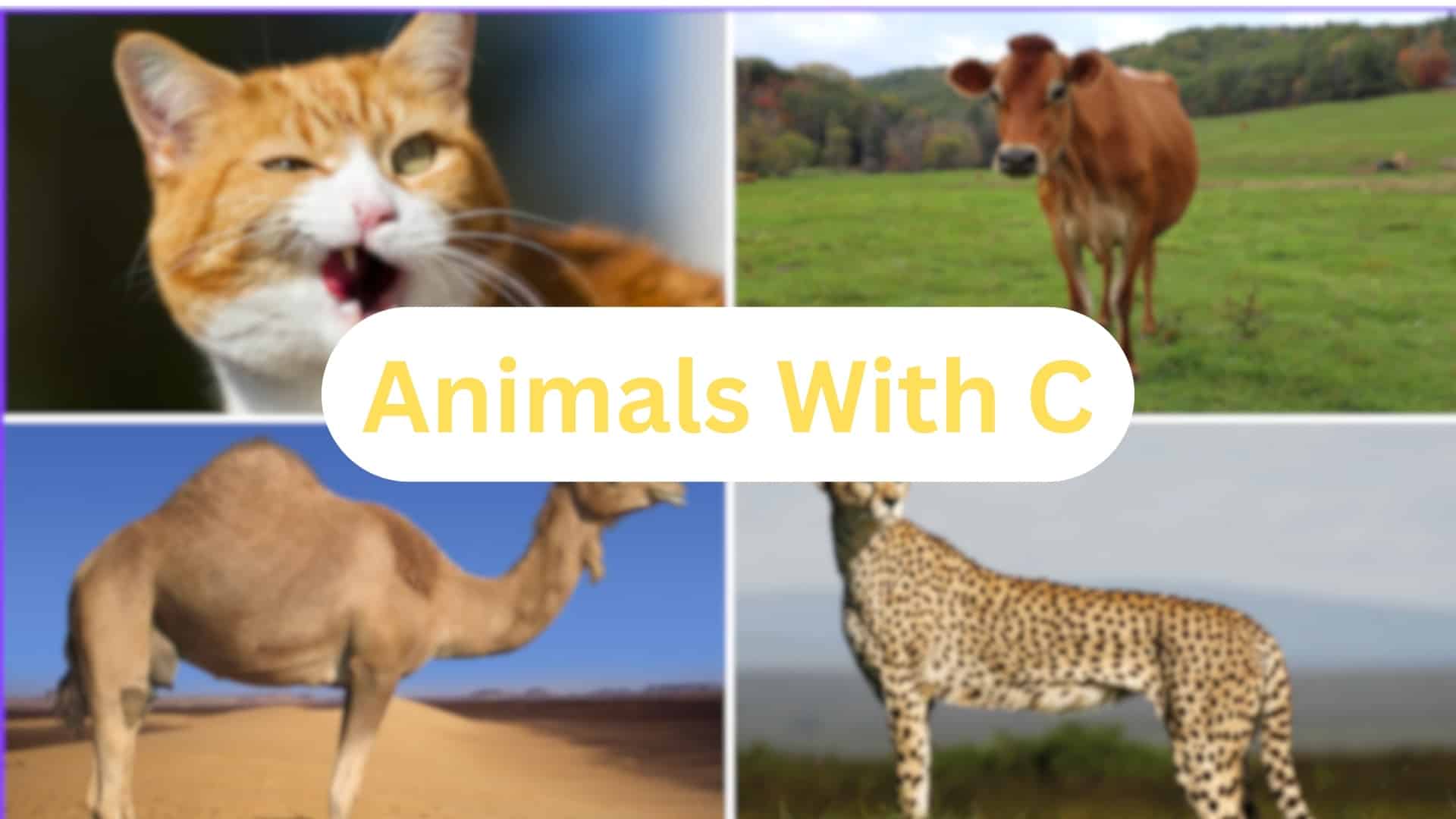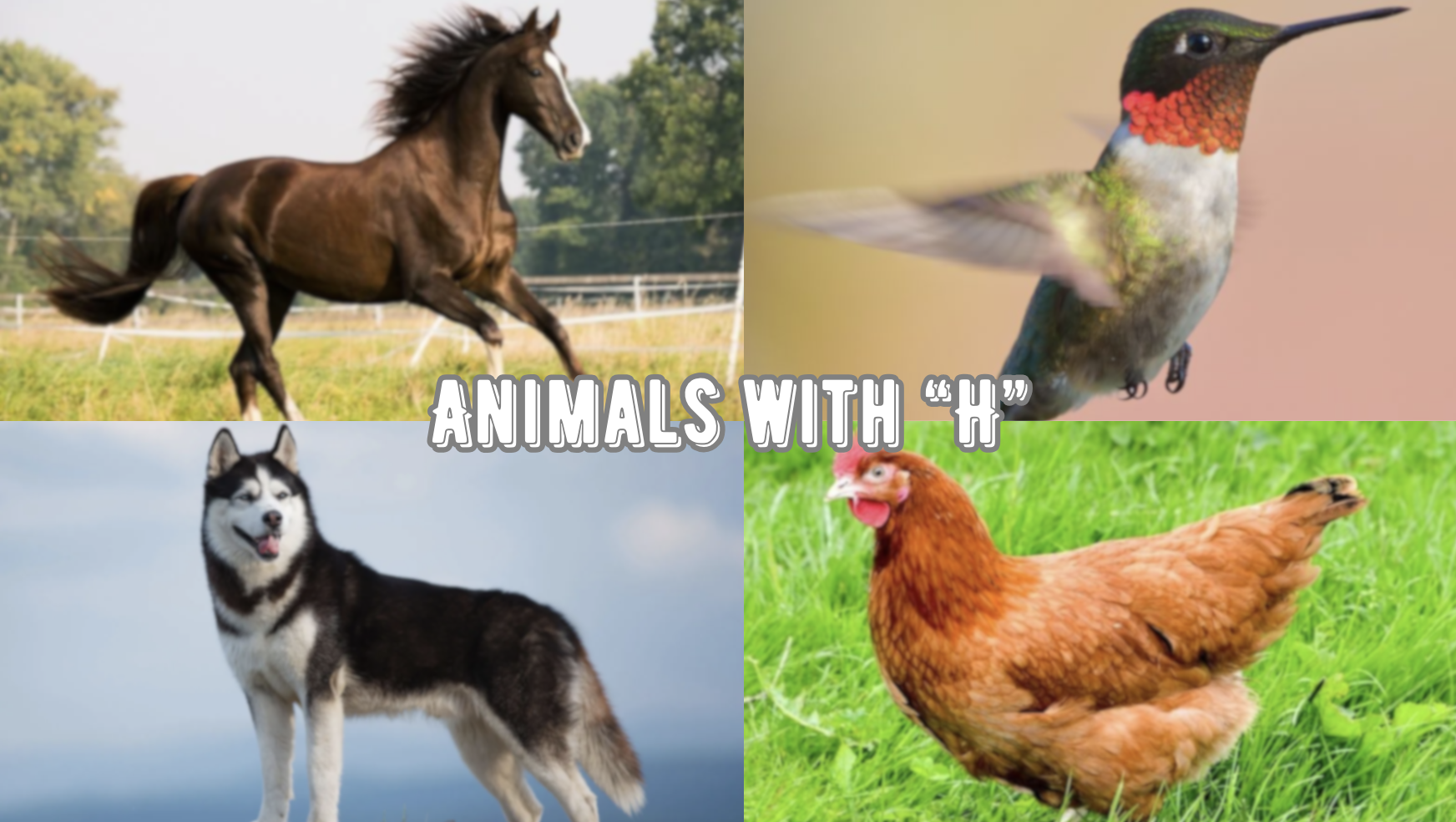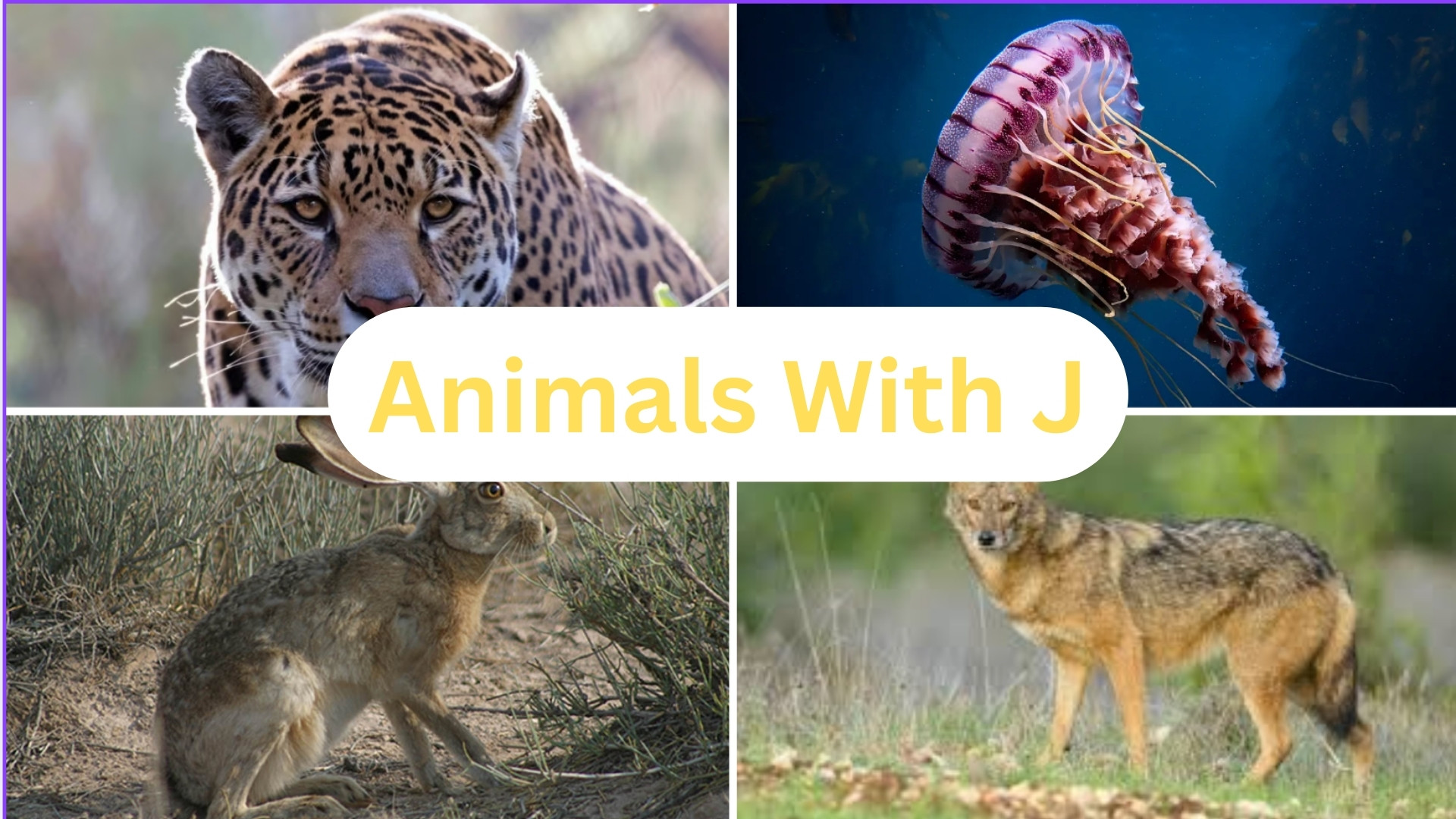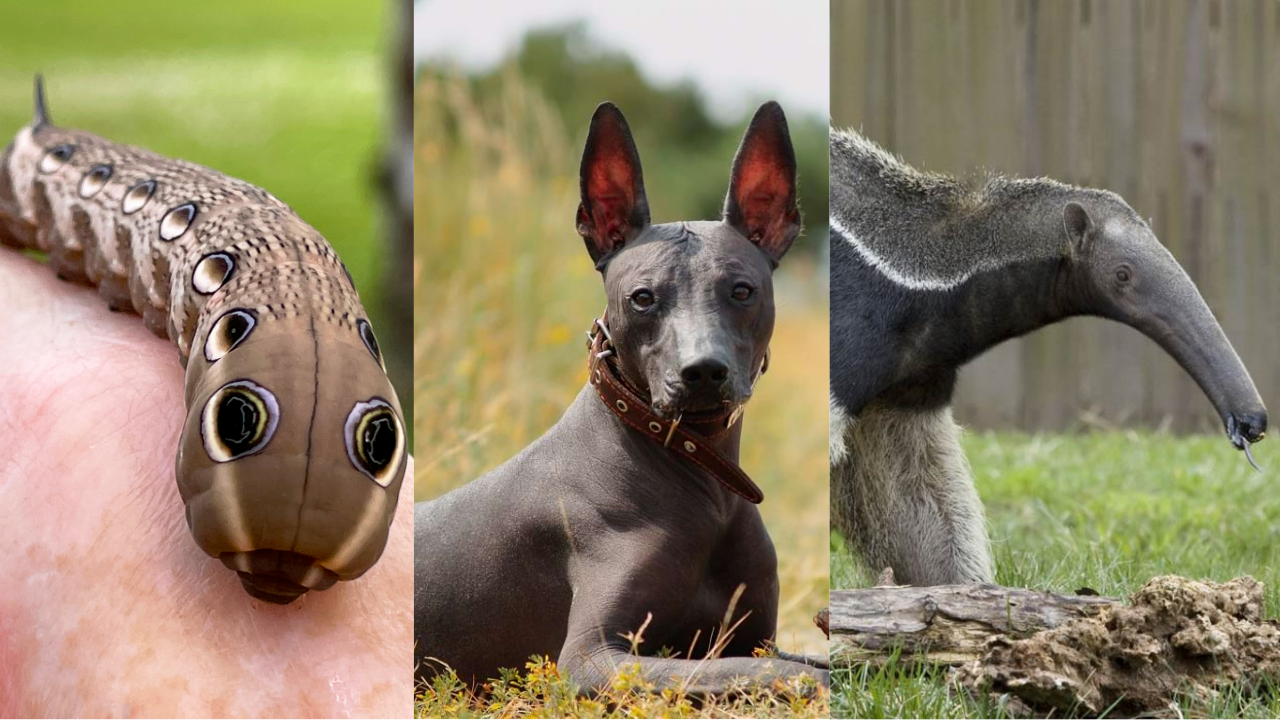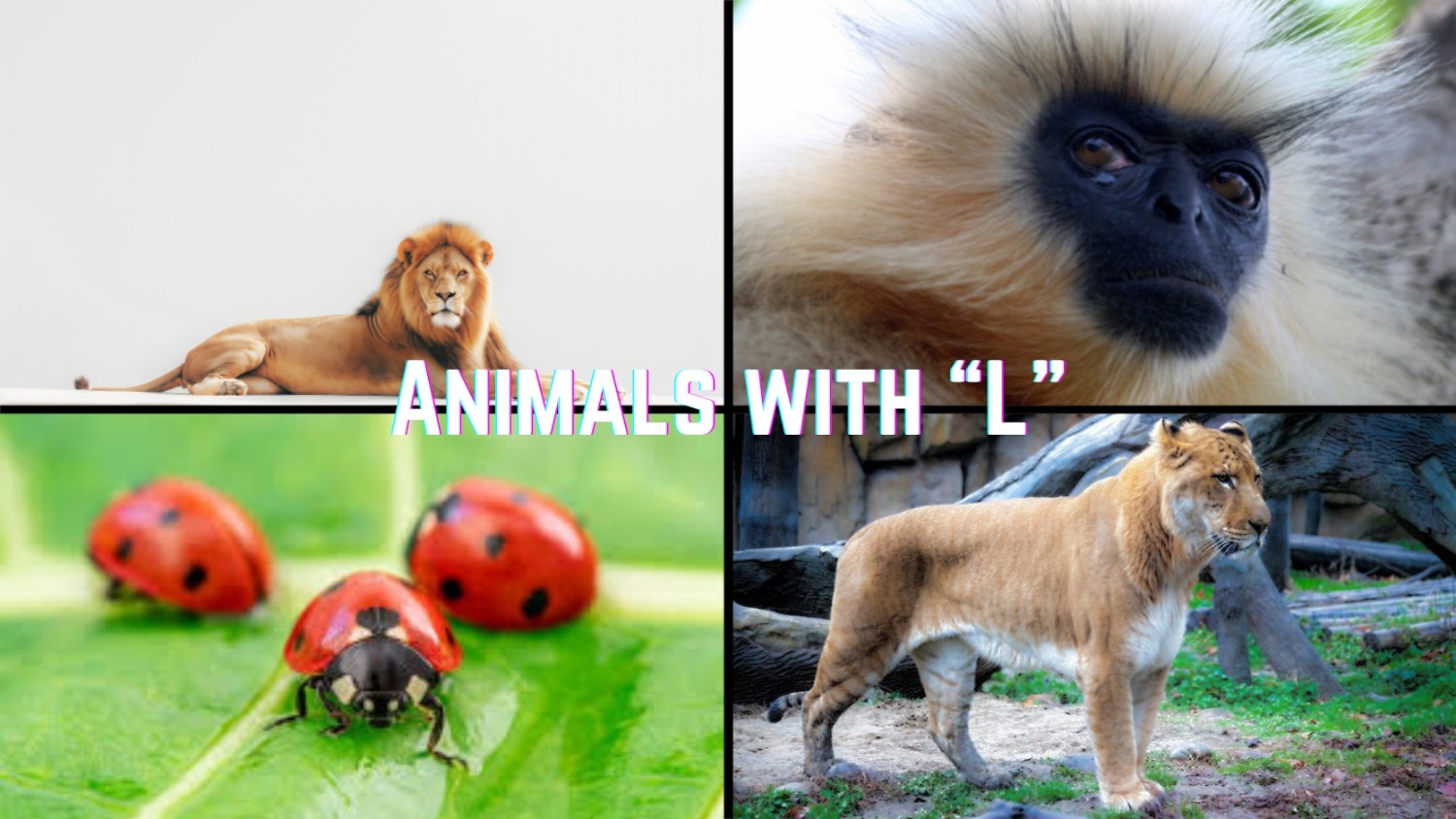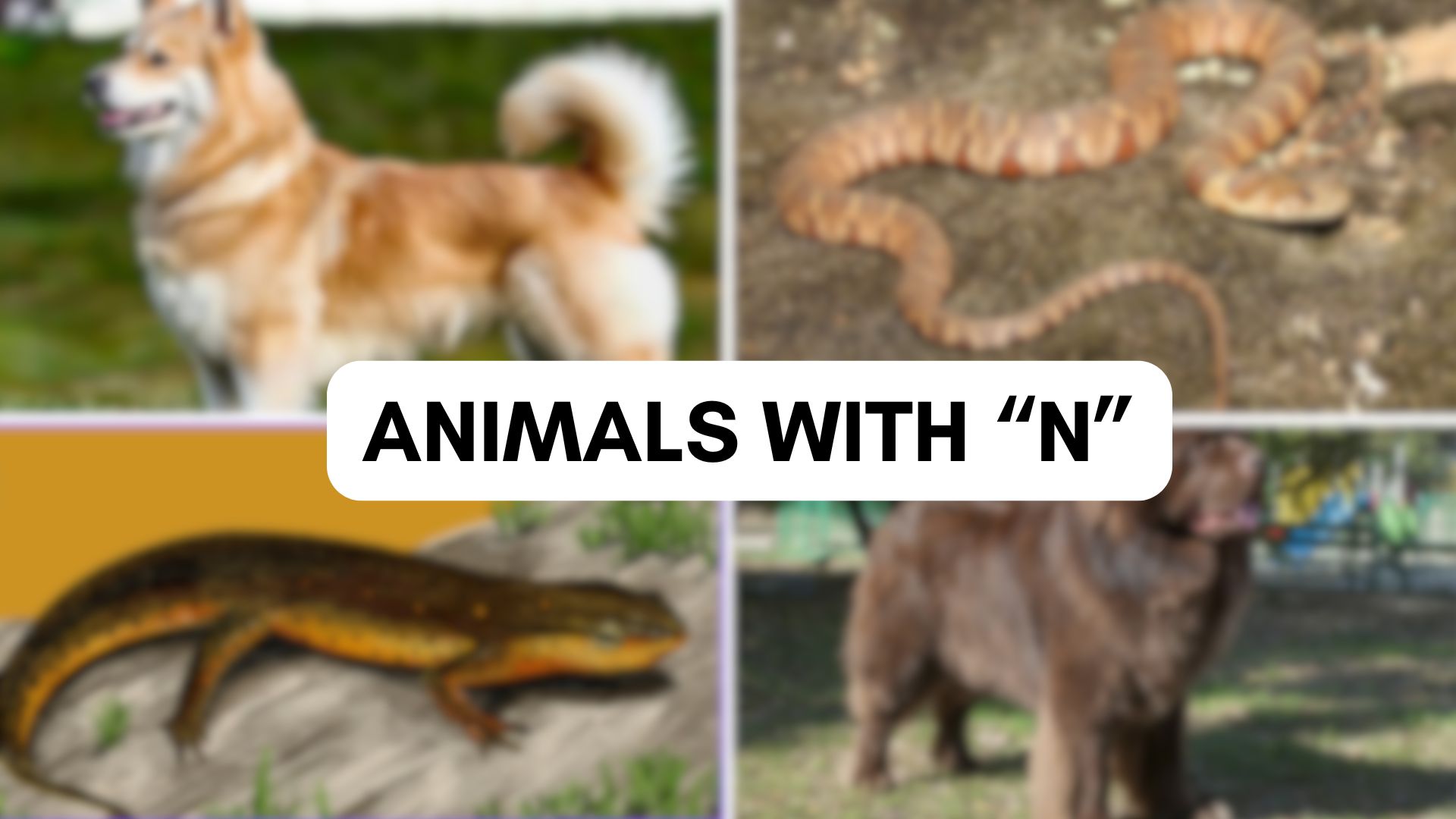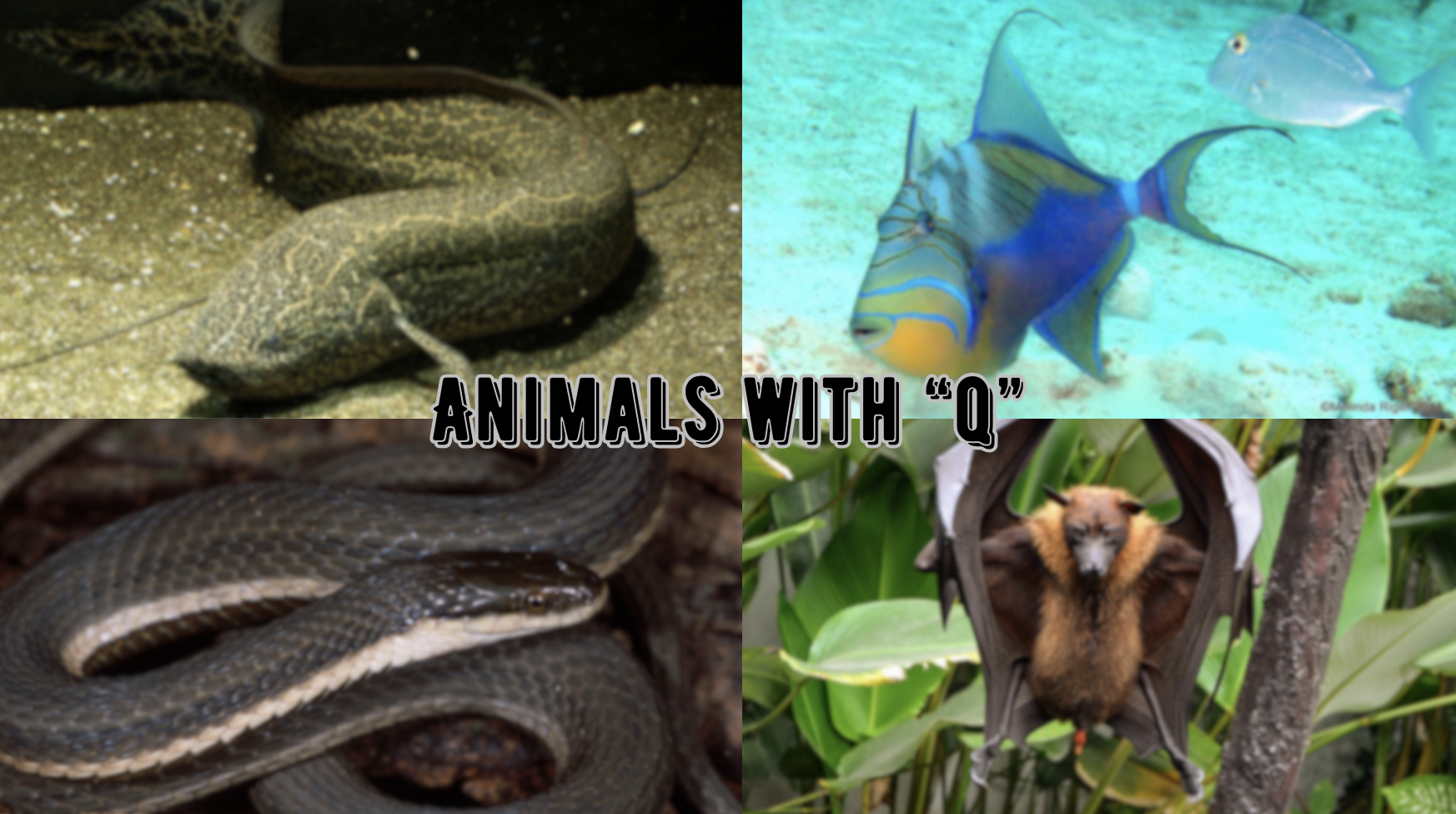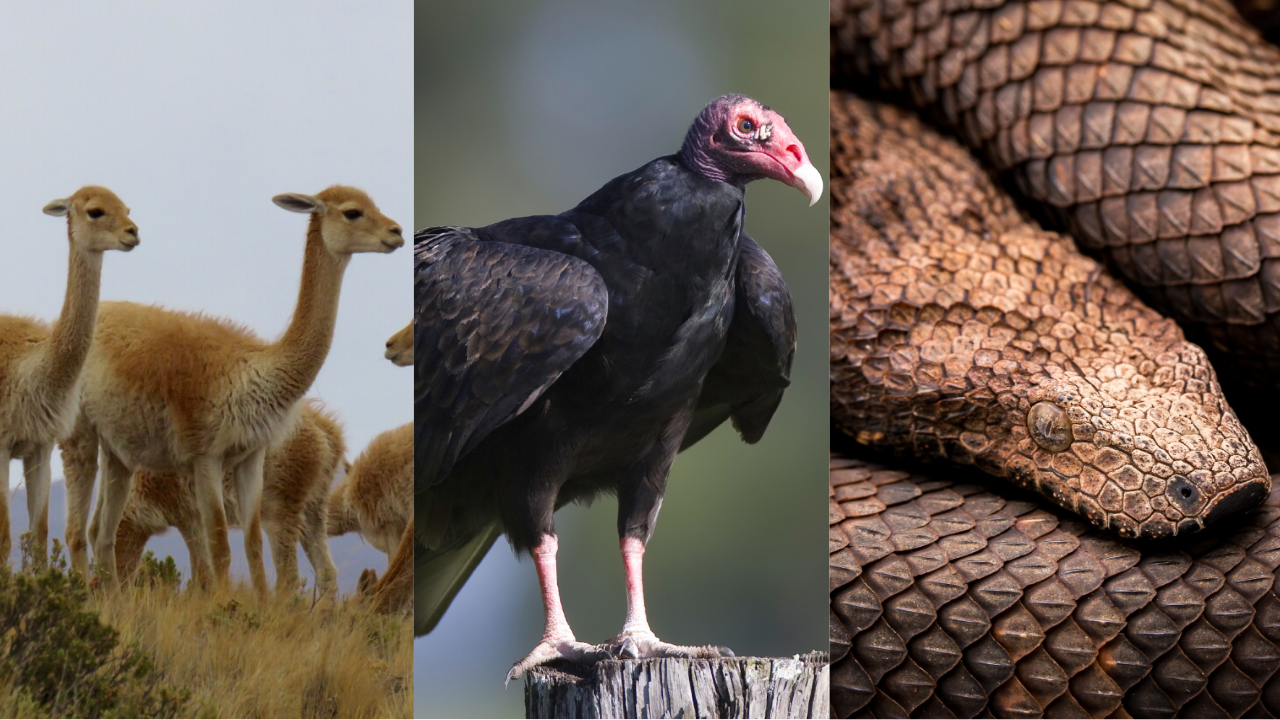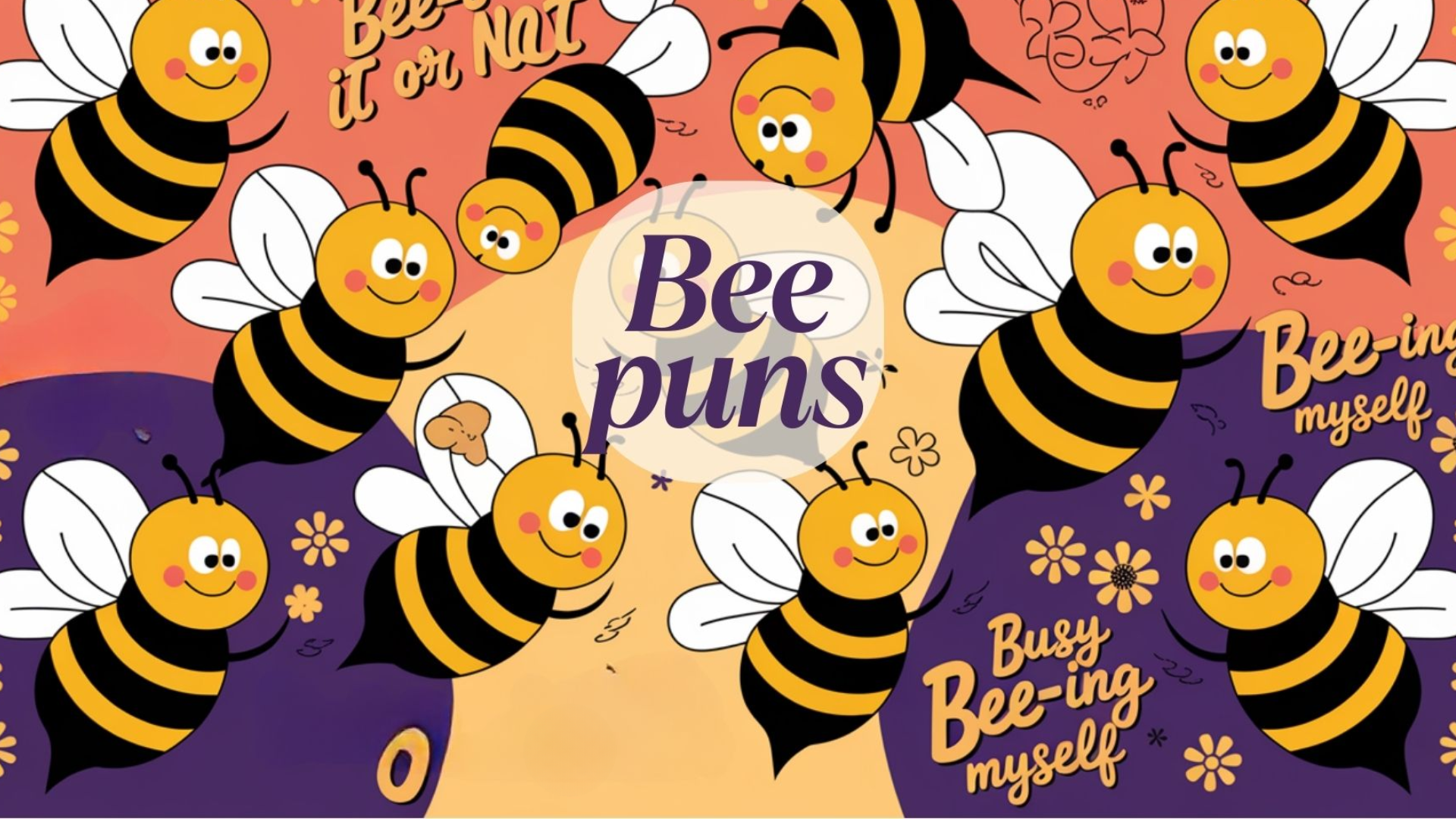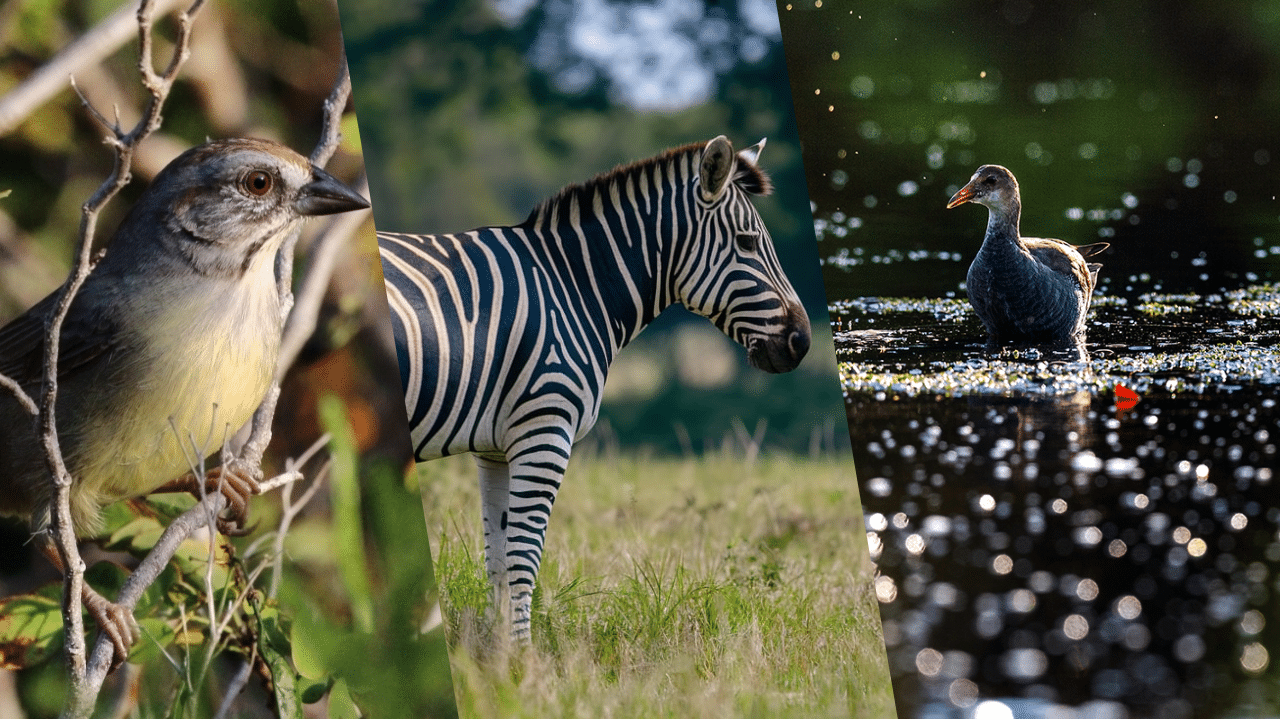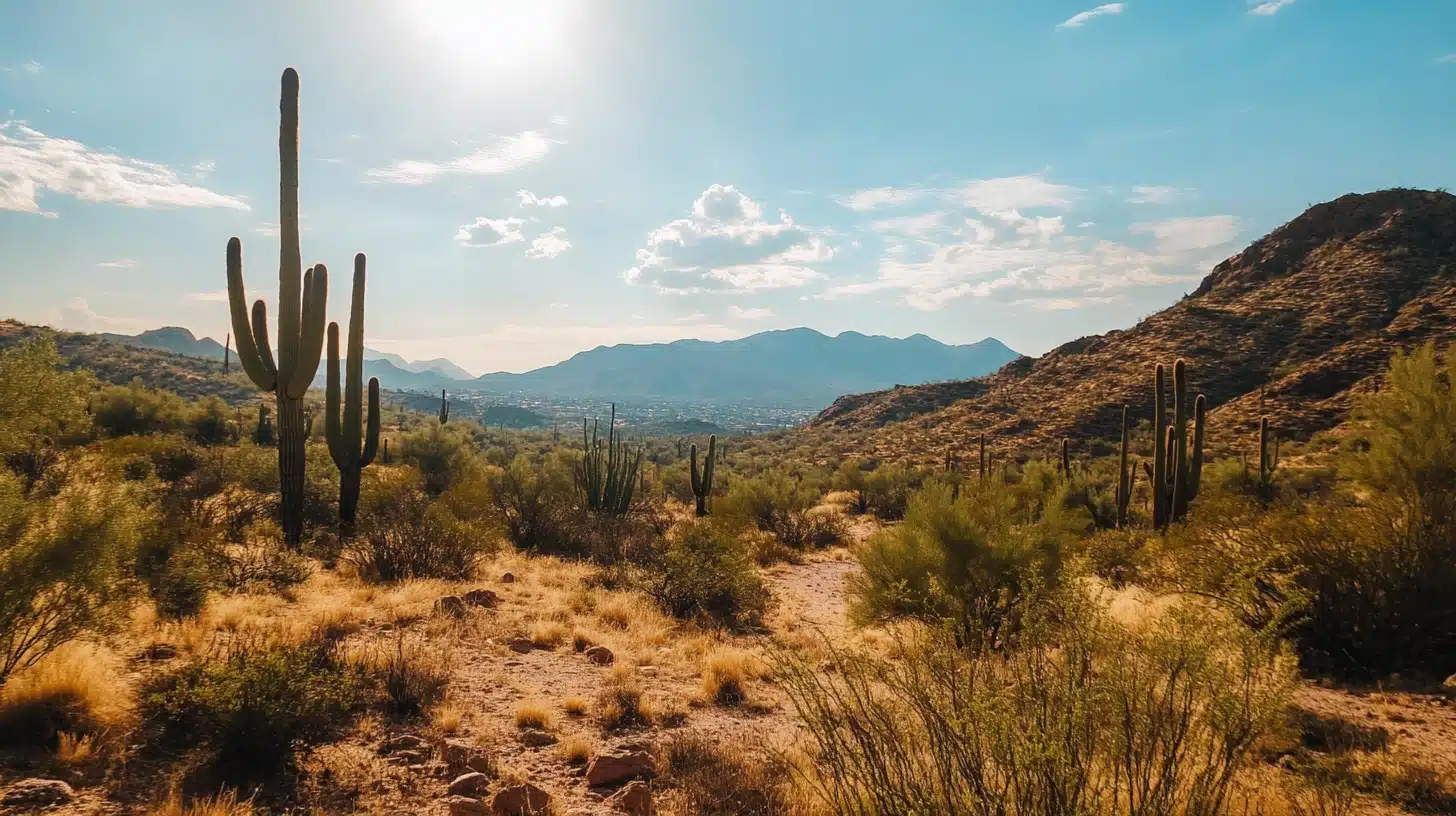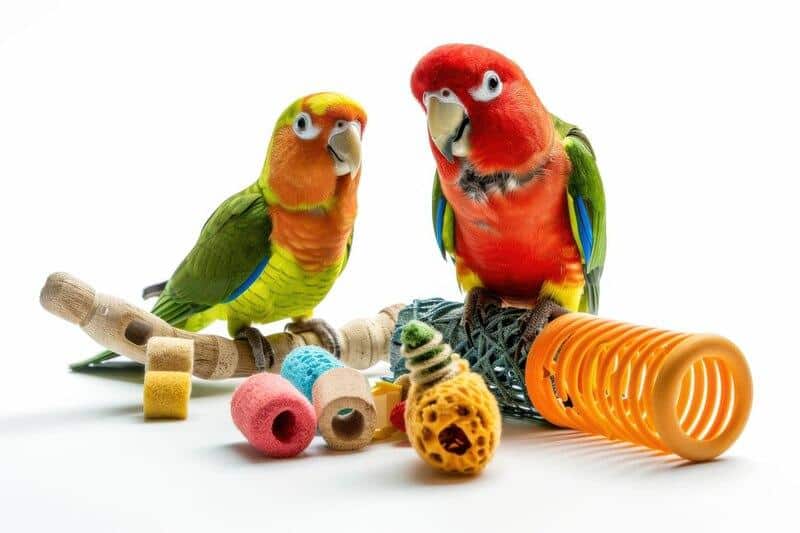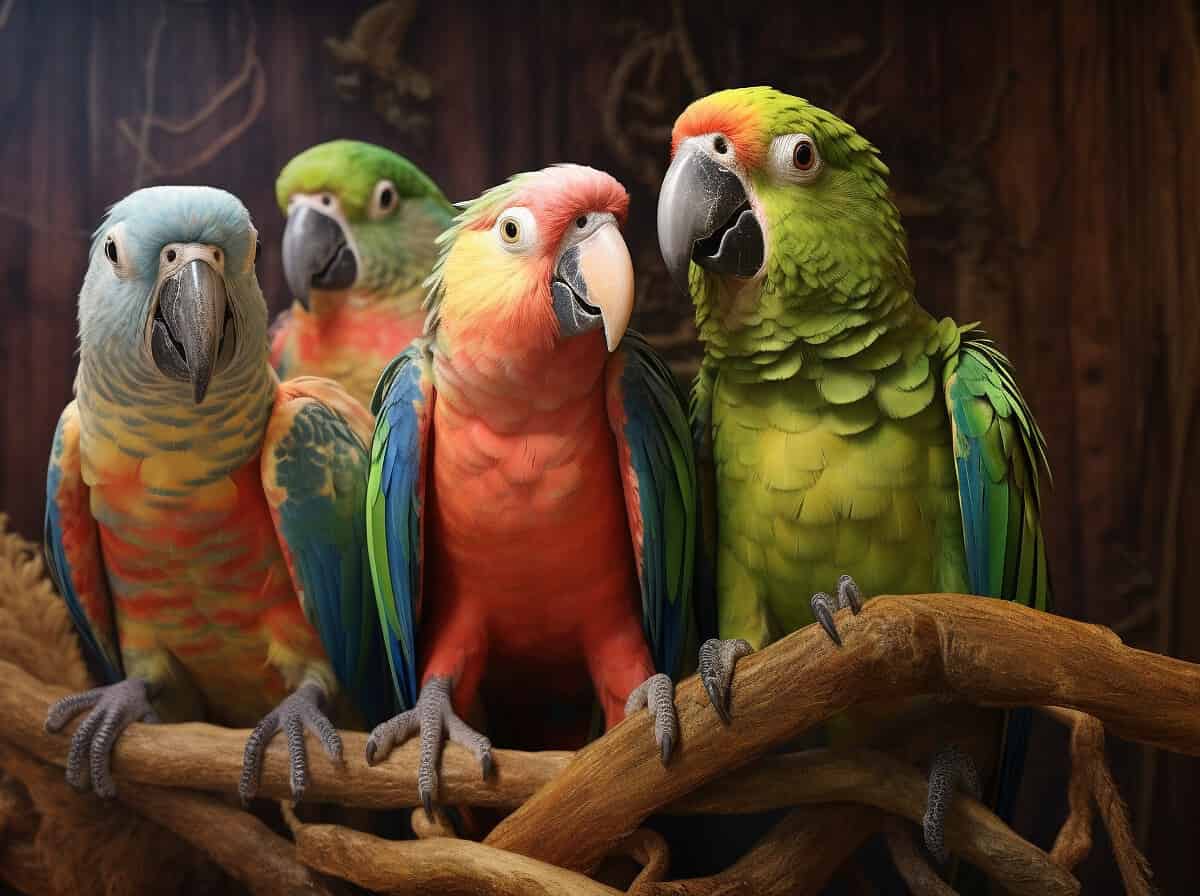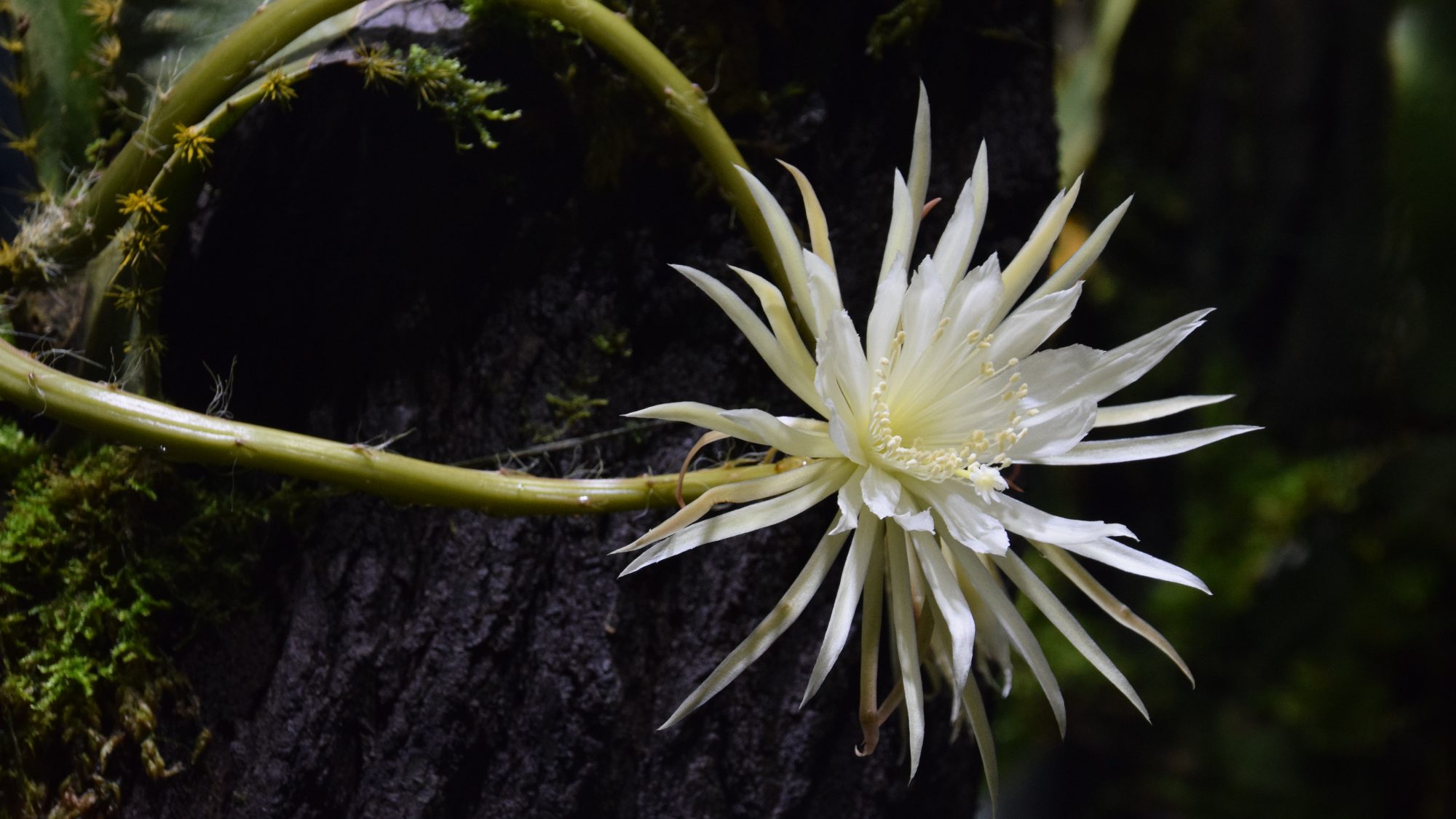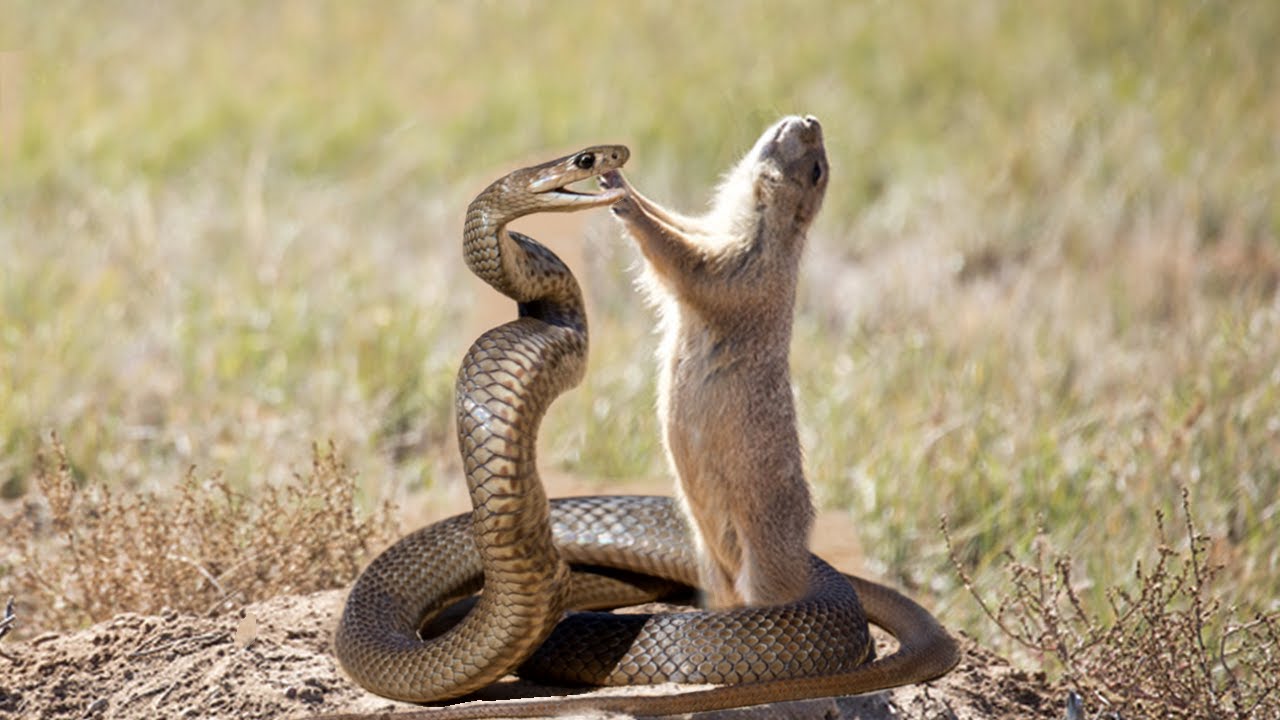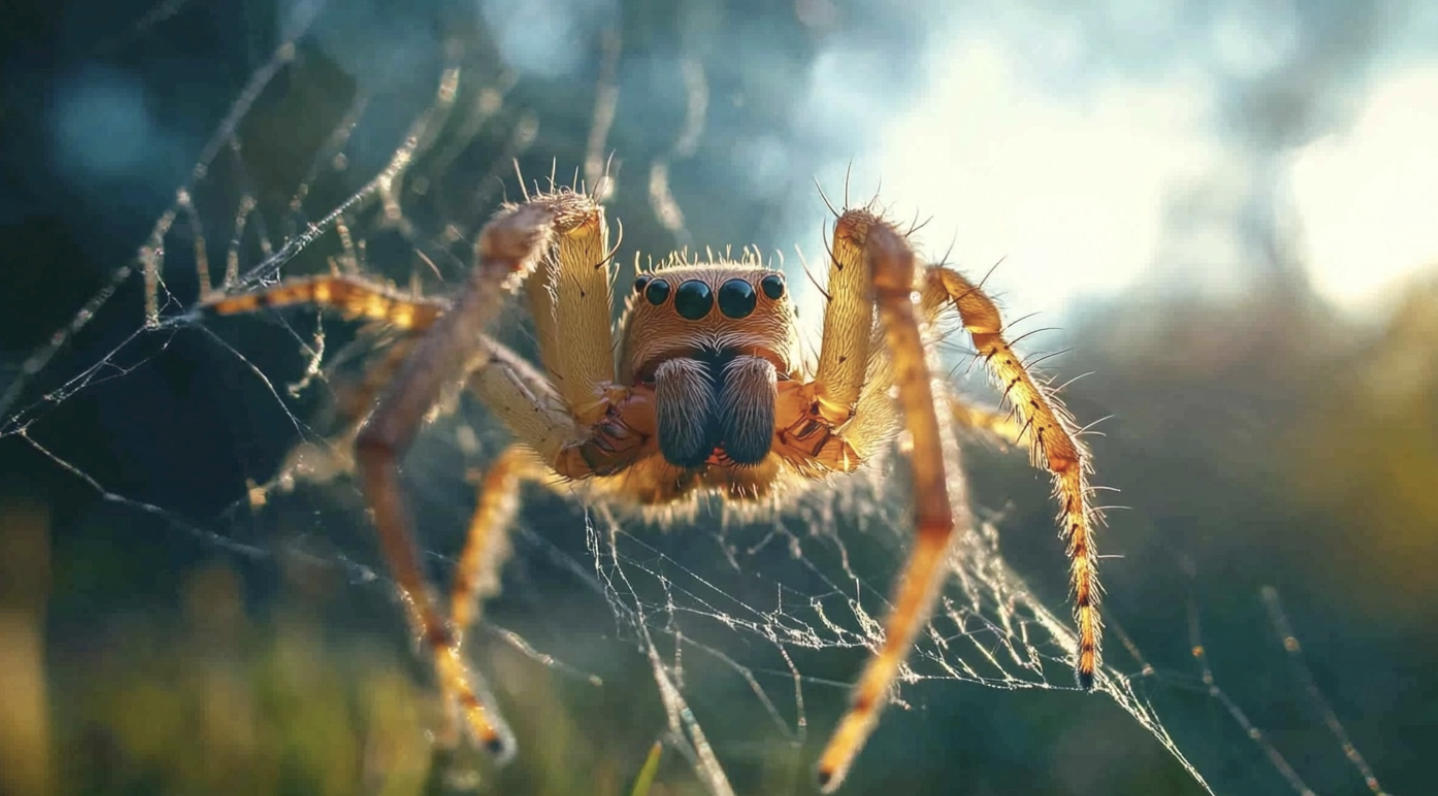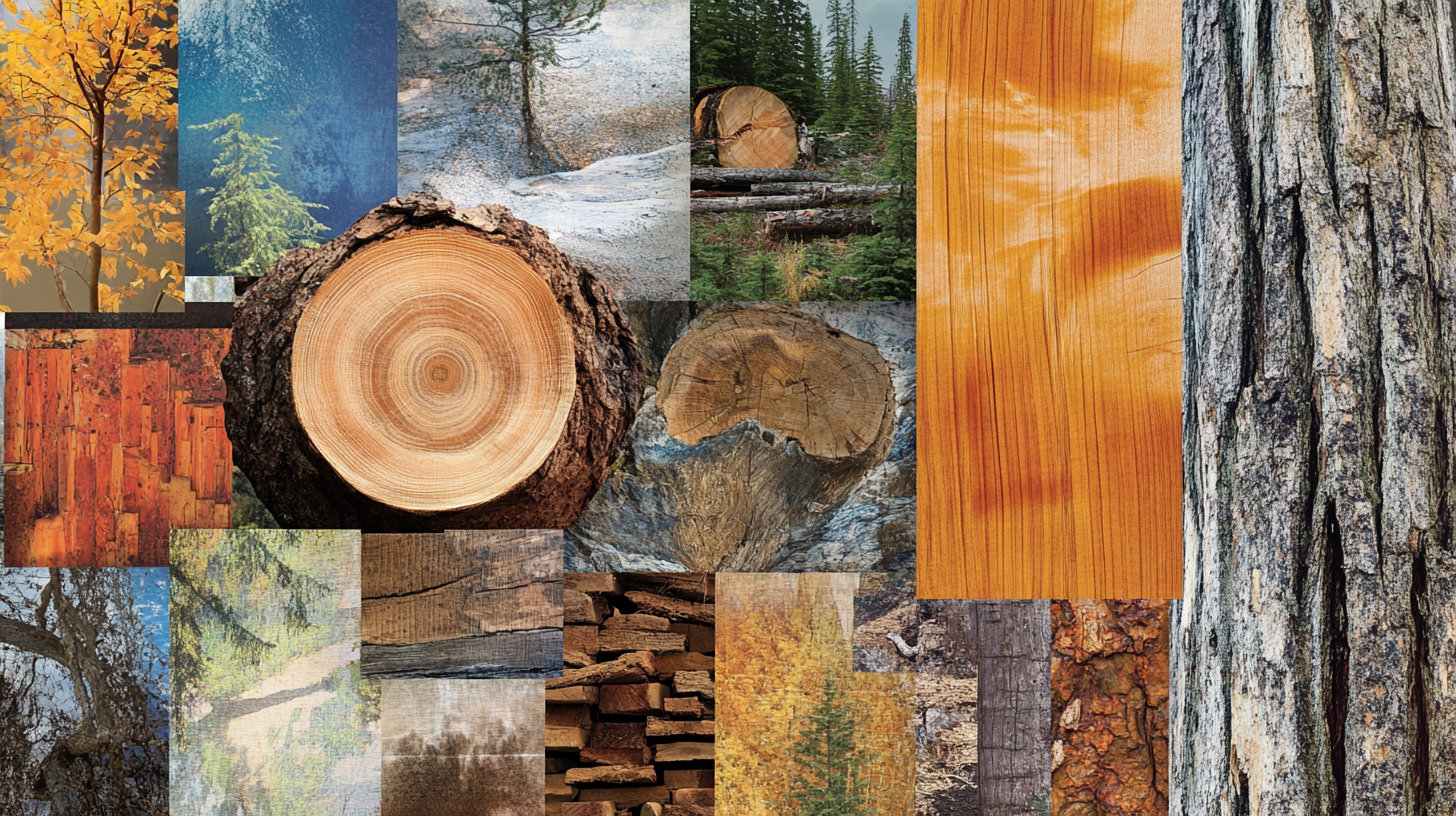
Did you know that yaks, yellow-bellied marmots, and Yorkshire terriers all share a special family secret?
Mammals are amazing animals that stand out from the crowd. Unlike reptiles or fish, they have fur or hair covering their bodies.
Baby mammals drink milk that comes from their mothers, something birds or insects cannot do. These warm-blooded creatures also have three tiny bones in their ears and a special jaw that other animals don’t have.
Now, let’s go into the world of mammals whose names begin with the letter “Y”! From the mysterious yapok to the hardy yak, these creatures have incredible adaptations and surprising habits.
Ready to learn about these remarkable animals that roam our planet? Keep reading to meet these “Y”-named wonders of the mammal kingdom!
Popular Mammals That Begin With The Letter “Y”
1. Yak
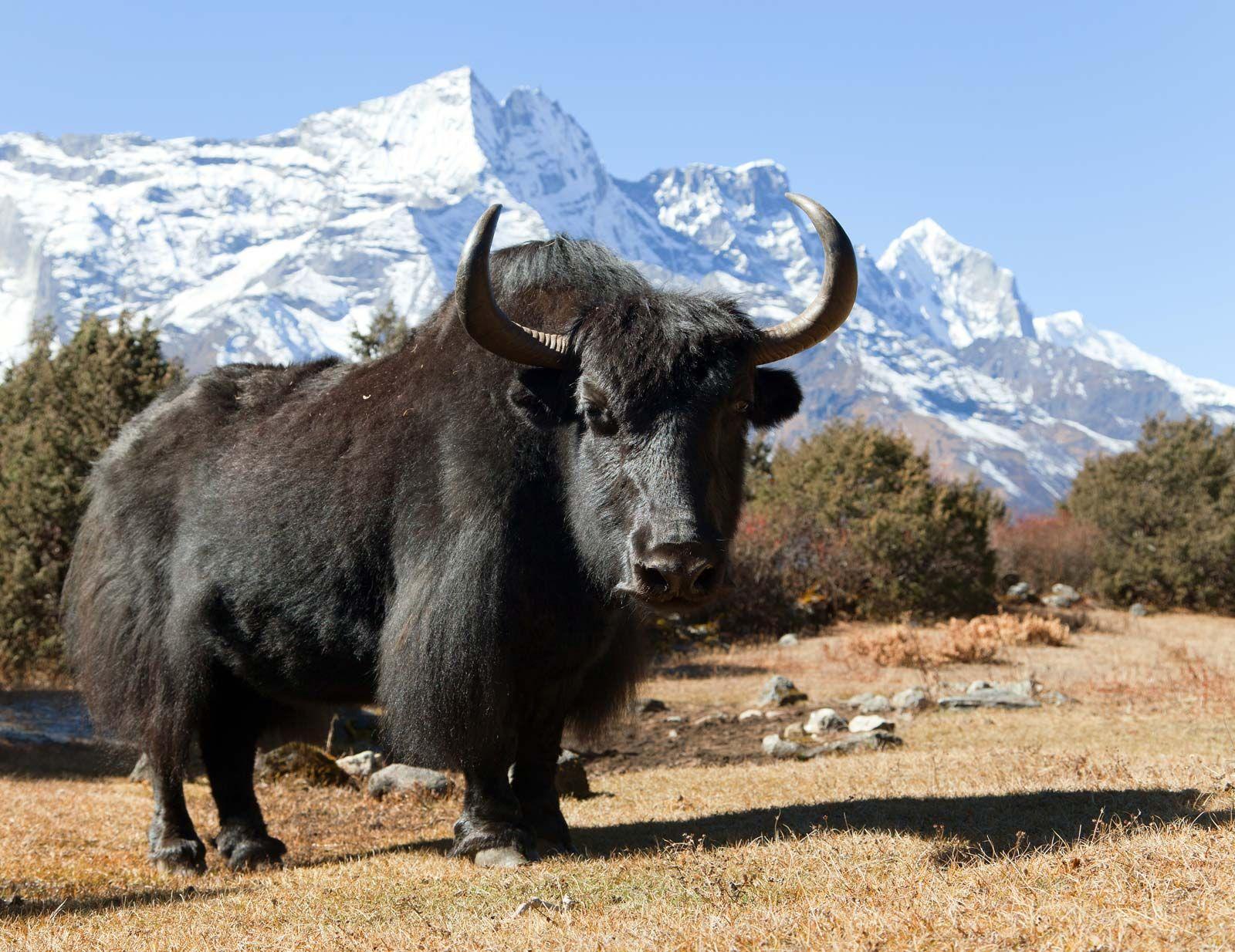
Yaks are large, long-haired bovines adapted to cold, mountainous regions. They are known for their stamina and ability to survive at high altitudes.
- Region of Habitat: Himalayan region, Central Asia
- Scientific Name: Bos grunniens
- Feeding Habits: Herbivorous; feeds on grasses, herbs, and shrubs
- What Sound They Make: Low grunts and snorts
Fun Facts
Yaks have more red blood cells than other cattle, which helps them thrive in low-oxygen areas. Their thick undercoat is used to make high-quality wool.
2. Yakutian Laika
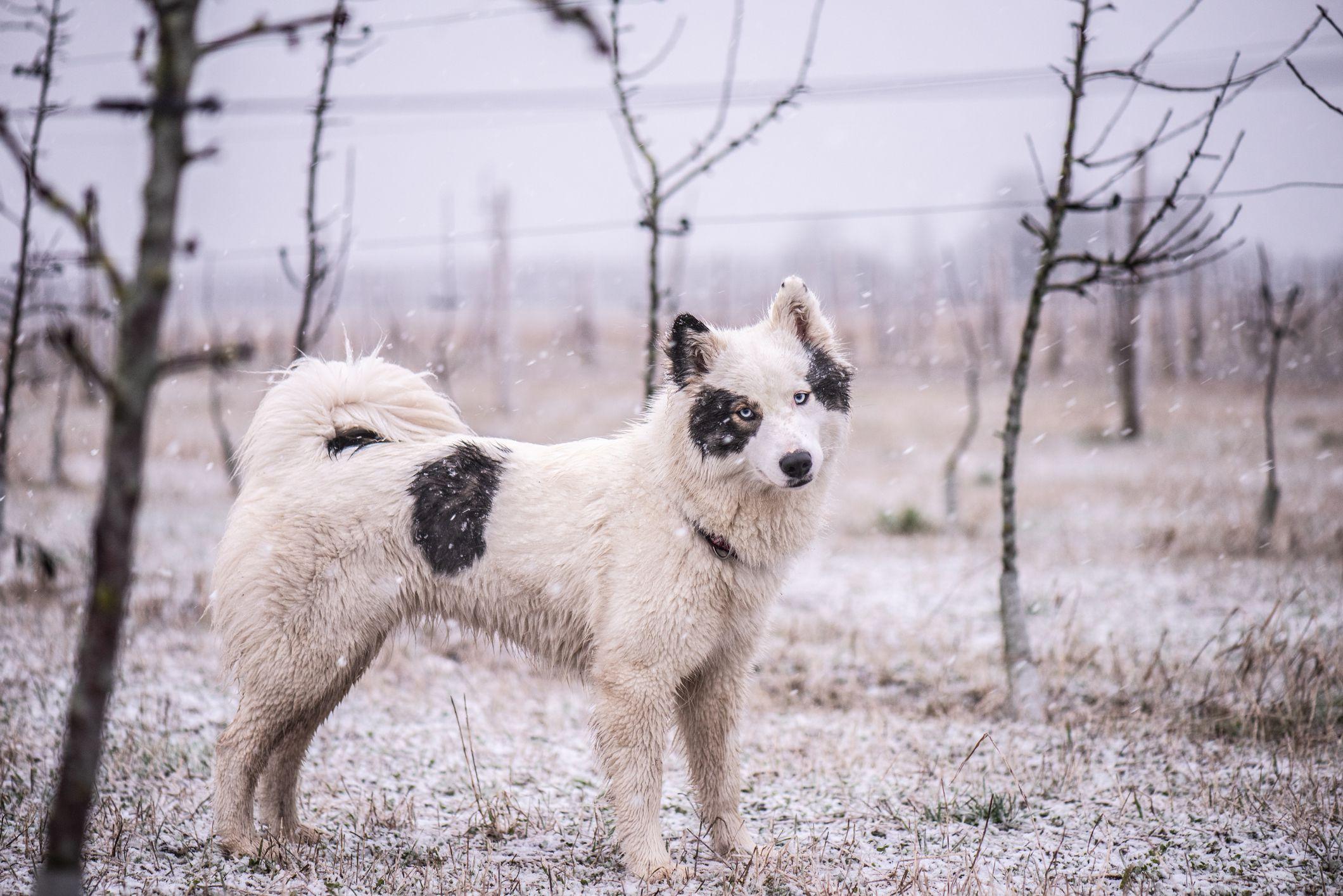
A tough and resilient dog breed from Siberia, the Yakutian Laika was historically used for sledding and herding reindeer in extreme cold.
- Region of Habitat: Siberia, Russia
- Scientific Name: Canis lupus familiaris
- Feeding Habits: Omnivorous; eats meat, fish, and some plant-based food
- What Sound They Make: Barks, howls, and growls
Fun Facts
This breed has a unique double coat that allows it to withstand temperatures as low as -76°F. It was nearly extinct in the 1990s but has made a comeback thanks to conservation efforts.
3. Yoranian

Yoranians are a small designer breed resulting from a mix between a Yorkshire Terrier and a Pomeranian. They are affectionate, energetic, and ideal companion dogs.
- Region of Habitat: Domesticated, mainly North America and Europe
- Scientific Name: Canis lupus familiaris
- Feeding Habits: Omnivorous; typically eats commercial dog food with meat and grains
- What Sound They Make: High-pitched barks and playful yips
Fun Facts
Yoranians usually weigh under 10 pounds but have bold, fearless personalities. Their coats can vary in color and length, making each one unique.
4. Yorkie Bichon

This hybrid breed combines the traits of the Yorkshire Terrier and the Bichon Frise. They are cheerful, low-shedding, and great for families.
- Region of Habitat: Domesticated, popular in urban areas worldwide
- Scientific Name: Canis lupus familiaris
- Feeding Habits: Omnivorous; thrives on balanced dog kibble and occasional treats
- What Sound They Make: Soft barks and excited yelps
Fun Facts
Yorkie Bichons are hypoallergenic, making them a popular choice for allergy sufferers. They enjoy learning tricks and can be easily trained.
5. Yorkiepoo

The Yorkiepoo is a cross between a Yorkshire Terrier and a Poodle. It’s known for its intelligence, playfulness, and low-shedding coat.
- Region of Habitat: Domesticated, common in the United States and Europe
- Scientific Name: Canis lupus familiaris
- Feeding Habits: Omnivorous; eats commercial and homemade dog food
- What Sound They Make: Sharp barks, especially when alert or excited
Fun Facts
Yorkiepoos are often used as therapy dogs due to their friendly nature. They inherit hypoallergenic traits from their Poodle lineage.
6. Yorkshire Terrier

A small dog breed with a big personality, the Yorkshire Terrier is brave, loyal, and excellent for apartment living.
- Region of Habitat: England (origin), now worldwide
- Scientific Name: Canis lupus familiaris
- Feeding Habits: Omnivorous; eats commercial dog food and human leftovers
- What Sound They Make: Sharp, yappy barks
Fun Facts
Despite their tiny size, Yorkies were originally bred to catch rats in clothing mills. They are one of the most popular toy breeds globally.
7. Yellow Mongoose
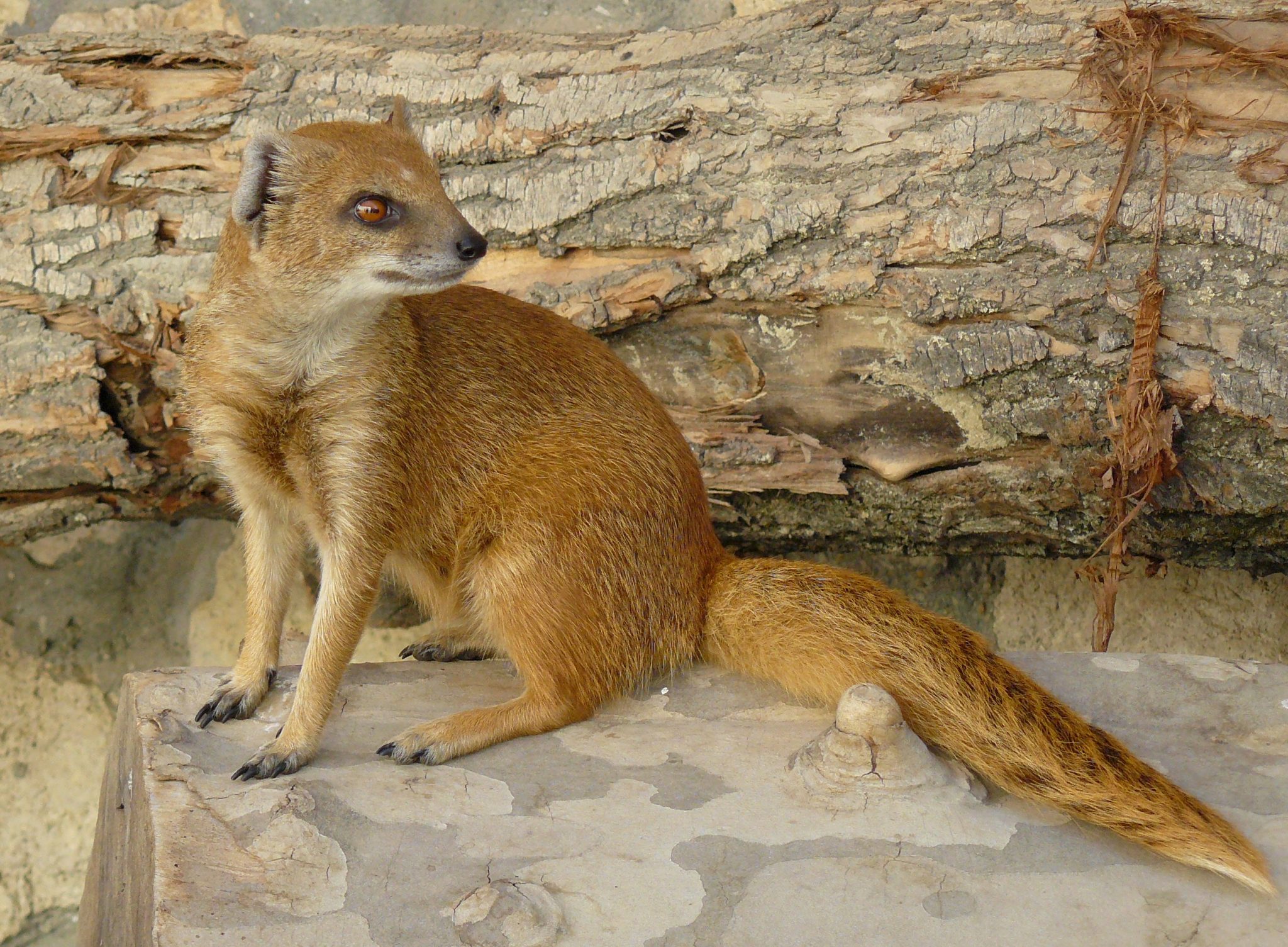
A small carnivorous mammal with yellowish fur, often found in open grasslands and semi-desert areas.
- Region of Habitat: Southern Africa
- Scientific Name: Cynictis penicillata
- Feeding Habits: Carnivorous; eats insects, small rodents, and reptiles
- What Sound They Make: Chirps, growls, and alarm calls
Fun Facts
Yellow mongooses are social animals. They often share burrows with meerkats and ground squirrels and can run up to 32 km/h.
8. Yellow-Bellied Marmot
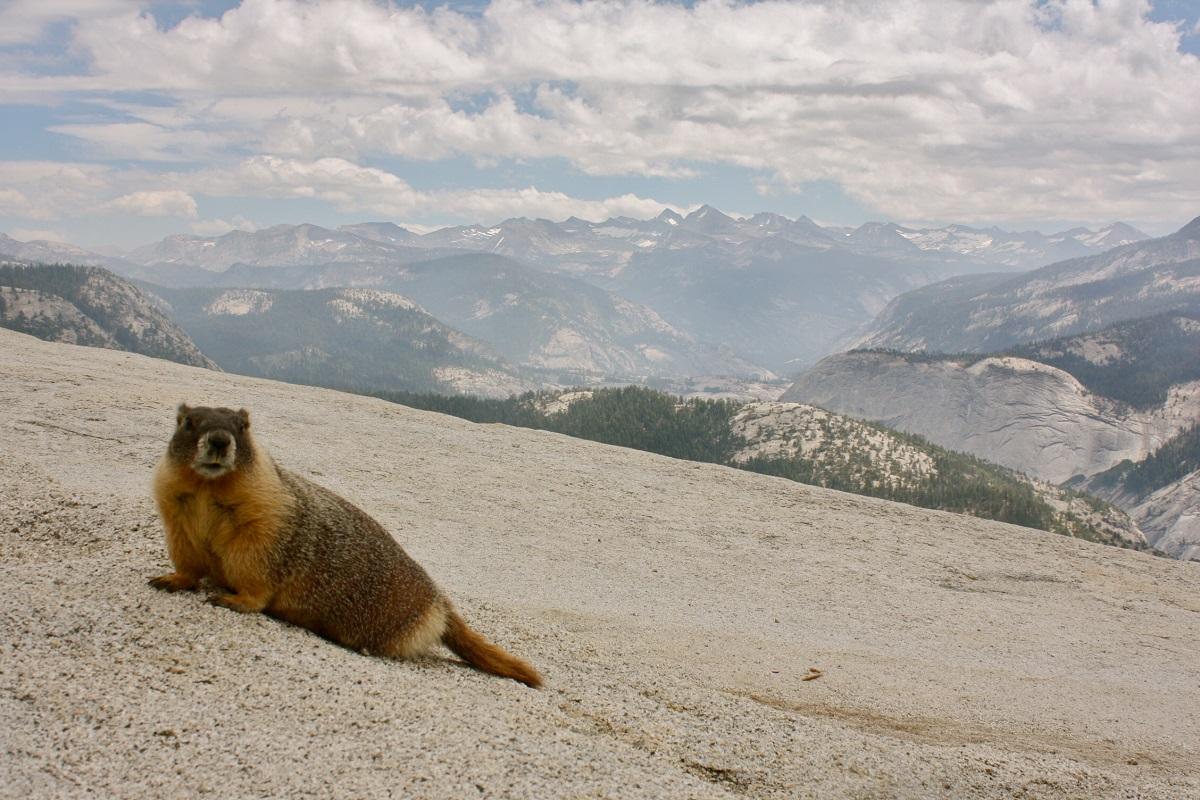
A large rodent with a yellowish belly, often found in rocky mountainous areas.
- Region of Habitat: Western North America
- Scientific Name: Marmota flaviventris
- Feeding Habits: Herbivorous; eats grasses, flowers, and grains
- What Sound They Make: High-pitched whistles
Fun Facts
Yellow-bellied marmots hibernate for up to eight months a year. They’re sometimes called “whistle pigs” for their loud alert calls.
9. Yellow-throated Marten
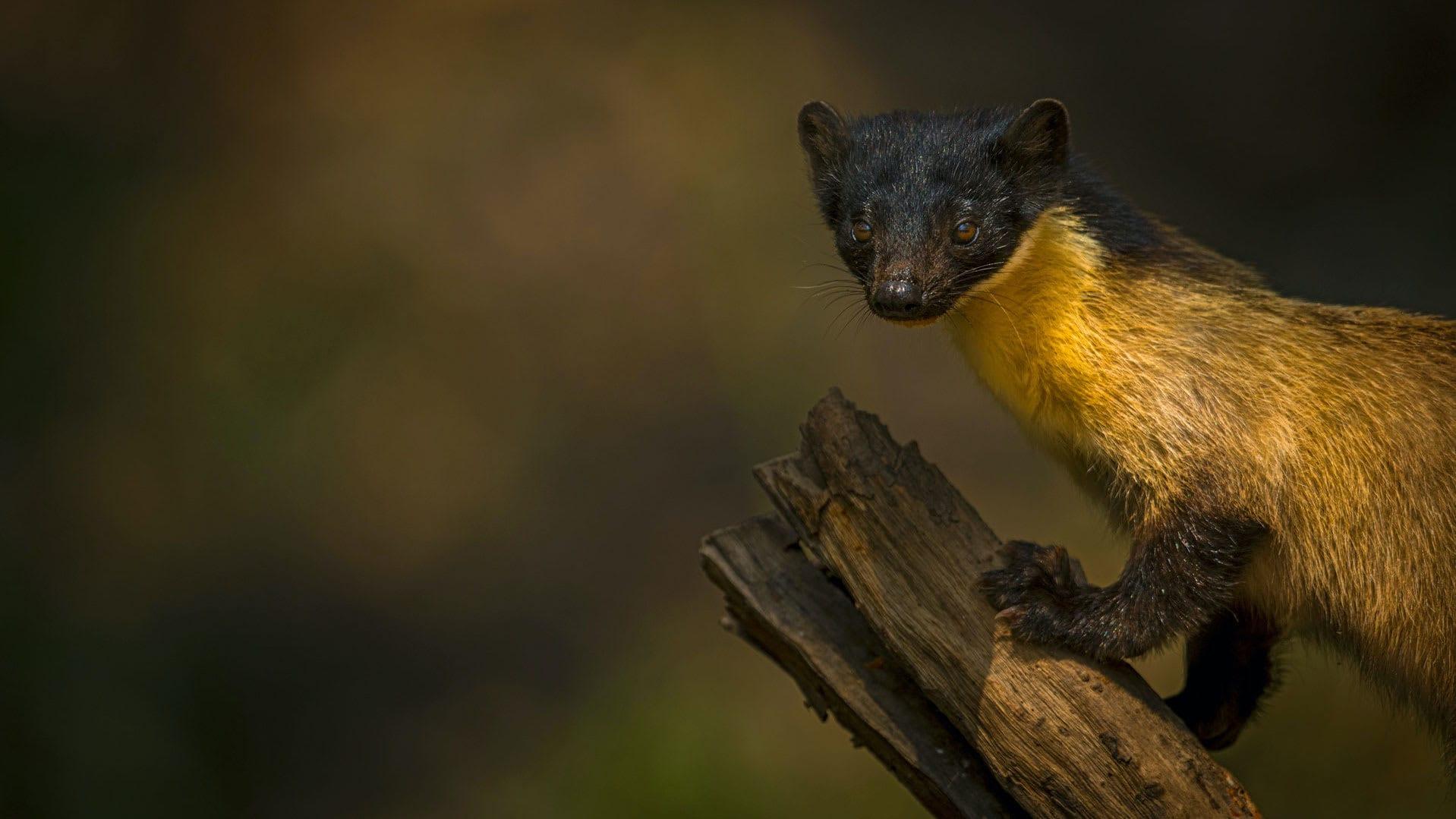
A colorful, agile predator known for its golden throat and tree-climbing skills.
- Region of Habitat: Asia (Himalayas, Southeast Asia)
- Scientific Name: Martes flavigula
- Feeding Habits: Omnivorous; fruits, small animals, insects
- What Sound They Make: Chuckles, growls, and screams
Fun Facts
They are one of the largest marten species and are fearless hunters. Their bright coloration warns predators of their aggression.
10. Yellow-Necked Mouse
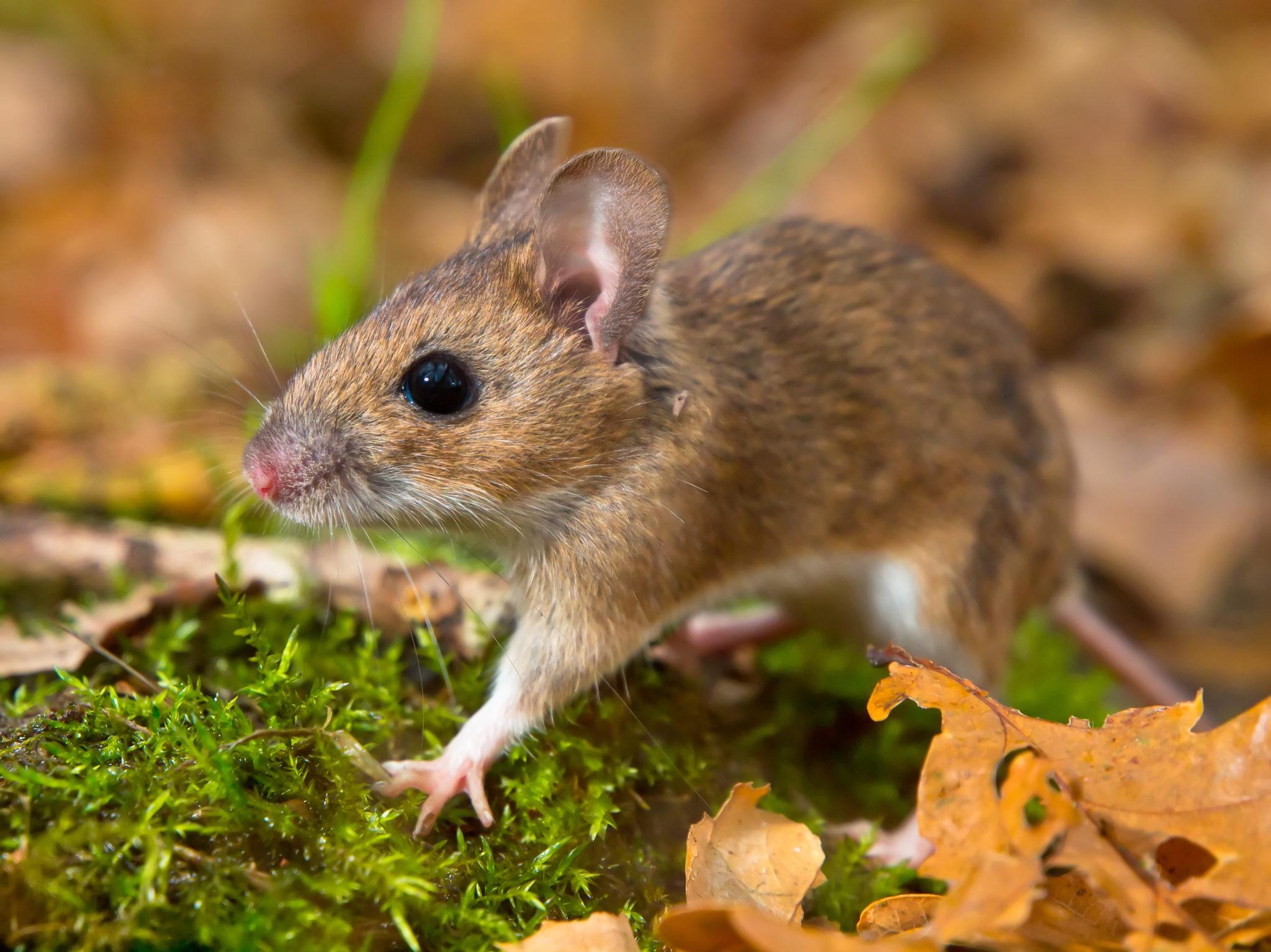
A woodland rodent recognized by the yellow band around its neck.
- Region of Habitat: Europe and Western Asia
- Scientific Name: Apodemus flavicollis
- Feeding Habits: Omnivorous; seeds, fruits, insects
- What Sound They Make: Soft squeaks
Fun Facts
They store food in underground chambers and can climb trees. They’re more active in the fall to prepare for winter.
11. Yellow-Spotted Rock Hyrax
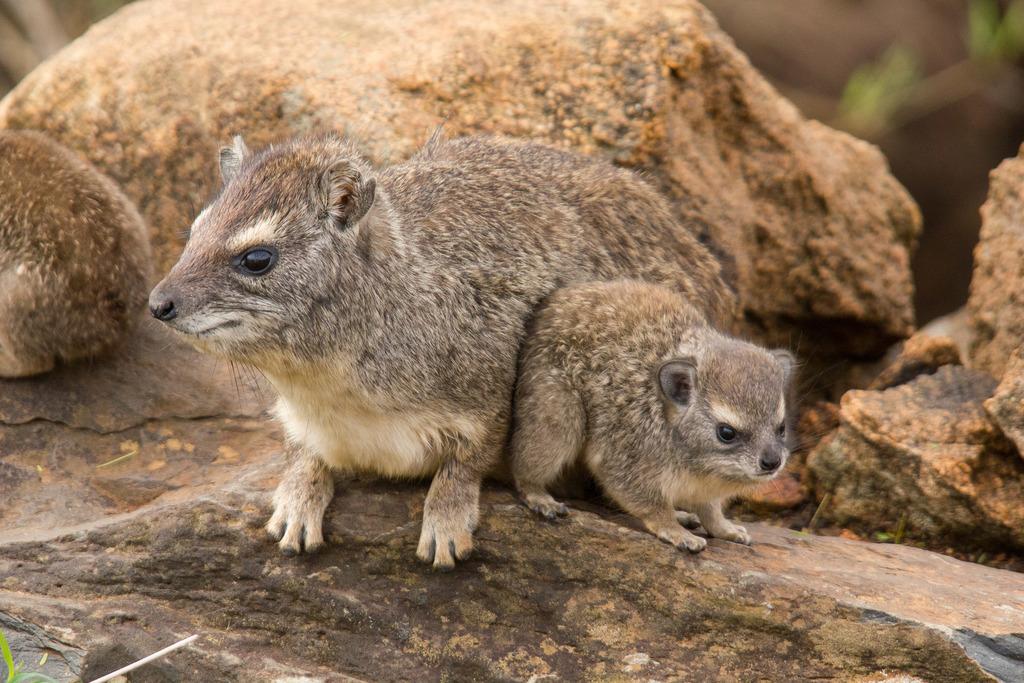
A small, stocky herbivorous mammal with a dense coat, often found in rocky terrains and cliffs.
- Region of Habitat: Sub-Saharan Africa
- Scientific Name: Heterohyrax brucei
- Feeding Habits: Herbivorous; feeds on grasses, leaves, and bark
- What Sound They Make: High-pitched squeals and whistles
Fun Facts
Despite their small size, they are closely related to elephants. Their specialized footpads allow them to grip onto rocky surfaces with ease.
12. Yellow-Footed Antechinus
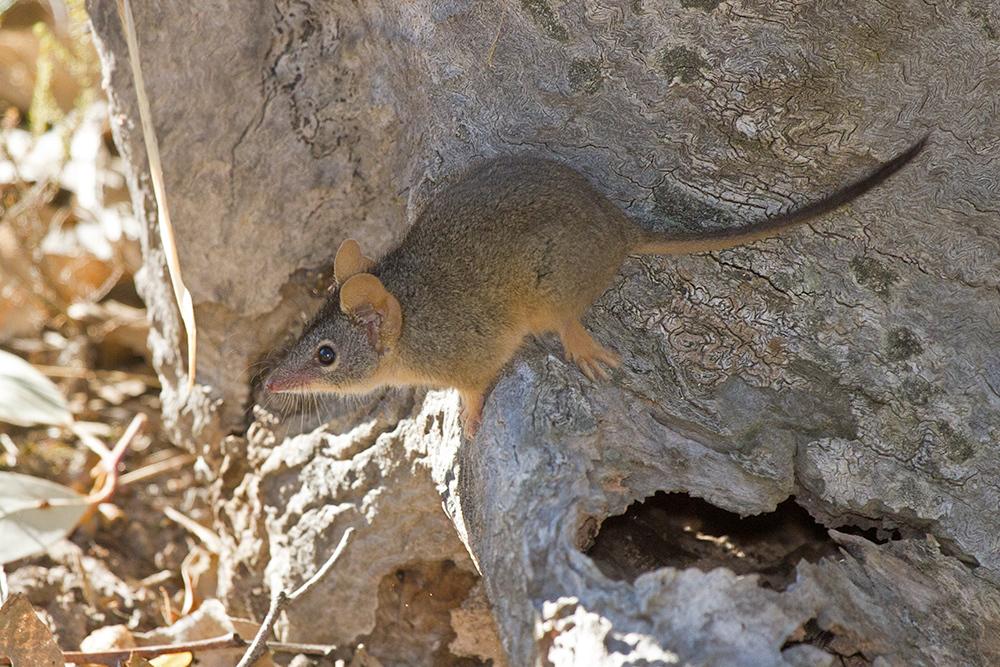
A small marsupial mammal with yellowish feet and a shrew-like appearance, known for its short and intense breeding season.
- Region of Habitat: Eastern Australia
- Scientific Name: Antechinus flavipes
- Feeding Habits: Insectivorous; feeds on spiders, beetles, and small invertebrates
- What Sound They Make: Soft chirps and squeaks
Fun Facts
Males die shortly after the breeding season due to stress-induced immune collapse. They’re one of the few mammals with such an extreme mating strategy.
13. Yakalo
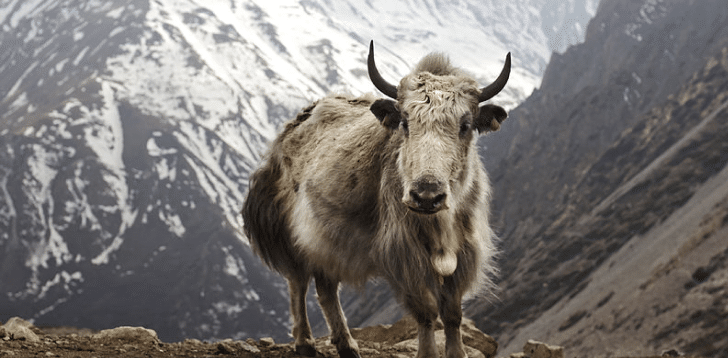
A rare hybrid of yak and American bison, created to combine the hardiness of the yak with the strength of the bison.
- Region of Habitat: North America (in controlled breeding settings)
- Scientific Name: Bos grunniens × Bison bison
- Feeding Habits: Herbivorous; feeds on grass and hay
- What Sound They Make: Grunts, snorts, and low bellows
Fun Facts
Yakalo hybrids were first developed in Canada for agricultural experiments. They’re very cold-tolerant and suited for rugged terrain.
14. Yapok (Water Opossum)
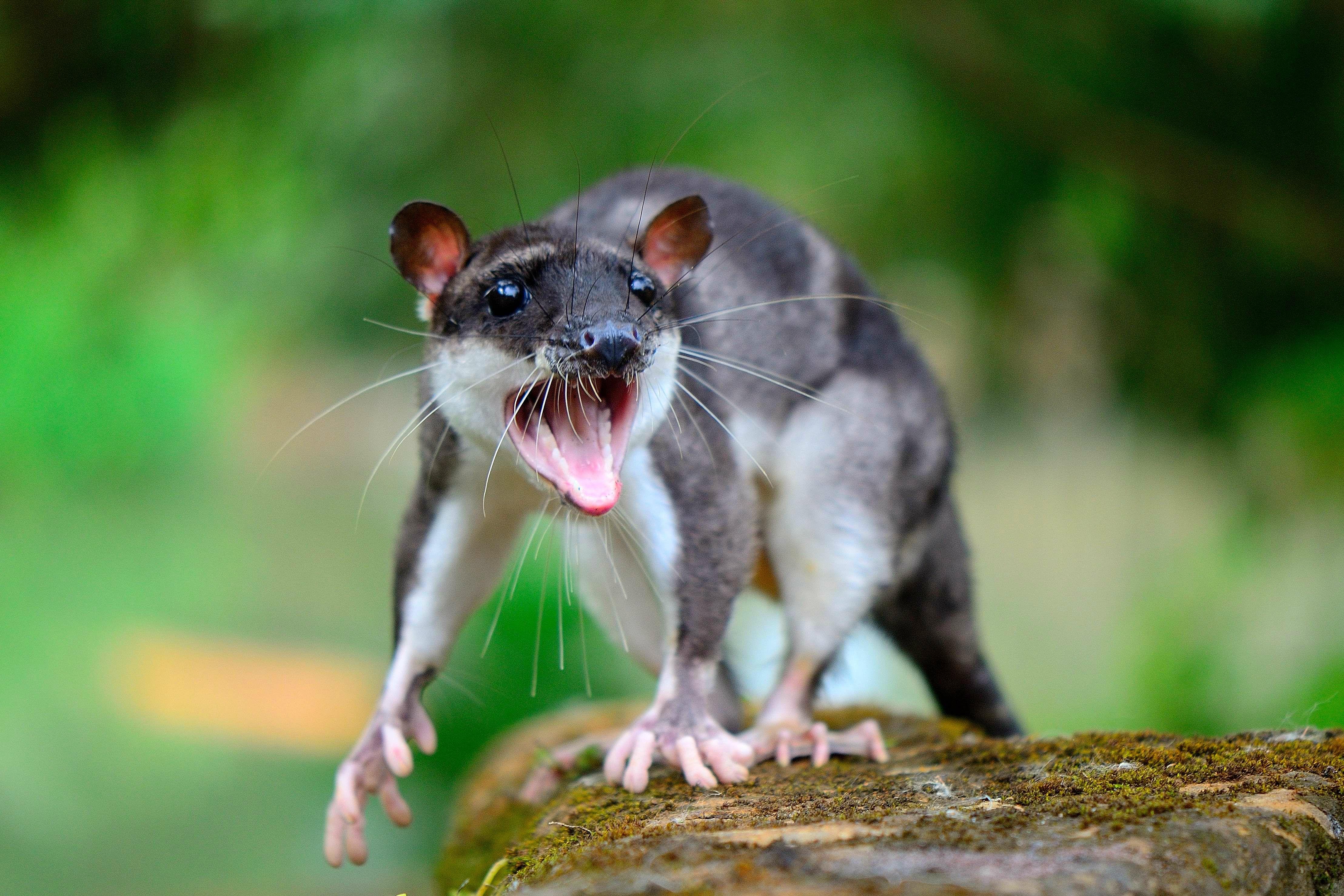
A rare aquatic marsupial known for its webbed hind feet and water-adapted lifestyle.
- Region of Habitat: Central and South America
- Scientific Name: Chironectes minimus
- Feeding Habits: Carnivorous; eats fish, crustaceans, and aquatic insects
- What Sound They Make: Hissing and clicking noises
Fun Facts
It’s the only known aquatic marsupial. Males have a pouch, too, which protects their genitalia while swimming.
15. Yucatan Squirrel
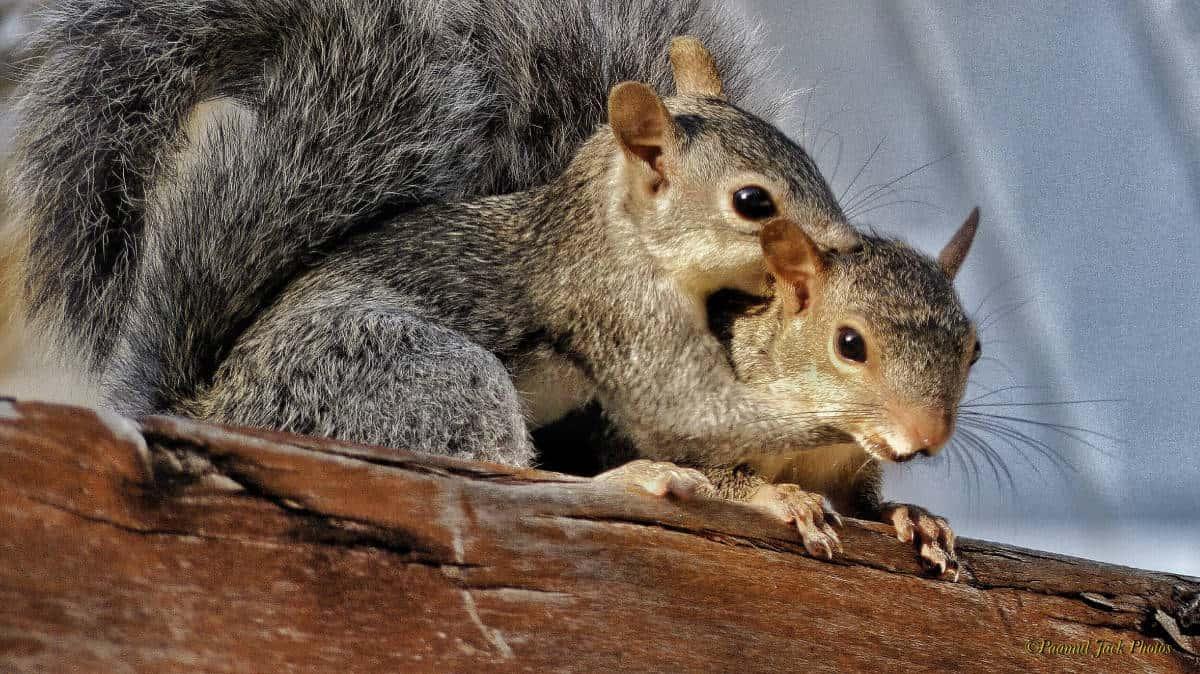
A medium-sized tree squirrel with a bushy tail and dark fur, commonly seen in forested areas of the Yucatán Peninsula.
- Region of Habitat: Yucatán Peninsula, Mexico
- Scientific Name: Sciurus yucatanensis
- Feeding Habits: Herbivorous; eats nuts, seeds, and fruit
- What Sound They Make: Chatters and squeak
Fun Facts
They are highly territorial and use tail flicking as a communication signal. They’re active mostly in the early morning and late afternoon.
16. Yunnan Hare
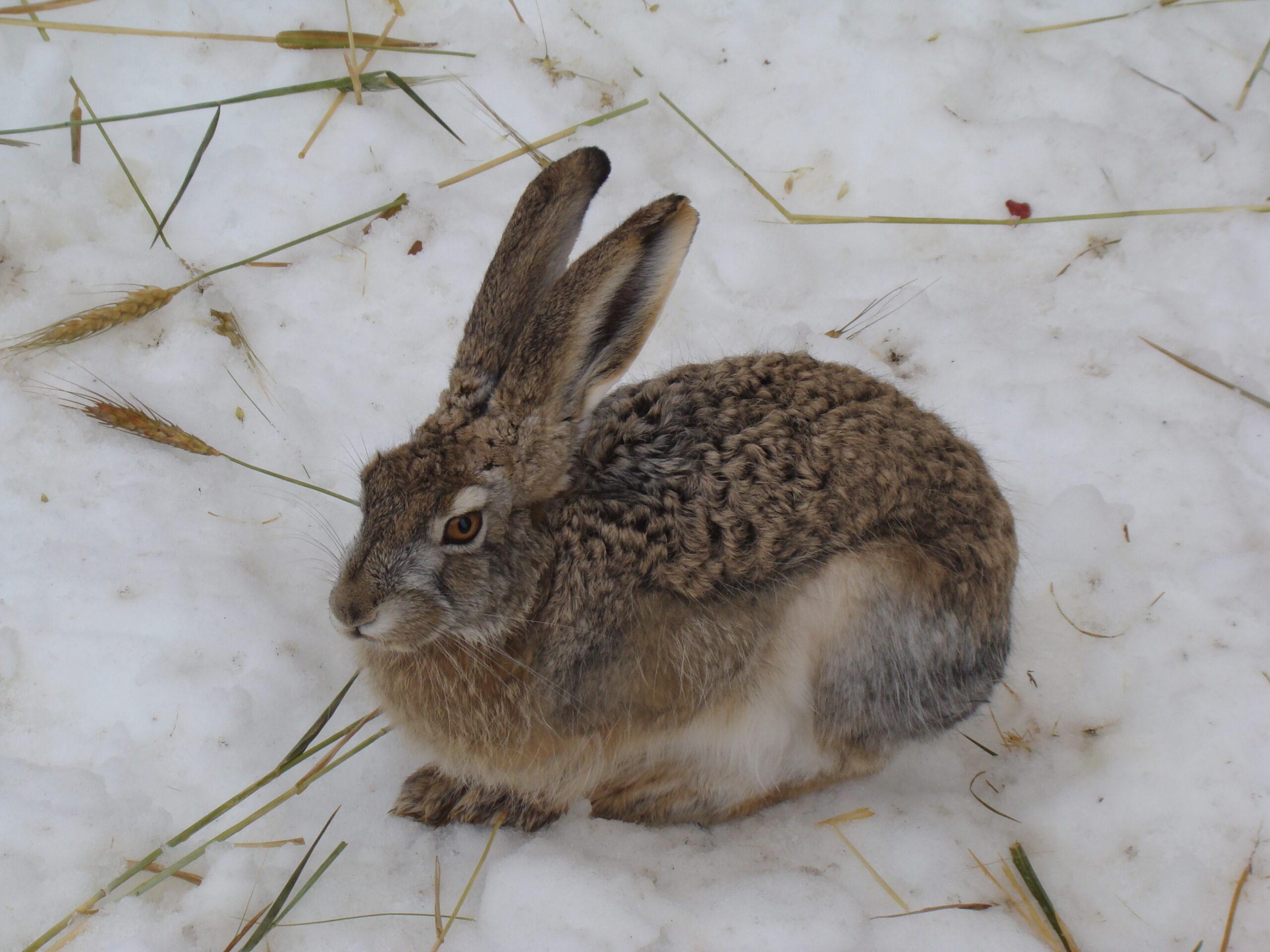
A medium-sized hare adapted to mountainous terrains and open grasslands in China. It has long ears and powerful hind legs.
- Region of Habitat: Yunnan province, China
- Scientific Name: Lepus comus
- Feeding Habits: Herbivorous; grazes on grass, herbs, and crops
- What Sound They Make: Generally silent; may thump ground or make distress squeaks
Fun Facts
Yunnan hares are adapted to high altitudes and have thick fur for insulation. They are solitary and most active during twilight hours.
17. Yarkand Hare
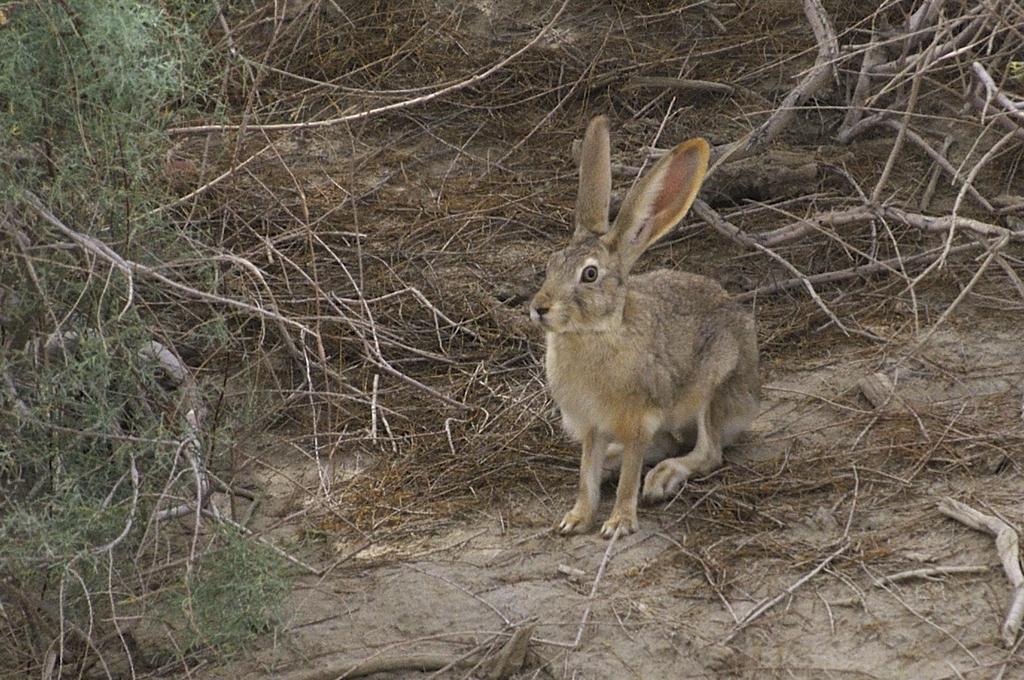
A desert-adapted hare species with sandy fur and keen hearing, well-suited to dry environments.
- Region of Habitat: Tarim Basin, China
- Scientific Name: Lepus yarkandensis
- Feeding Habits: Herbivorous; feeds on desert plants and grasses
- What Sound They Make: Quiet, may produce distress squeals
Fun Facts
The Yarkand hare is endemic to the Taklamakan Desert and is considered a relict species. It plays a key role in the desert food web.
18. Yunnan Snub-Nosed Monkey
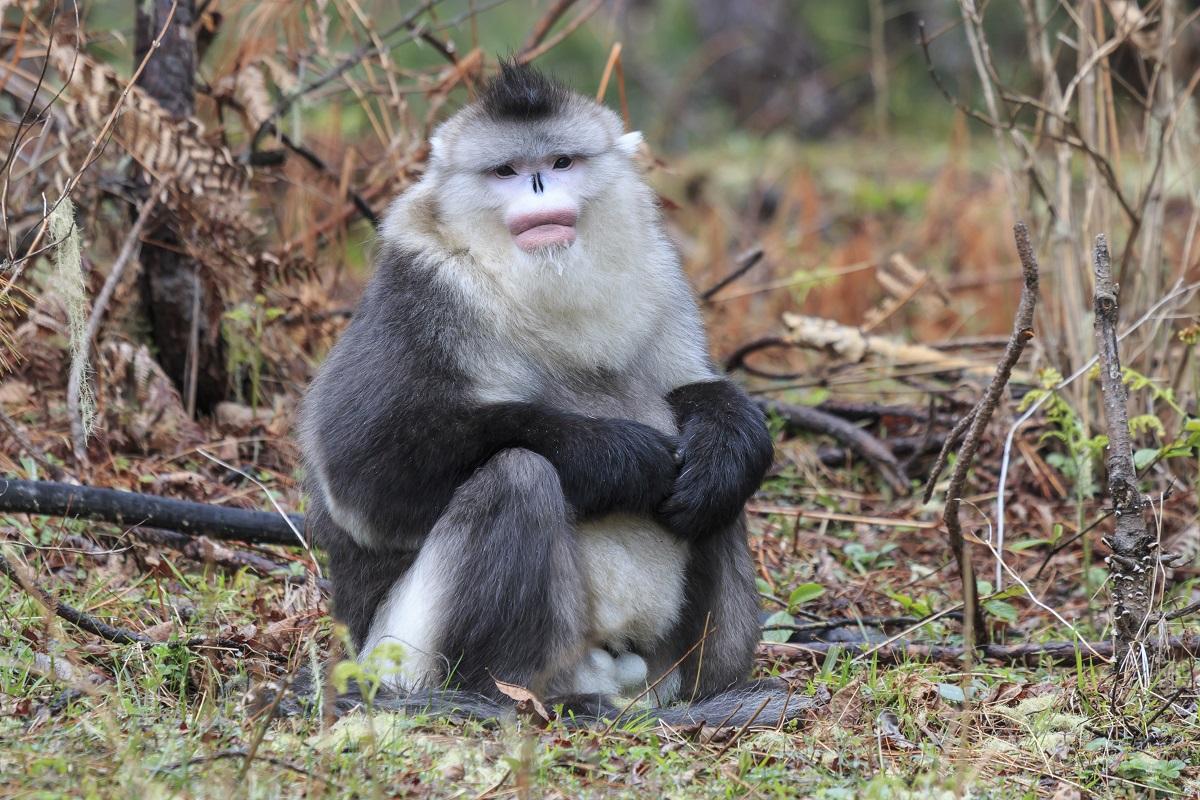
An endangered primate with a distinctive flat face and thick fur, found in high forests.
- Region of Habitat: Yunnan province, China
- Scientific Name: Rhinopithecus bieti
- Feeding Habits: Herbivorous; eats lichens, leaves, and fruit
- What Sound They Make: Chirps, whistles, and hoots
Fun Facts
These monkeys live in large social groups of up to 300 members. They are one of the few primates that can survive in snowy alpine climates.
19. Yucatan Deer Mouse
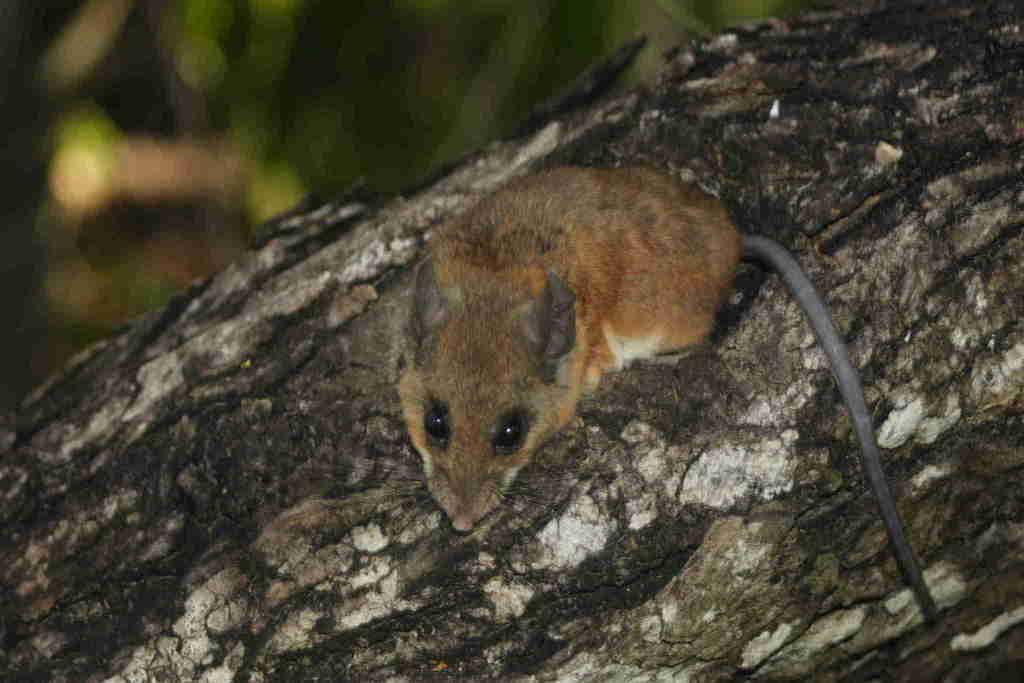
A nocturnal rodent native to tropical regions, this mouse is small, agile, and blends into forest floors.
- Region of Habitat: Yunnan province, China
- Scientific Name: Rhinopithecus bieti
- Feeding Habits: Herbivorous; eats lichens, leaves, and fruit
- What Sound They Make: Chirps, whistles, and hoots
Fun Facts
It nests in trees and under brush to avoid predators. Its population is stable and plays an important role in seed dispersal.
20. Yunnan Short-Nosed Fruit Bat
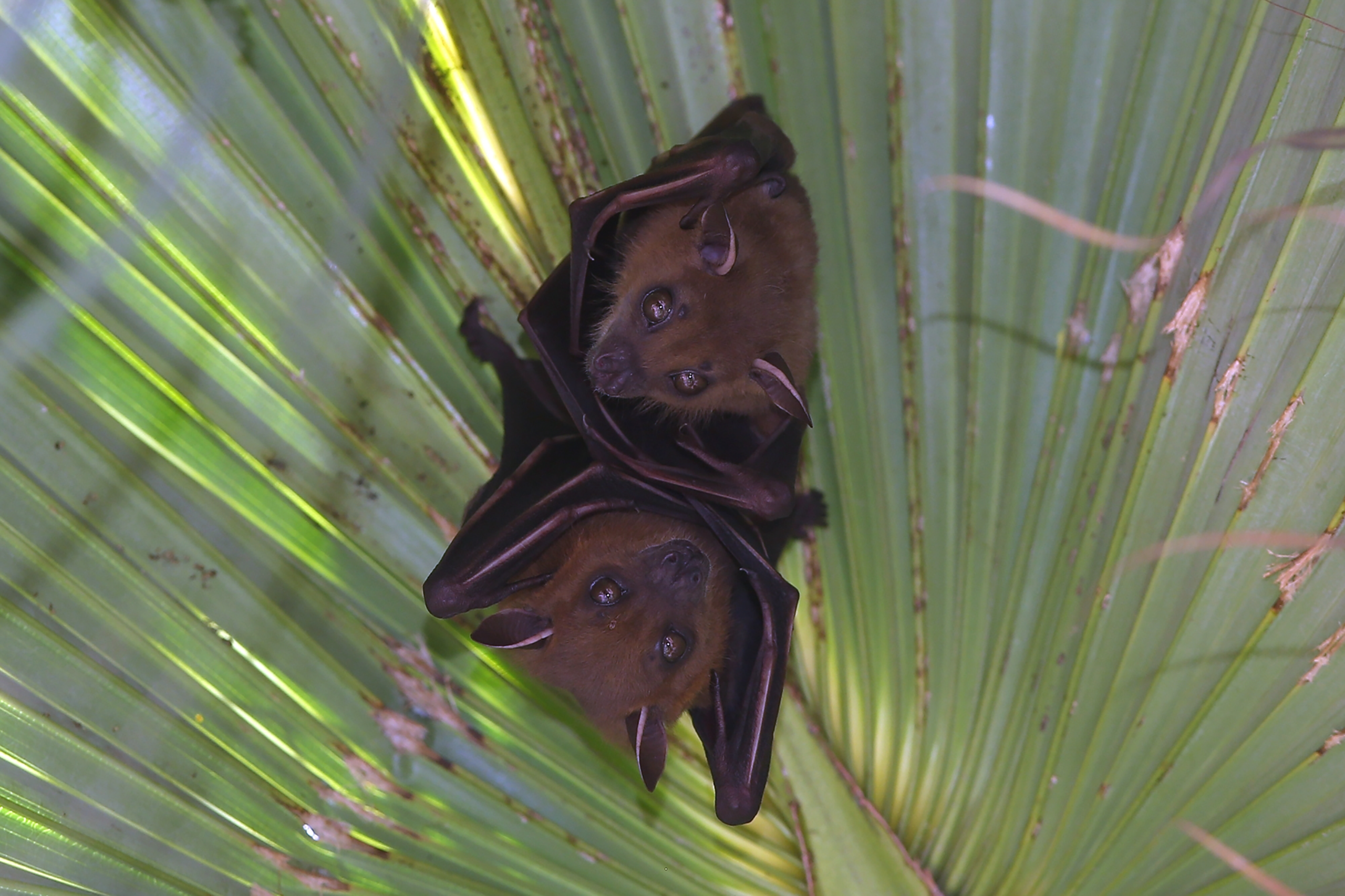
A fruit-eating bat known for its stubby nose and essential role in pollination and seed dispersal.
- Region of Habitat: Southern China, particularly Yunnan
- Scientific Name: Cynopterus sphinx
- Feeding Habits: Frugivorous; consumes fruit, nectar, and pollen
- What Sound They Make: High-frequency echolocation clicks and squeaks
Fun Facts
These bats help maintain forest ecosystems by spreading seeds. They roost in large colonies and create “tents” from palm leaves for shelter.
21. Yunnan Red-Backed Vole
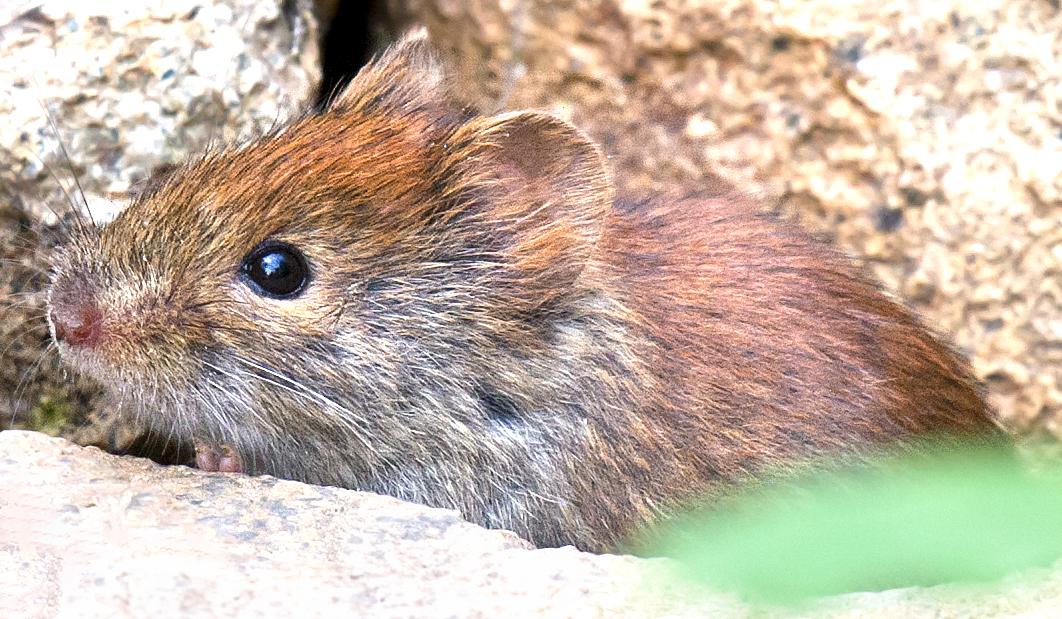
A small rodent with a reddish stripe on its back, often found in cool, moist forests.
- Region of Habitat: Yunnan province, China
- Scientific Name: Eothenomys miletus
- Feeding Habits: Herbivorous; eats roots, grasses, and berries
- What Sound They Make: High-pitched squeaks
Fun Facts
These voles are an important food source for local predators. They contribute to soil aeration by digging shallow tunnels.
22. Yunnan Serow
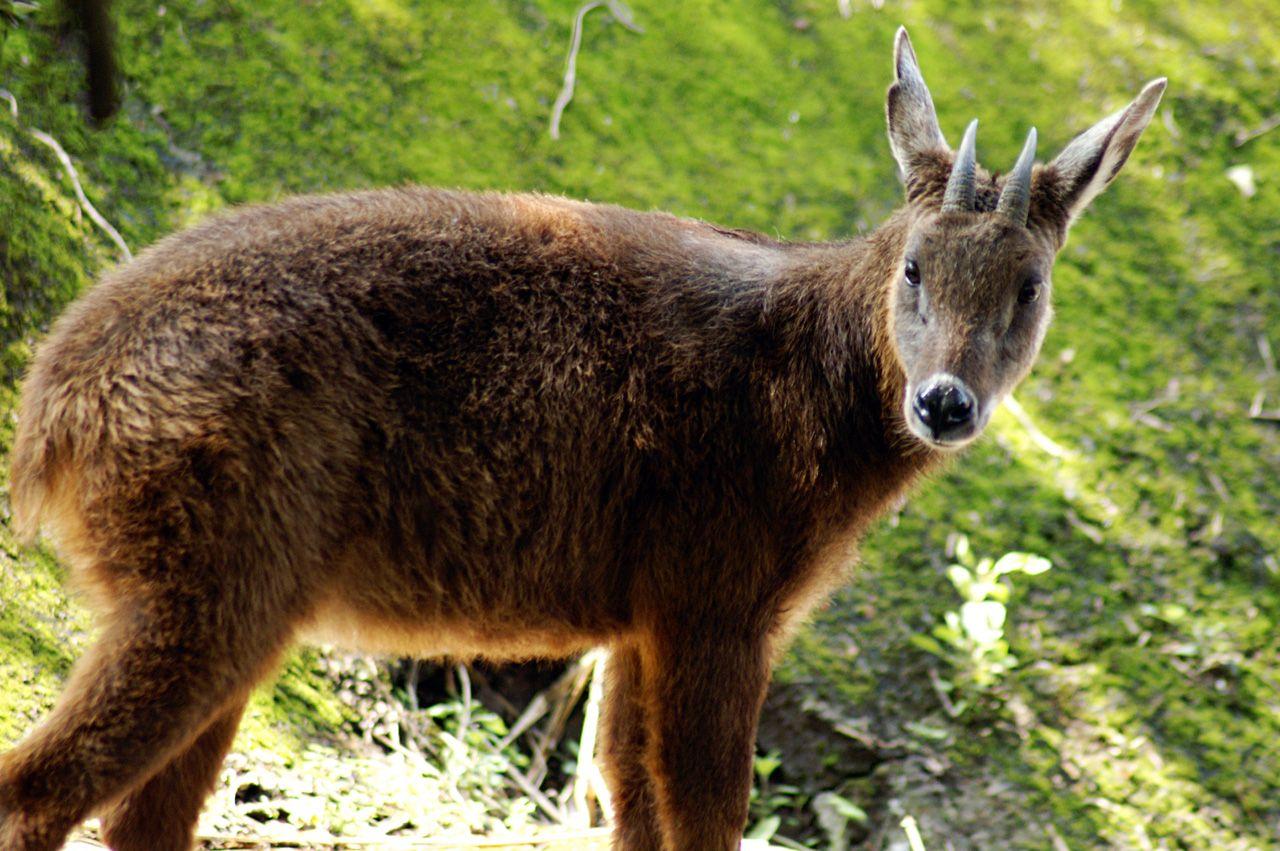
A goat-antelope hybrid species known for its agility and ability to climb steep, rocky slopes.
- Region of Habitat: Mountainous forests of Yunnan, China
- Scientific Name: Capricornis milneedwardsii
- Feeding Habits: Herbivorous; grazes on leaves, shrubs, and grasses
- What Sound They Make: Snorts and sharp bleats
Fun Facts
The Yunnan serow is elusive and usually solitary. Its thick coat helps it survive in high-altitude forests with cool temperatures.
23. Yunnan White-Browed Gibbon
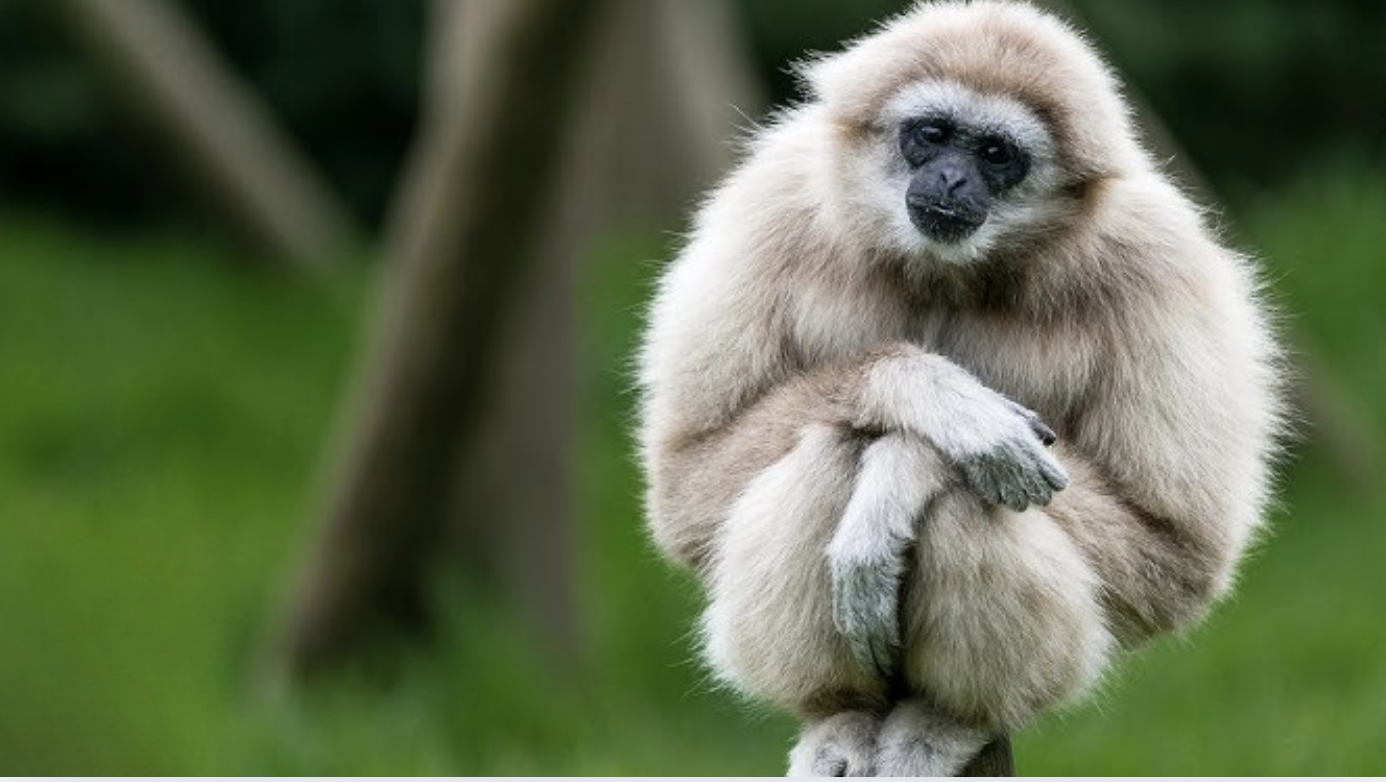
A rare gibbon species with distinctive white brows and long limbs suited for brachiation.
- Region of Habitat: Yunnan province, China
- Scientific Name: Hoolock tianxing
- Feeding Habits: Frugivorous; eats fruit, leaves, and insects
- What Sound They Make: Loud melodic calls and duets
Fun Facts
These gibbons form strong monogamous pair bonds. Their vocalizations are used to mark territory and strengthen social bonds.
24. Yunnan Bamboo Rat
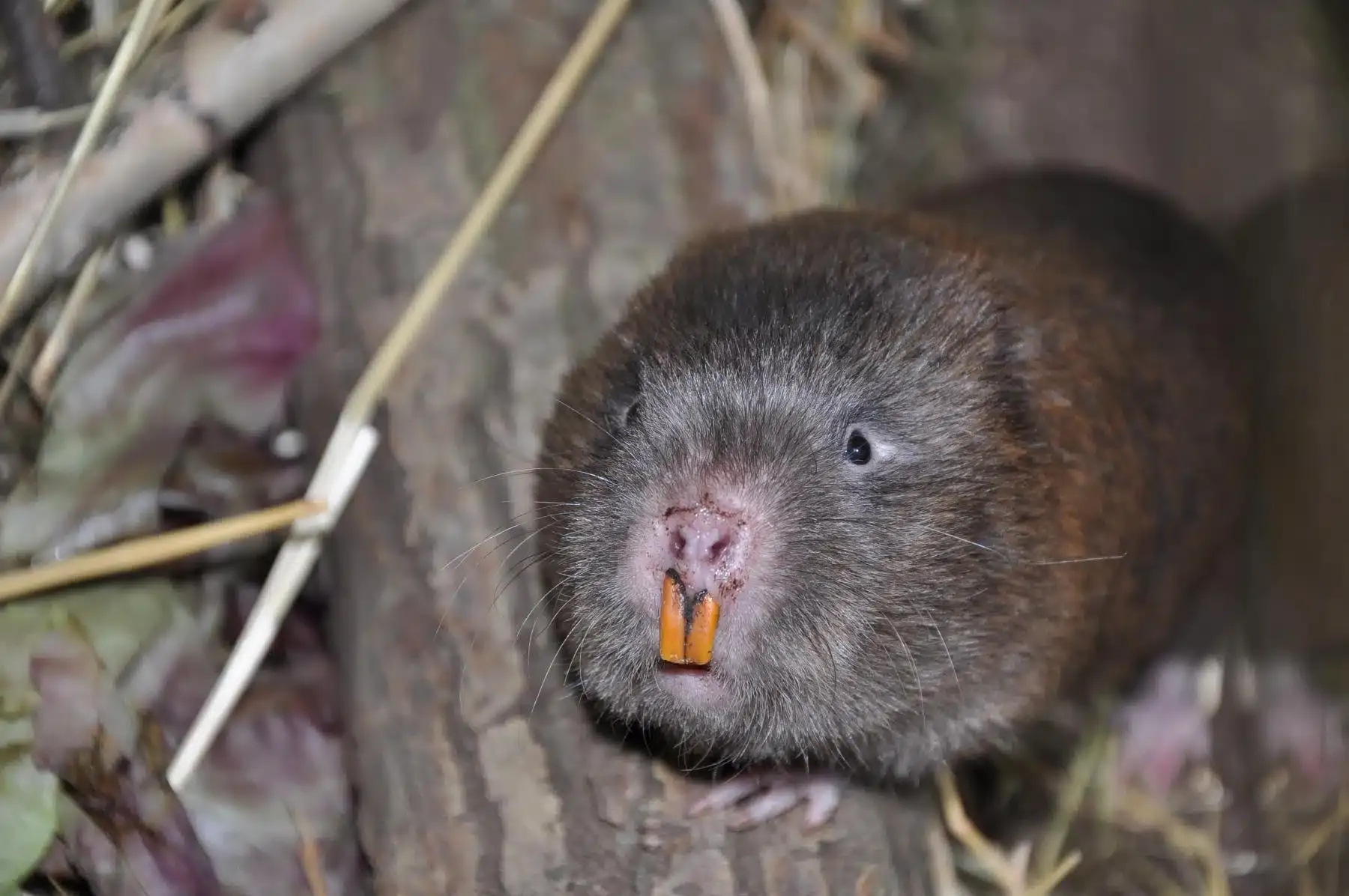
A chubby rodent that lives in underground burrows and primarily feeds on bamboo roots and shoots.
- Region of Habitat: Yunnan and nearby regions of China
- Scientific Name: Rhizomys sinensis
- Feeding Habits: Herbivorous; specializes in bamboo and tubers
- What Sound They Make: Grunts and low squeals
Fun Facts
In some areas, Yunnan bamboo rats are considered a delicacy. Due to their susceptibility to tuberculosis, they’re also used in medical research.
Final Notes
From the tiny Yellow-necked mouse to the massive Yak, mammals with names starting with “Y” are unique creatures that live all around our world. These animals have special skills that help them survive in harsh conditions.
Learning about these unique mammals shows us how amazing nature can be. Some of these animals might be in danger because of hunting or losing their homes as humans build more cities and farms.
Knowing more about these special “Y” mammals can help protect them and ensure their long-term survival.
Remember, every animal has an important job in nature, even the ones with unusual names that start with “Y”!
If you’re interested in more informative animal and wildlife content, feel free to click here and explore other blogs that you might enjoy!

